Winter had felt extra long this year, not because it was more cold or dark, but because we had a surprise for the Boss. On last years expedition a plan had been born and in the autumn put into action. We had decided to get the Boss a new vehicle. His trusted old van was about to fall apart and he would soon enough be in need of a new ride. We began collecting funds by holding raffles, getting sponsorships, auctions and we held a competition where the winner would get a trip to come with us on the expedition. With Steve Newman in charge of the operation a car was sourced and bought late in the winter. As we got close to the expedition the car was moved to Latvia and all papers arranged and the car was hid, waiting for the handover.
Parallel to this my own car was dying on me, the choice stood between costly repairs or a new car which probably would be cheaper. After some searching the choice fell on a VW Transporter T4 which was in good technical condition. For a long time I had wanted a bigger car and had a dream about making it into a minicamper. Me and Girlfriend spent a few weeks in spring building the interior of it and ca a week before the expedition it was ready. (More about the minicamper project here: expedition-van-vw-t4.html )
Girlfriend had gotten a job she had to prepare for so unfortunately she couldn`t join the roadtrip to Latvia as planned and I had to go alone. She made me a big lunchpack though and sent it with me an early Sunday morning. By nighttime I had driven from the Polar Circle in Norway to a small town outside Helsinki in Finland where I found a nice place to park. After many hours behind the wheel it wasn`t hard falling asleep on the comfortable bed. I woke up early and drove to the harbour where I ferried over to Estonia and sped across half the Baltic to the farm outside Riga. Later in the afternoon I walked towards the hotel to check -in when I saw a bunch of Diggers waving at me from a bar. The next days was spent in good company, enjoying the city, visiting museums and markets and having good food and beer.
Parallel to this my own car was dying on me, the choice stood between costly repairs or a new car which probably would be cheaper. After some searching the choice fell on a VW Transporter T4 which was in good technical condition. For a long time I had wanted a bigger car and had a dream about making it into a minicamper. Me and Girlfriend spent a few weeks in spring building the interior of it and ca a week before the expedition it was ready. (More about the minicamper project here: expedition-van-vw-t4.html )
Girlfriend had gotten a job she had to prepare for so unfortunately she couldn`t join the roadtrip to Latvia as planned and I had to go alone. She made me a big lunchpack though and sent it with me an early Sunday morning. By nighttime I had driven from the Polar Circle in Norway to a small town outside Helsinki in Finland where I found a nice place to park. After many hours behind the wheel it wasn`t hard falling asleep on the comfortable bed. I woke up early and drove to the harbour where I ferried over to Estonia and sped across half the Baltic to the farm outside Riga. Later in the afternoon I walked towards the hotel to check -in when I saw a bunch of Diggers waving at me from a bar. The next days was spent in good company, enjoying the city, visiting museums and markets and having good food and beer.
Riga is a interesting city and it has lots of great architecture.
It was many nice cars driving around in Riga.
Paper models of synagogues in a new exhibition in the Ghetto Museum.
Wednesday morning the reception in the hotel was busy with camo clad guys getting ready to go digging. A few of the guys looked a bit jaded from last nights escapades, but I was fresh, I had been wise and kept the beer drinking to a minimum this year, but Im a proud winner of a few Worst Hangovers from earlier years.
Around the corner from the hotel we saw some vans waiting for us. It was great to meet the Latvian team again and after a short drive out of the city we stopped by a gasstation and met up with the rest of the Latvians. From here the road took us into the forest to Machine Gun hill where fierce winter battles took place in December 1916. Positions on the high rise changed hands and when German troops retook it they cleared away the fallen largely by placing them in craters and old trenchlines.
We parked near a German cemetery from the battles and spread out into the forest towards the fighting positions. We began searching craters by probing the ground, which consists of fine sand here, and soon the probing indicated that there would be bones underground. We dug down ca 1 and half meter before we saw the first bones through the sand. We widened the crater a bit and started to carefully remove the sand and uncovering the remains.
In the end we uncovered 7 Imperial Russian soldiers. On the bones we could see damages, broken bones,missing limbs, embedded shrapnel and it all told a story of battle. Some of the soldiers had vallets, gasmask, ammo, icons, coins and buttons which were collected and bagged together with the soldier it was found along. Unfortunately no ID was found on them. Somewhere else in the forest some of the team had found a fallen German soldier and recovered him.
Around the corner from the hotel we saw some vans waiting for us. It was great to meet the Latvian team again and after a short drive out of the city we stopped by a gasstation and met up with the rest of the Latvians. From here the road took us into the forest to Machine Gun hill where fierce winter battles took place in December 1916. Positions on the high rise changed hands and when German troops retook it they cleared away the fallen largely by placing them in craters and old trenchlines.
We parked near a German cemetery from the battles and spread out into the forest towards the fighting positions. We began searching craters by probing the ground, which consists of fine sand here, and soon the probing indicated that there would be bones underground. We dug down ca 1 and half meter before we saw the first bones through the sand. We widened the crater a bit and started to carefully remove the sand and uncovering the remains.
In the end we uncovered 7 Imperial Russian soldiers. On the bones we could see damages, broken bones,missing limbs, embedded shrapnel and it all told a story of battle. Some of the soldiers had vallets, gasmask, ammo, icons, coins and buttons which were collected and bagged together with the soldier it was found along. Unfortunately no ID was found on them. Somewhere else in the forest some of the team had found a fallen German soldier and recovered him.
The German WW1 gravesite.
The Boss.
Vlad and Hans.
The competition winner, Jason from Kentucky. Great guy who we hope to see again.
Some of the soldiers had items on them, here some rifle ammo.
Leather boot.
Early gasmask found on one of the soldiers.
Paper from a book and part of a pencil.
Exhumation takes time and care.
After having made sure we hadn`t missed any bones or items the crater was filled back and a new search began. I took a little break and joined a few guys and made a trip to a small Christmas Battle museum that lay a few minutes drive away. Here the owners had recreated part of the trenchline with nice positions and bunkers, and its a small exhibition in a building. A really nice little museum and it is used for reenactments and filming, well worth a visit.
When we got back the whole team relocated a few kilometers along the positions and spread out into the forest again. Here two more Imperial Russian soldiers were found and exhumed from a trench.
It had been a long day and we drove to Radi in Kurland towards the evening. Here we found our rooms and had a great dinner together. A few beers were consumed in the evening and many a laugh shared, and I think everyone fell asleep as soon as their heads fell on the pillows.
When we got back the whole team relocated a few kilometers along the positions and spread out into the forest again. Here two more Imperial Russian soldiers were found and exhumed from a trench.
It had been a long day and we drove to Radi in Kurland towards the evening. Here we found our rooms and had a great dinner together. A few beers were consumed in the evening and many a laugh shared, and I think everyone fell asleep as soon as their heads fell on the pillows.
Inside the museum building is a large diorama of frontline section, really spectacular work.
A large shell dug out.
Religious icon.
Part from a picklehaube helmet.
The guys found a looot of rifle ammo.
"He is The Man" :)
Soon after breakfast next morning we crossed Latvia from Kurland to the South Eastern part near the Lithuanian border. Today we were going to try find a German WW2 field cemetery. In the summer of 1944 the German army were on retreat from Lithuania and on a farm across the border the Germans had set up a small field hospital to care for the wounded. Reports had it that at least 14 soldiers had been buried here after being killed in combat during the retreat. We began probing the area pointed out to us and opened up test holes where the probing indicated there might be something. The ground here was hard and heavy clay so it was a harder job than the day before but it didn`t take long before bones had been found.
The spot in the forest became busy. Branches and small trees were cut down and several holes opened, and soil heaps moved out of the way. In grave after grave the diggers had come down to the layers with the remains and the place became a bit quieter as the work took on another intensity. In two of the graves soldiers had been buried in coffins , and on most of the uncovered remains battle damages could again be seen. ID tag after ID tag was brought to the Boss who cleaned them, photoed them and wrote down the info on them and made notes on which soldier they had been found. It was a mixed unit with soldiers from Kriegsmarine, Grossdeutschland Division, a Luftwaffe guy and different Heer units. Two of the soldiers had Demjansk shields , and one of the soldiers didn`t have a ID tag, but hopefully his name is in the records. All of these soldiers had been registered as Missing in Action since the war.
The new guys digging with us had done a great job and the two film crews following us this expedition had been busy getting good shots and making interviews.
Back in Kurland another team of diggers had found a Red Army massgrave and at least 30 had been recovered when evening came. At Kristines resort Radi we ate until we were full and spent the rest of the evening having fun.
The spot in the forest became busy. Branches and small trees were cut down and several holes opened, and soil heaps moved out of the way. In grave after grave the diggers had come down to the layers with the remains and the place became a bit quieter as the work took on another intensity. In two of the graves soldiers had been buried in coffins , and on most of the uncovered remains battle damages could again be seen. ID tag after ID tag was brought to the Boss who cleaned them, photoed them and wrote down the info on them and made notes on which soldier they had been found. It was a mixed unit with soldiers from Kriegsmarine, Grossdeutschland Division, a Luftwaffe guy and different Heer units. Two of the soldiers had Demjansk shields , and one of the soldiers didn`t have a ID tag, but hopefully his name is in the records. All of these soldiers had been registered as Missing in Action since the war.
The new guys digging with us had done a great job and the two film crews following us this expedition had been busy getting good shots and making interviews.
Back in Kurland another team of diggers had found a Red Army massgrave and at least 30 had been recovered when evening came. At Kristines resort Radi we ate until we were full and spent the rest of the evening having fun.
The steel probe, one of the most efficient tools.
Roberts really enjoy being on expedition.
Kim working on one of the graves which had a coffin.
After emptying the coffin.
One of the Demjansk shields.
On the cutlery names are often engraved.
Ryan and Wayne from UK together with the Boss,Victoria and Roberts.
Arno from Holland.
The Kriegsmarine ID tag.
Button with regimental number.
Sticks are marking each grave.
One of the favorite spots at Radi.
Friday morning we were up early. It was time for the big surprise. The handover of the Legenda van. After breakfast we told Talis that we had a surprise and we blindfolded him and sat him down on a chair. Toms stealthily drove the van on to the lawn in front of the resort and the blindfold was removed. The Boss was very happy to be the new owner of this exellent car, and we were all happy for him and that we had been so successful with our plan, and we want to thank all you who donated, the participants in our competition and specially to Steve who really walked the extra mile to make this happen. The van is a 2012 Mercedes Sprinter 4x4 and in very good condition, so it will be a valuable tool in bringing home many missing soldiers.
The guys having their morning coffee.
The presentation.
On Garys initiative the Legenda team gave Steve a little surprise for all his work.
I bet he wondered what we had in store for him.
The engine was sterile, looked like it was straight from the factory.
Everybody signed one of the side wall plates.
In December 1944 a German Fockewulf fighter plane shot down a Red Army PE-2 Bomber. The pilot bailed out and evaded capture for two days before he was caught and placed in captivity. His plane and crew members went down and smashed into the ground.
We headed out into a forest to a waterfilled crater where this exact bomber had crashed. We hoped to find something that could ID the plane and ofcourse the missing crew. Metal parts poked out from the crater and as the pump removed water more of it became visible. A digger was brought up and began removing the waterfilled soil and take out heavier plane parts.
I turned on my Fisher F5 detector and made a sweep across the forest floor. It gave off a great signal and I decided to dig my first piece of aircraft metal of the day. Under the moss was no aircraft parts though, but I found a whole bunch of S-Mine detonators. Not long after a S-Mine was found in the crater, and Viktors had found a whole minefield a bit into the forest. All the other signals I dug the rest of the day was from the plane though. Twisted parts in all sizes hundred of meters in any direction from the crater, so the bomber must have hit the ground with great force.
After a while a huge pile of parts had been pulled from the crashsite and parts were scrubbed and cleaned in search of a serial number. Suddenly a twisted pistol came out from the mud, and not long after human bones, parts of parachute and uniform, but in small bits. The hole became deeper and a heavy smell of fuel hung over the pit. Late in the afternoon a part was found and it had a hand stencilled number that matched with the plane. The work was done and the missing crew will finally get a named grave on a Russian War Cemetery.
The other digger team was still working on uncovering the Red Army massgrave and almost 40 soldiers had been recovered from there so far.
In the evening we had dinner and celebrated Duksies 50th birthday with cake and drinks and it was once again time for some laughs, sauna, fishing and a few beers.
We headed out into a forest to a waterfilled crater where this exact bomber had crashed. We hoped to find something that could ID the plane and ofcourse the missing crew. Metal parts poked out from the crater and as the pump removed water more of it became visible. A digger was brought up and began removing the waterfilled soil and take out heavier plane parts.
I turned on my Fisher F5 detector and made a sweep across the forest floor. It gave off a great signal and I decided to dig my first piece of aircraft metal of the day. Under the moss was no aircraft parts though, but I found a whole bunch of S-Mine detonators. Not long after a S-Mine was found in the crater, and Viktors had found a whole minefield a bit into the forest. All the other signals I dug the rest of the day was from the plane though. Twisted parts in all sizes hundred of meters in any direction from the crater, so the bomber must have hit the ground with great force.
After a while a huge pile of parts had been pulled from the crashsite and parts were scrubbed and cleaned in search of a serial number. Suddenly a twisted pistol came out from the mud, and not long after human bones, parts of parachute and uniform, but in small bits. The hole became deeper and a heavy smell of fuel hung over the pit. Late in the afternoon a part was found and it had a hand stencilled number that matched with the plane. The work was done and the missing crew will finally get a named grave on a Russian War Cemetery.
The other digger team was still working on uncovering the Red Army massgrave and almost 40 soldiers had been recovered from there so far.
In the evening we had dinner and celebrated Duksies 50th birthday with cake and drinks and it was once again time for some laughs, sauna, fishing and a few beers.
Diggers TV.
The water had to be drained away.
S-Mine fuzes.
A piece of the aircraft skin.
Cockpit plexi.
Ammo from the machineguns.
Jens , Peter and Jason inspecting some heavy parts.
We found no engine or weapons. They might have sunk deep down .
Mindaugas and Alberts.
Anton searching for a part with serial number.
If George ever get lost in the forest, just send someone in with a camera. He ll find it.
One of the parts with serial number.
Remains of the Red Army soldiers from the massgrave exhumation.
Dan and Steve enjoying life.
Fresh and rested diggers gathered to breakfast and coffee early Saturday morning. The first mission today was a stop at the Red Army War Cemetery in Priekule. Here we held a ceremony and a handover of the remains of a Red Army soldier to representants from the Russian Federation. The soldier had been found in Kurland and via DNA testing his family in Siberia can have him brought home.
We drove to the site of the Red Army massgrave where the dig continued, but since the space was limited part of the team took off to the frontlines to search. We searched a plowed field and it was full of shrapnel and Red Army mortar tail fins. A few 8cm shell casings was dug out and some tractor track links.
The sun was boiling so after a while we strolled back to the road and found some shade under some trees and enjoyed a lunch.
After trying the luck out on the fields one more time we went to a green spot near the road. Here was a old water tower and it was awesome to cool down under the dripping cold water. In the late afternoon Steve had found several 7.5 cm casings fired by a PzIV or a StuG. Nearby some Nebelwerfer rocket parts were dug out.
On the massgrave site another 20 soldiers had been recovered.
We drove to the site of the Red Army massgrave where the dig continued, but since the space was limited part of the team took off to the frontlines to search. We searched a plowed field and it was full of shrapnel and Red Army mortar tail fins. A few 8cm shell casings was dug out and some tractor track links.
The sun was boiling so after a while we strolled back to the road and found some shade under some trees and enjoyed a lunch.
After trying the luck out on the fields one more time we went to a green spot near the road. Here was a old water tower and it was awesome to cool down under the dripping cold water. In the late afternoon Steve had found several 7.5 cm casings fired by a PzIV or a StuG. Nearby some Nebelwerfer rocket parts were dug out.
On the massgrave site another 20 soldiers had been recovered.
The Red Army War Cemetery in Priekule.
Handover of the soldiers remains.
The Red Army massgrave.
Mortar tail fins.
Andris.
Shrapnel from a large grenade.
F1 Lemonka.
Mindaugas and a nebelwerfer part.
Chilling in the shade.
Jez.
Dalton.
The watertower.
Anders cooling off with icecream:)
Usually the Sunday morning of the expedition is the time for Goodbyes, but not this time, but Kristine we had to say goodbye to as we would leave for Riga and some were driving home later. We had a full day ahead of us and before 10 we put our things in the vans. Although we had our digger clothes we tried to clean up a bit and shine our shoes, because we were going to church. I was one of the lucky ones that got to ride in the new van, and wow, what a car! We were heading to the Lestene Church and the War Cemetery there. Steve Newman made a write up about this and I thought it was so well explained that I ll share his words here:
" The first stop today was Lestene, this on the eastern side of the Kurland pocket where German troops completely surrounded hung on from autumn 1944 until the end of the war. This sector was largely held by Latvian troops fighting for Germany, many were in one of the waffen SS Latvian volunteer units. Of course the words ‘SS units’ will cause a few shivers and rightly so but Latvian history need to be understood more to understand their reasons for fighting.Firstly in 1940 after the Soviets had taken Latvia on their way to dividing Poland in unison with the Germans ‘the year of blood’ started. Latvians were removed from any position of importance and sent to Siberia or executed, others fled west towards Germany, whole families were deported. Latvian independence that had been gard fought for and only in existence less than 20 years was crushed. Thus when the Germans arrived in 1941 they were seen by many as liberators from communism. However they then set about any communists in high positions and any other person or people such as Jews who were executed or sent to the Riga ghetto or death camps. For Latvians they had new masters but no independence still but their blood flowed still.
As the war went against Germany they recruited volunteer units from around Europe to fight communism. Latvia provided a number of battalions with the promise of independence once communism was defeated. Ordinary guys had the choice of labour camp or join the ‘legion’ as it was known. This meant brother could and indeed would be fighting each other as Soviet forces also had Latvian divisions and who were also promised independence once the fascists were beaten. It was not a good time to be born a young Latvian male.
At Lestene stood a church where the Latvian legion stood their ground... they held on to it until March 1945, it became a symbol of resistance. Following the end of the war the ruins were used to store grain and then in 1992 when independence was finally granted it was chosen as the place for the national war cemetery. The church was restored inside but the outside left showing the scars it had suffered.
Last year on separate occasions legionnaires were found, 5 in total. All were identified and today was their reinterring service. First flowers were attached to the caskets and individual crosses made out for them. Then diggers who had been part of the team carried them to the freshly dug graves. Each was placed in and his name read. Then a few words were spoken and hand fulls of mud thrown over them as us traditional here. They were then covered over by diggers, pine leaves placed over them and oak wreaths hung on their crosses. Once the ground has settled permanent markers will be added.
The memorial did have 1312 burials, now 1317, a further 18,000 missing are recorded but the number is believed to be double this but records are lost. The cemetery is well maintained and visited frequently. The photos speak better perhaps and I hope show what we do and why as being with their comrades in such a place must surely be more dignified than left forgotten in a swamp... " Steve Newman
" The first stop today was Lestene, this on the eastern side of the Kurland pocket where German troops completely surrounded hung on from autumn 1944 until the end of the war. This sector was largely held by Latvian troops fighting for Germany, many were in one of the waffen SS Latvian volunteer units. Of course the words ‘SS units’ will cause a few shivers and rightly so but Latvian history need to be understood more to understand their reasons for fighting.Firstly in 1940 after the Soviets had taken Latvia on their way to dividing Poland in unison with the Germans ‘the year of blood’ started. Latvians were removed from any position of importance and sent to Siberia or executed, others fled west towards Germany, whole families were deported. Latvian independence that had been gard fought for and only in existence less than 20 years was crushed. Thus when the Germans arrived in 1941 they were seen by many as liberators from communism. However they then set about any communists in high positions and any other person or people such as Jews who were executed or sent to the Riga ghetto or death camps. For Latvians they had new masters but no independence still but their blood flowed still.
As the war went against Germany they recruited volunteer units from around Europe to fight communism. Latvia provided a number of battalions with the promise of independence once communism was defeated. Ordinary guys had the choice of labour camp or join the ‘legion’ as it was known. This meant brother could and indeed would be fighting each other as Soviet forces also had Latvian divisions and who were also promised independence once the fascists were beaten. It was not a good time to be born a young Latvian male.
At Lestene stood a church where the Latvian legion stood their ground... they held on to it until March 1945, it became a symbol of resistance. Following the end of the war the ruins were used to store grain and then in 1992 when independence was finally granted it was chosen as the place for the national war cemetery. The church was restored inside but the outside left showing the scars it had suffered.
Last year on separate occasions legionnaires were found, 5 in total. All were identified and today was their reinterring service. First flowers were attached to the caskets and individual crosses made out for them. Then diggers who had been part of the team carried them to the freshly dug graves. Each was placed in and his name read. Then a few words were spoken and hand fulls of mud thrown over them as us traditional here. They were then covered over by diggers, pine leaves placed over them and oak wreaths hung on their crosses. Once the ground has settled permanent markers will be added.
The memorial did have 1312 burials, now 1317, a further 18,000 missing are recorded but the number is believed to be double this but records are lost. The cemetery is well maintained and visited frequently. The photos speak better perhaps and I hope show what we do and why as being with their comrades in such a place must surely be more dignified than left forgotten in a swamp... " Steve Newman
Taking down the flags.
A 2 cent shoeshining.
Driving to church.
Impacts still visible on the church wall.
Steve.
After the service we had lunch.
After the funeral and a short lunch we drove to an apple garden a few kilometres away where German and Latvian troops had fought in trenches. Next to the garden was a Red Army cemetery that could need some cleaning and fixing up.
Earlier this year a German soldier had been found in a trench in the orchard and it was a moment frozen in time. He had been found in full gear with both a rifle and a Panzerfaust in his hands. From damages to him and the equipment it was obvious he had been killed by a blast from behind. He had his ID tag and will get a named grave. Now we were going to see if more soldiers could be laying in the trenches waiting to be found. As the metal detectors was turned on finds started coming out of the ground. Coins, buttons, a half ID tag, a STG 44 magazine and a Panzerfaust tube. The digger had begun opening a trenchline and from there a Mg ammo box with some belts of ammo saw daylight once again, some live ordnance, and then a helmet was dug out in the end of the opened trench. There could be a fallen soldier nearby and just minutes later bones was discovered. It wasn`t much metal with the soldier but Regina and Vilma who was exhuming him used the pinpointers and located all metal there was, like buttons and his wristwatch. By his hip they found his ID tag, so he might have had it in his pocket rather than around his neck. The tag was read and it was a bit amazing, it ID the soldier as Latvian SS, and the tag was complete so he is no longer a MIA and will be buried next to the soldiers we had buried hours before.
People had flights a bit later so the trenchline was filled back when the soldier remains had been exhumed and we said goodbye to most of the latvian team and drove into Riga.
On the massgrave site in Kurland the work continued as it is believed to be 80 or more soldiers there.
Earlier this year a German soldier had been found in a trench in the orchard and it was a moment frozen in time. He had been found in full gear with both a rifle and a Panzerfaust in his hands. From damages to him and the equipment it was obvious he had been killed by a blast from behind. He had his ID tag and will get a named grave. Now we were going to see if more soldiers could be laying in the trenches waiting to be found. As the metal detectors was turned on finds started coming out of the ground. Coins, buttons, a half ID tag, a STG 44 magazine and a Panzerfaust tube. The digger had begun opening a trenchline and from there a Mg ammo box with some belts of ammo saw daylight once again, some live ordnance, and then a helmet was dug out in the end of the opened trench. There could be a fallen soldier nearby and just minutes later bones was discovered. It wasn`t much metal with the soldier but Regina and Vilma who was exhuming him used the pinpointers and located all metal there was, like buttons and his wristwatch. By his hip they found his ID tag, so he might have had it in his pocket rather than around his neck. The tag was read and it was a bit amazing, it ID the soldier as Latvian SS, and the tag was complete so he is no longer a MIA and will be buried next to the soldiers we had buried hours before.
People had flights a bit later so the trenchline was filled back when the soldier remains had been exhumed and we said goodbye to most of the latvian team and drove into Riga.
On the massgrave site in Kurland the work continued as it is believed to be 80 or more soldiers there.
Red Army Cemetery.
The half ID tag.
Vlad with the panzerfaust tube.
STG44 magazine.
The old Grandma who owned the orchard.
Checking a deep signal.
Helmet discovery.
The wristwatch found with the soldier.
Boss in dreamland.
Roberts and John.
Andris,Jason and Ainis.
7.5 cm casing.
Ilgonis having a nap.
Anton in the new van.
Video made by Victoria Lele.
Back in Riga I had a quick and refreshing shower and some fresh clothes and I met up with the remaining guys at the Rock Cafe. Here we had dinner and a handfull of beer and we ended the evening at the Armoury Bar. Next morning most of the guys left for their flights and only me and Anders was left. We visited the War Museum and saw the new WW1 exhibition. It was very well made, it even had won a prize. Definately worth a visit! Around lunchtime Anders had left for home and I had until tuesday morning before my travel home began. I met with Victoria and Andris and we visited a friend who has a little shop with ww2 stuff. I went early to bed and next morning I met with Talis and we went to the farm to pick up my car.
The travel home went smooth and uneventfull and I was soon back home to Girlfriend and kitties. I was tired after a long one and half week and next morning I filled the newly cleaned livingroom floors with rust and sand to Girlfriends amusement.
Hopefully it won`t be long until I see my favorite tribe of diggers again, and until then I ll do my best to stay dirty and to Keep Smiling.
The travel home went smooth and uneventfull and I was soon back home to Girlfriend and kitties. I was tired after a long one and half week and next morning I filled the newly cleaned livingroom floors with rust and sand to Girlfriends amusement.
Hopefully it won`t be long until I see my favorite tribe of diggers again, and until then I ll do my best to stay dirty and to Keep Smiling.
From the WW1 exhibition in the War Museum.
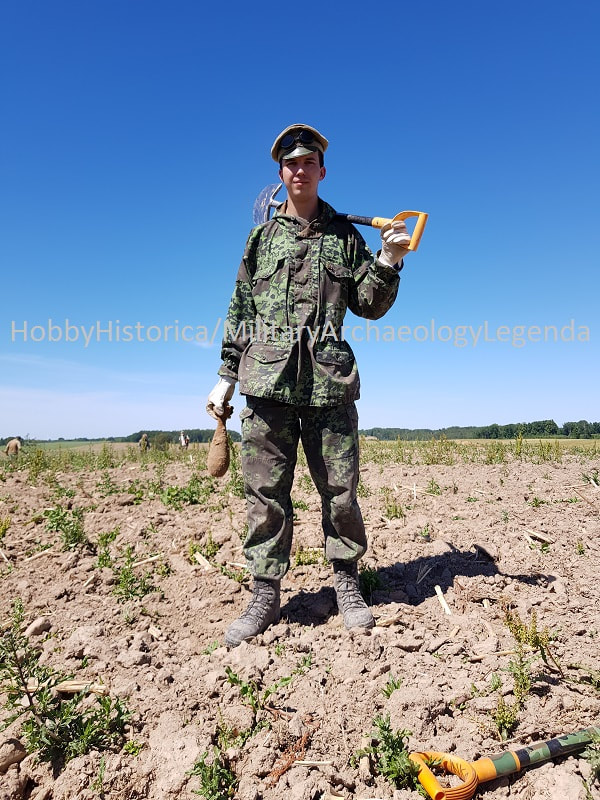
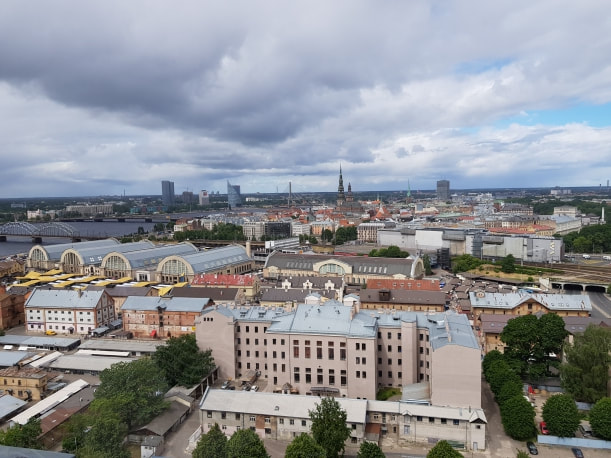
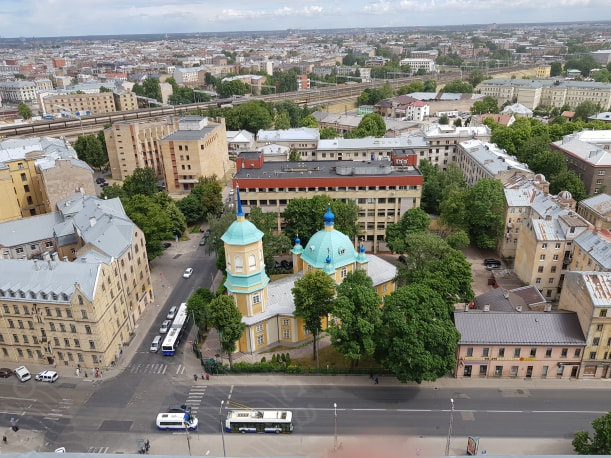
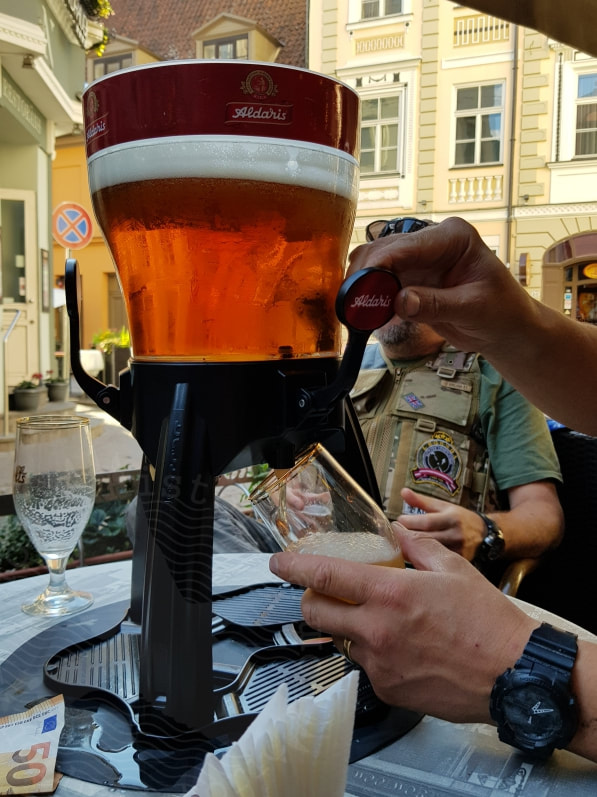
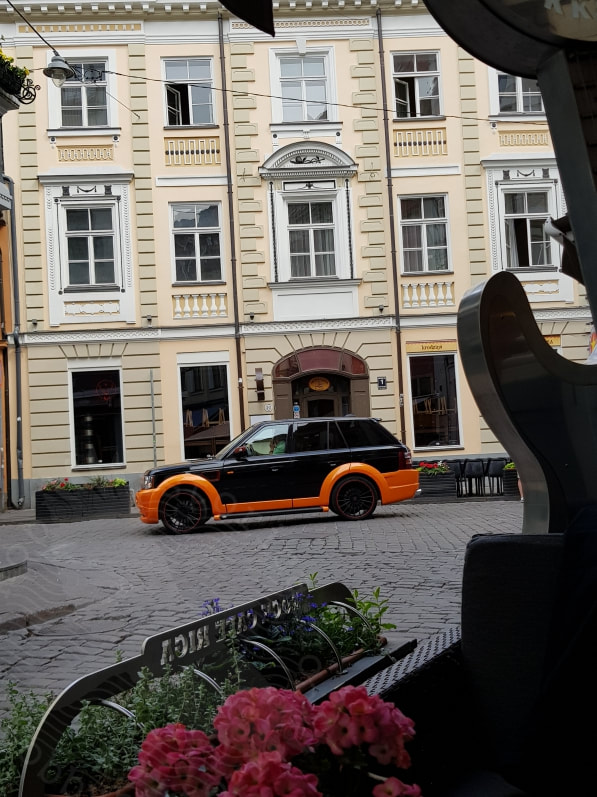
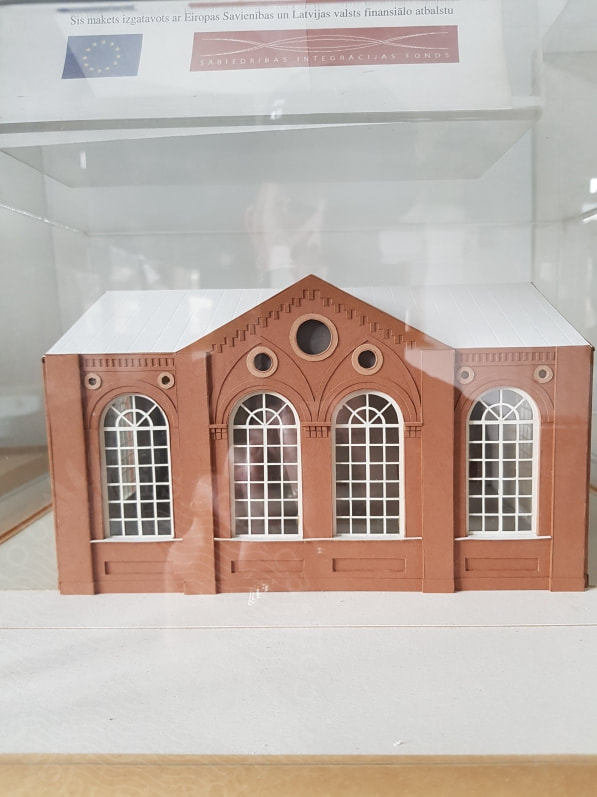
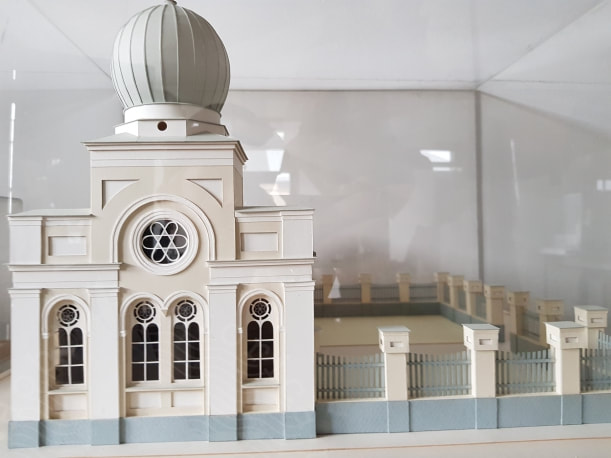
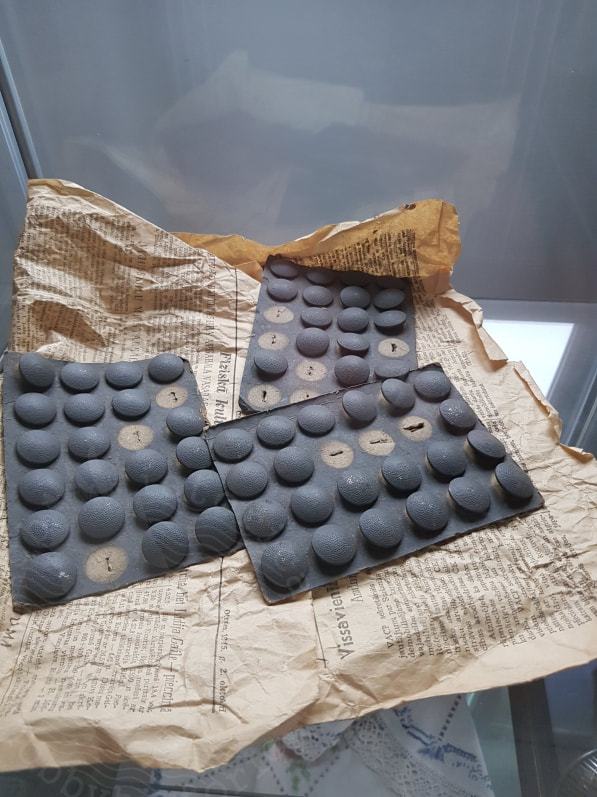
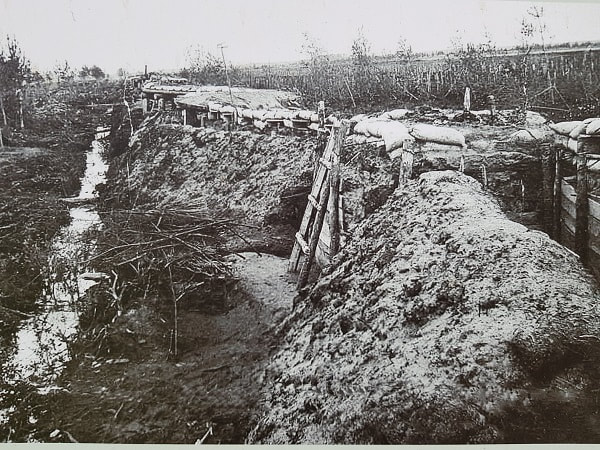
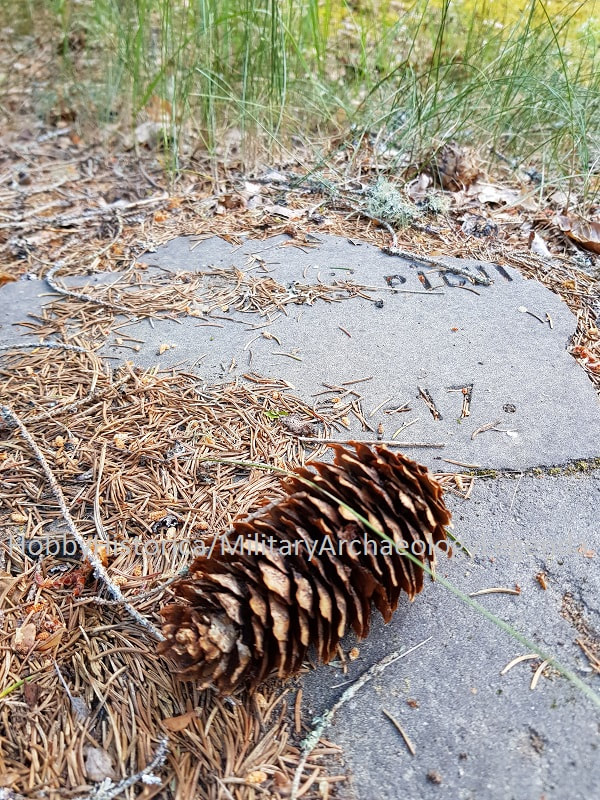
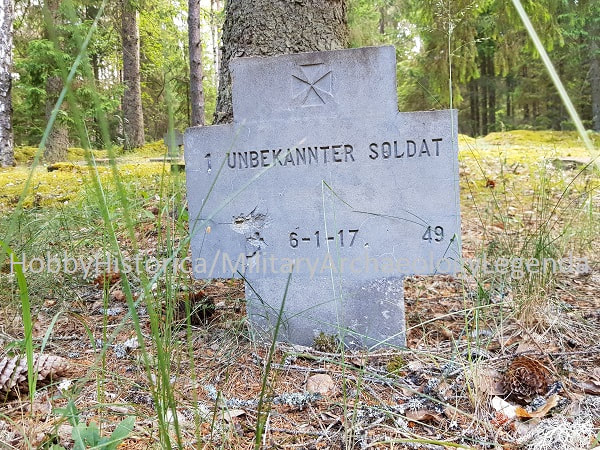
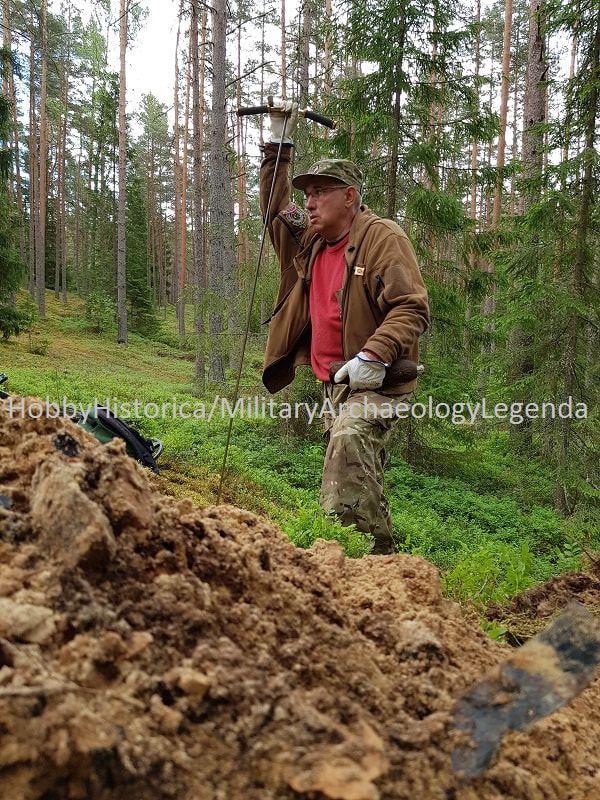
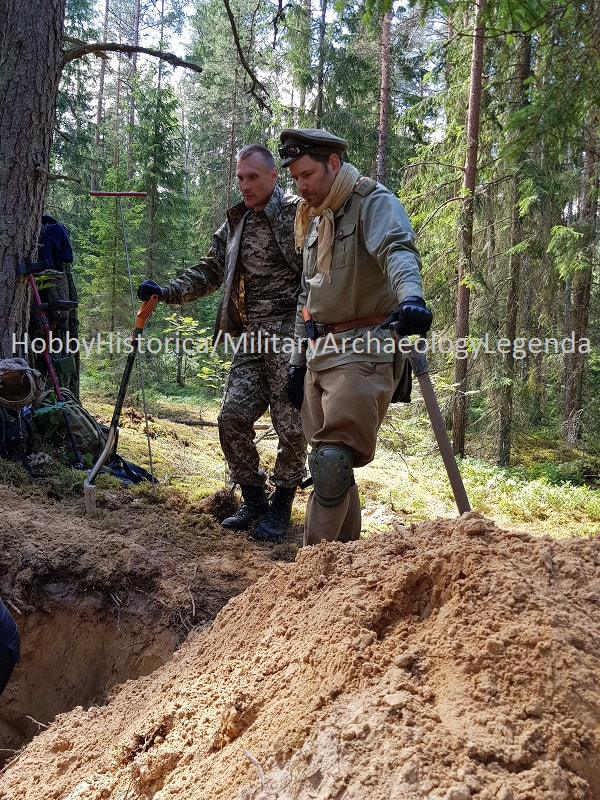
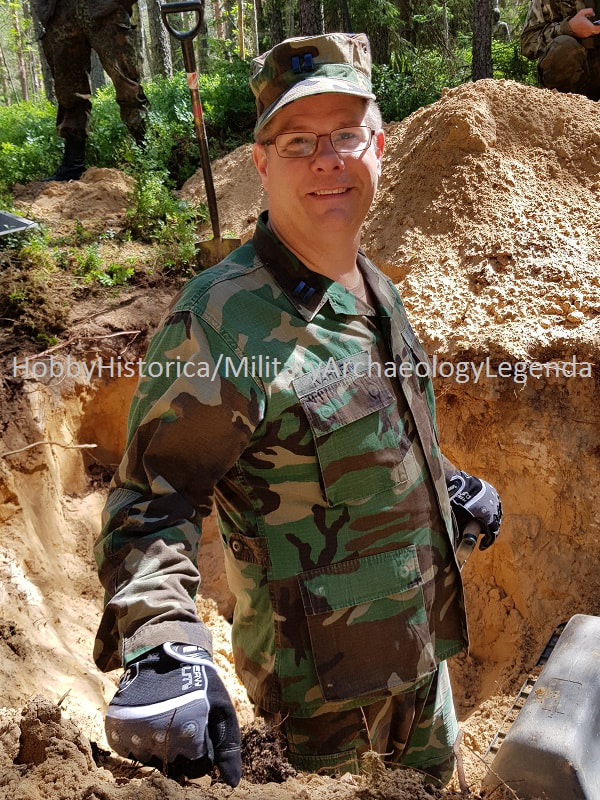
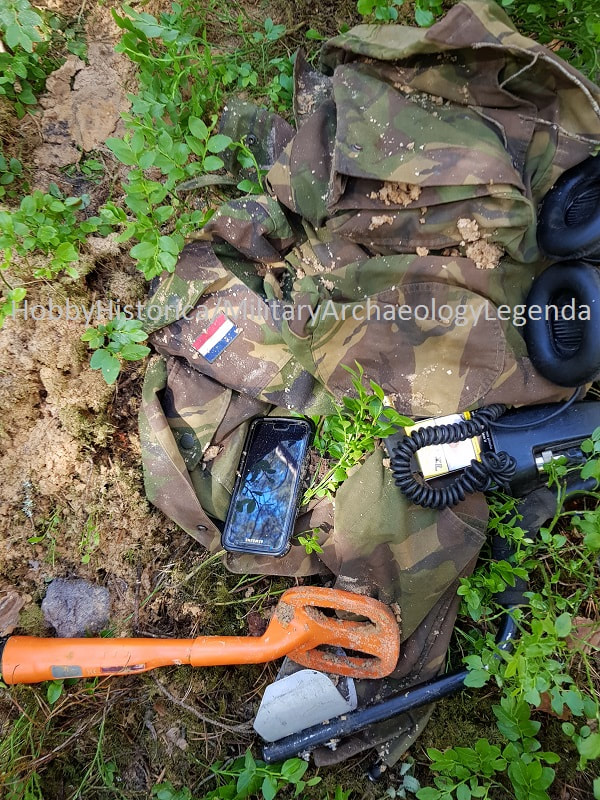
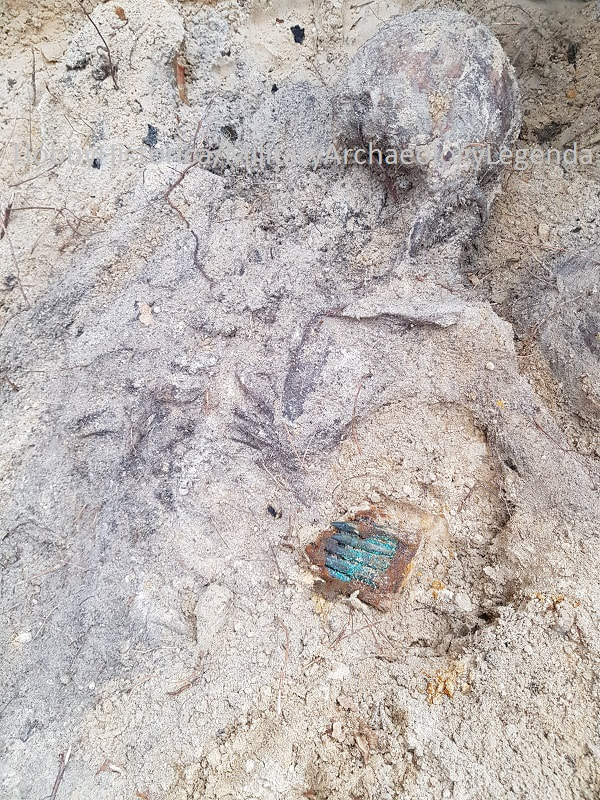
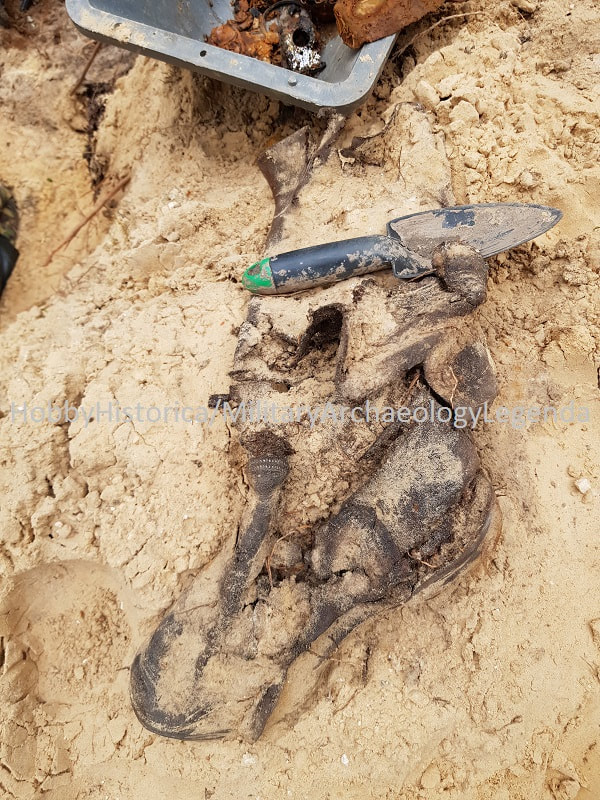
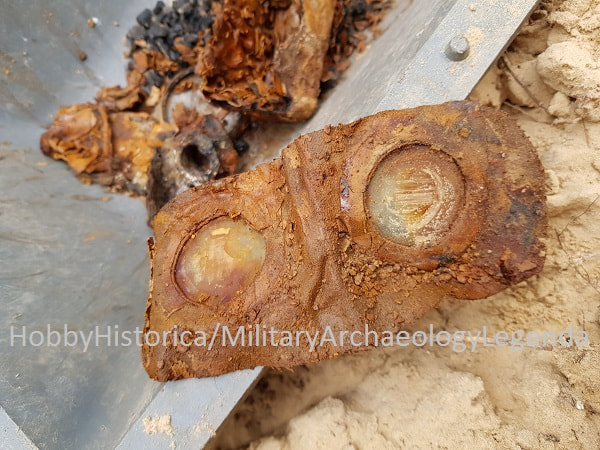
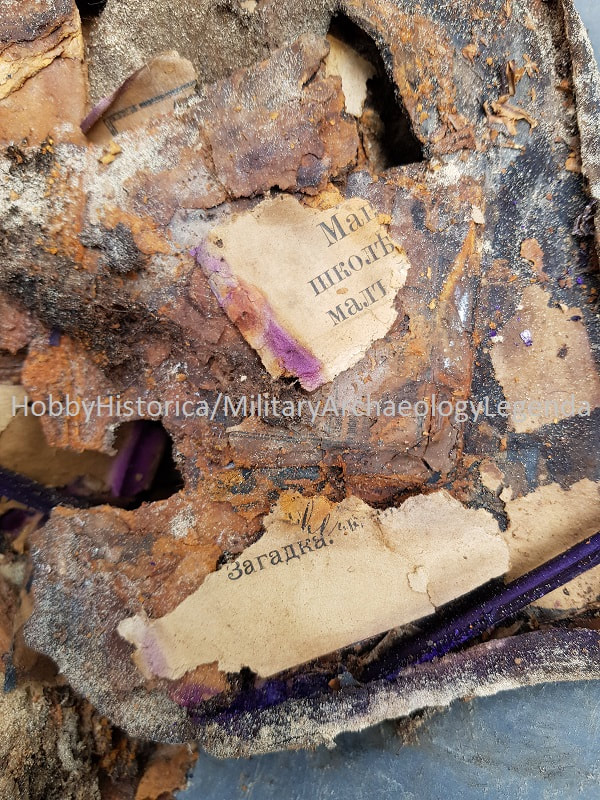
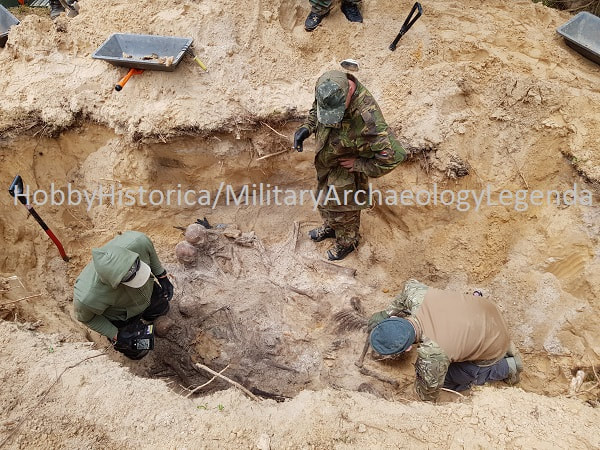
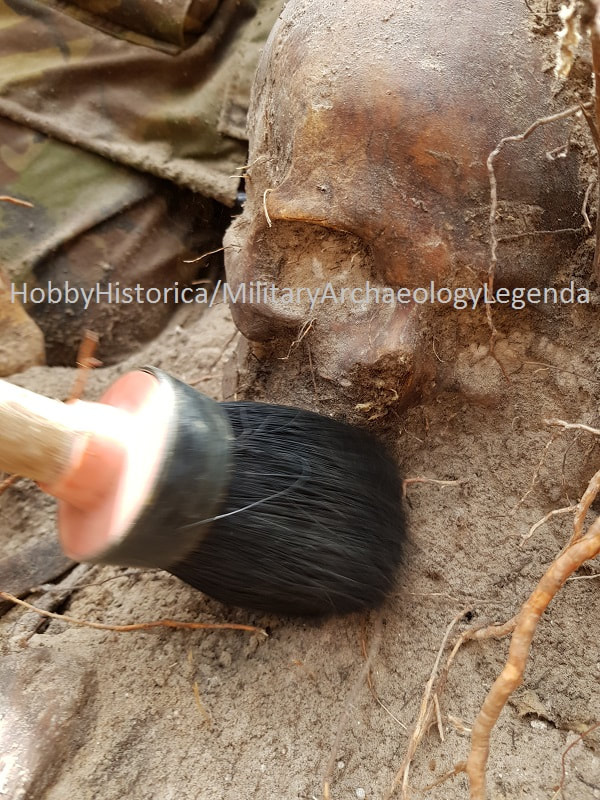
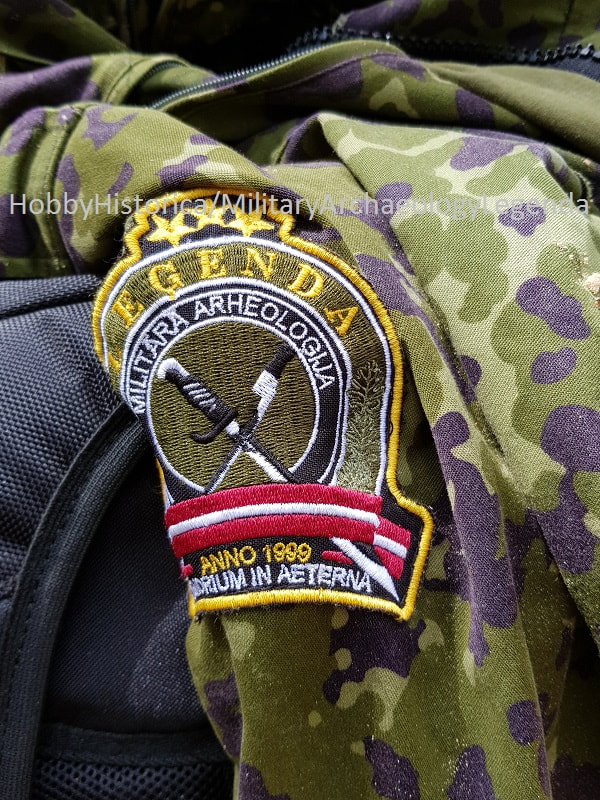
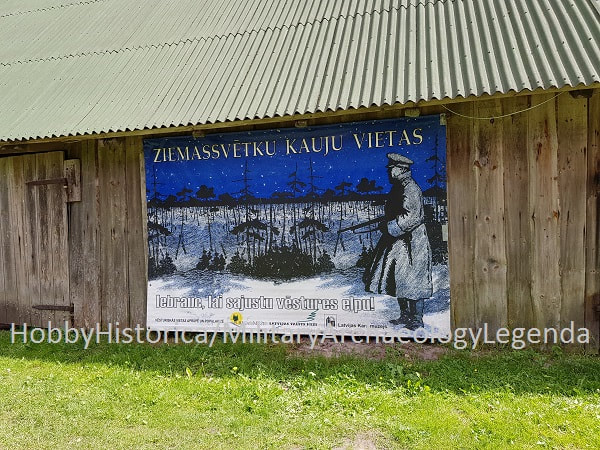
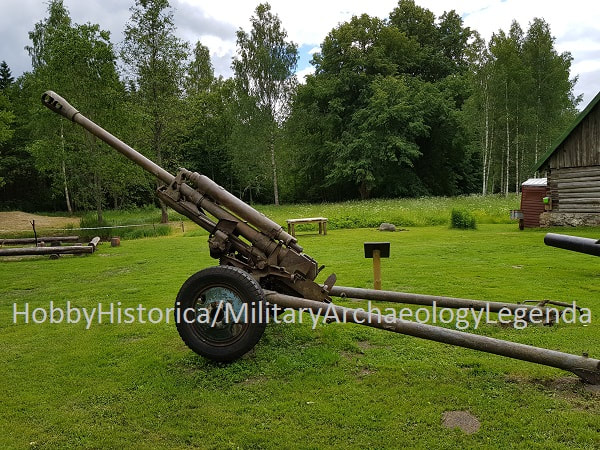
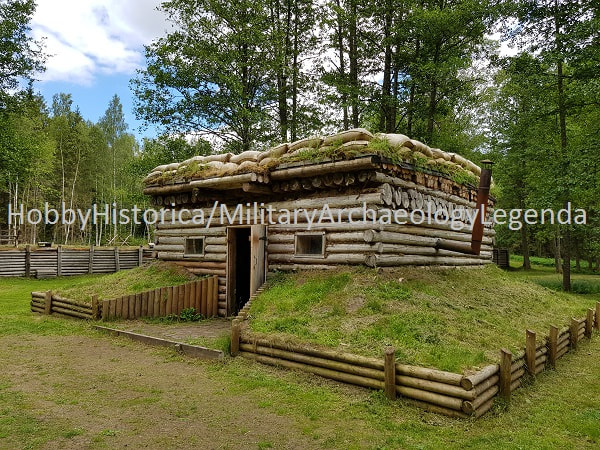
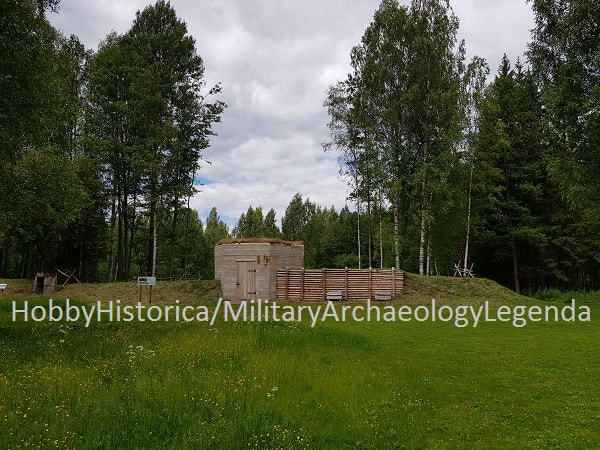
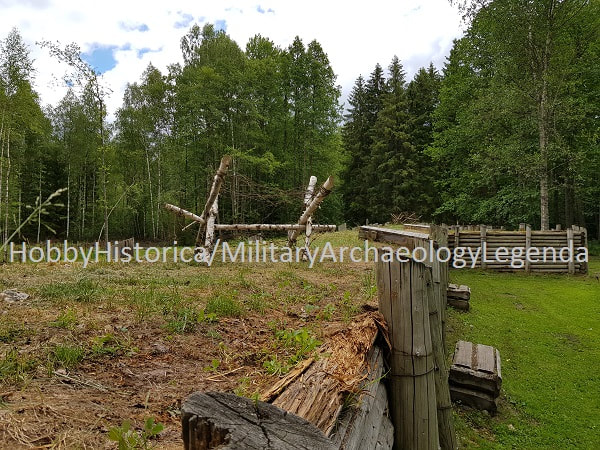
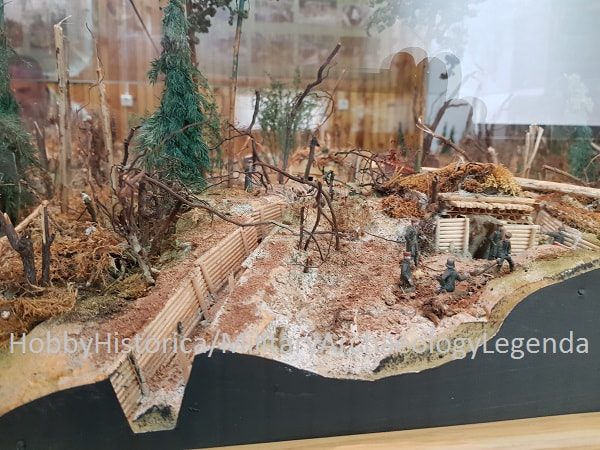
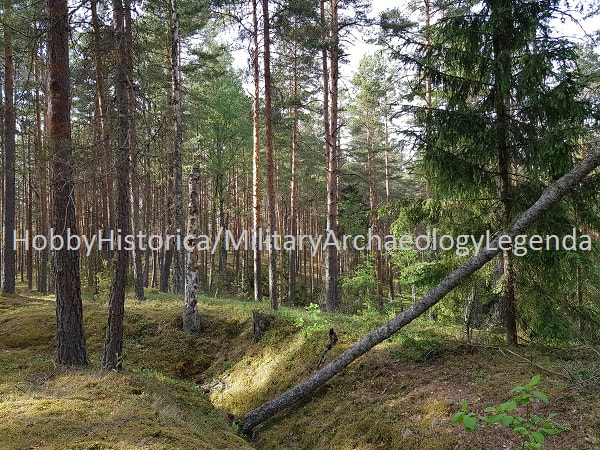
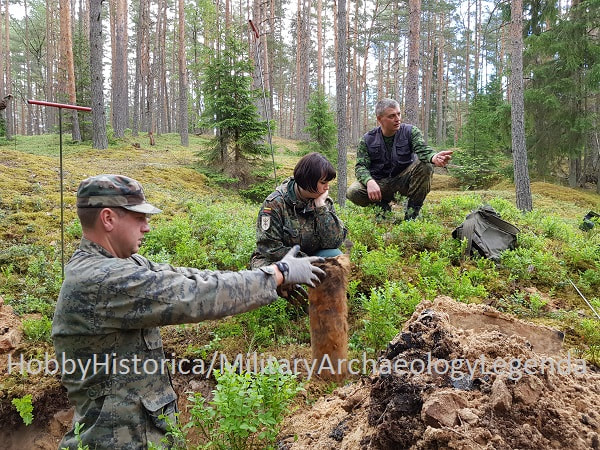
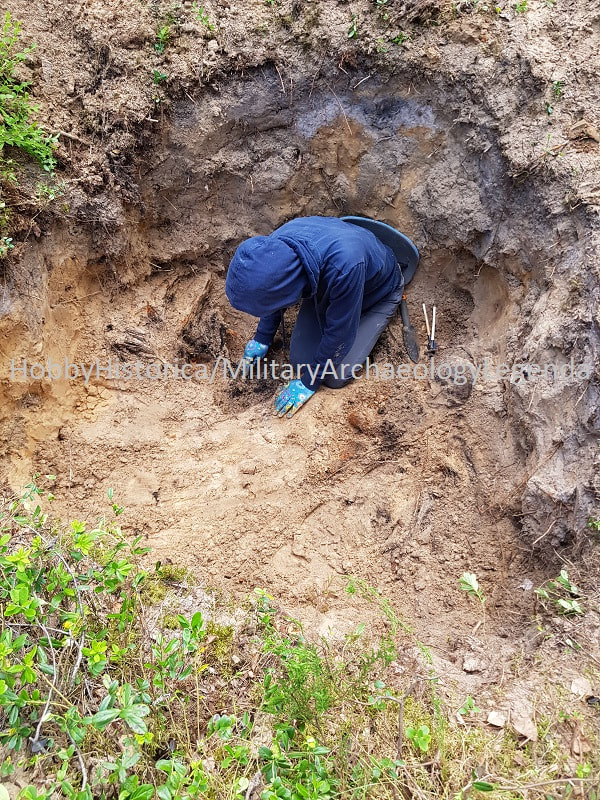
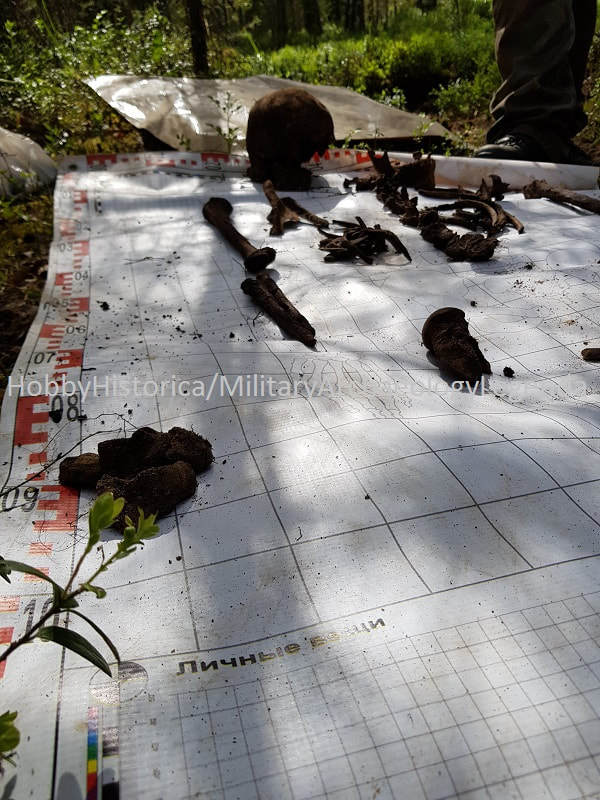
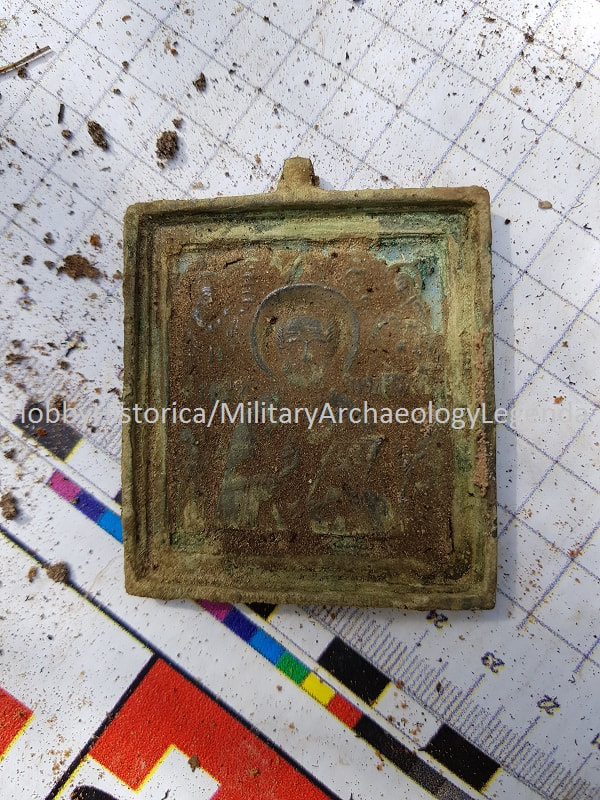
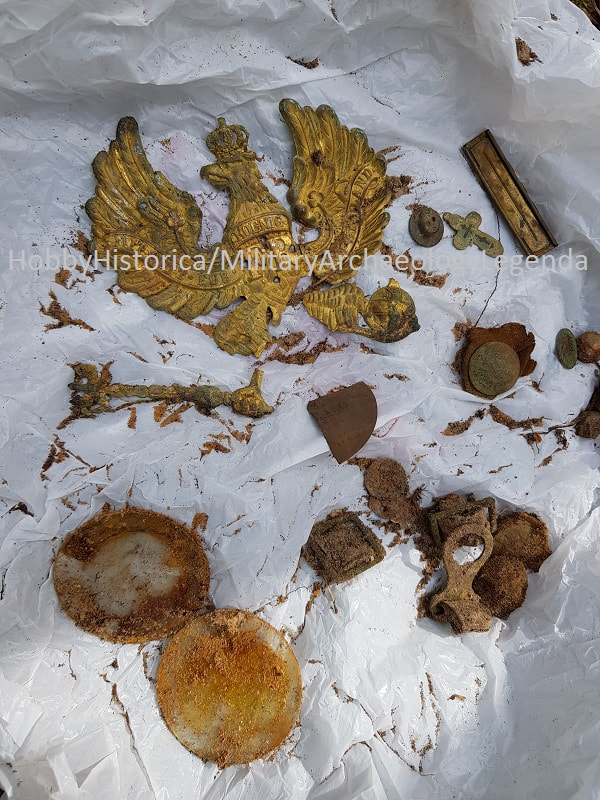
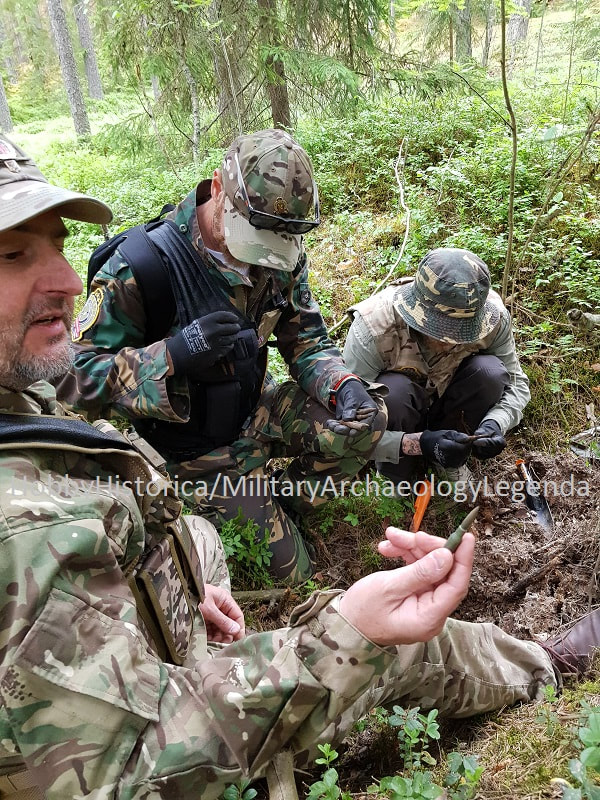
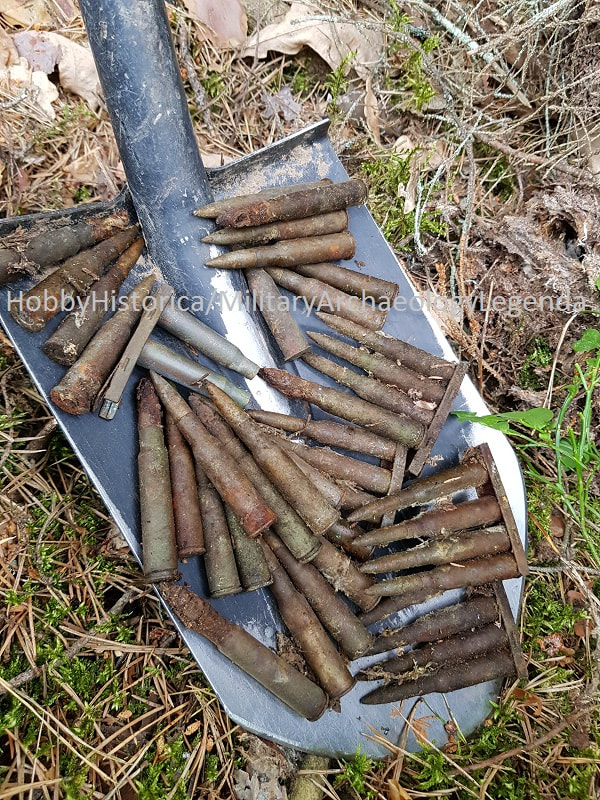
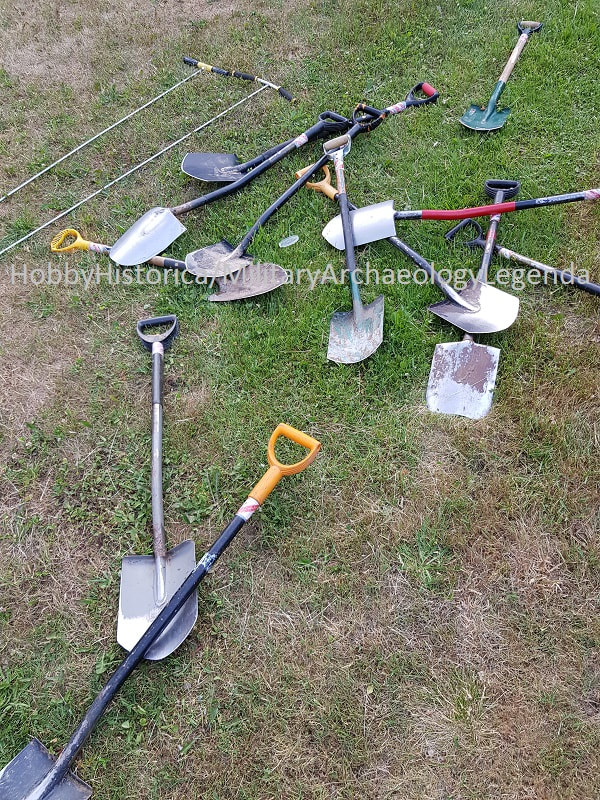
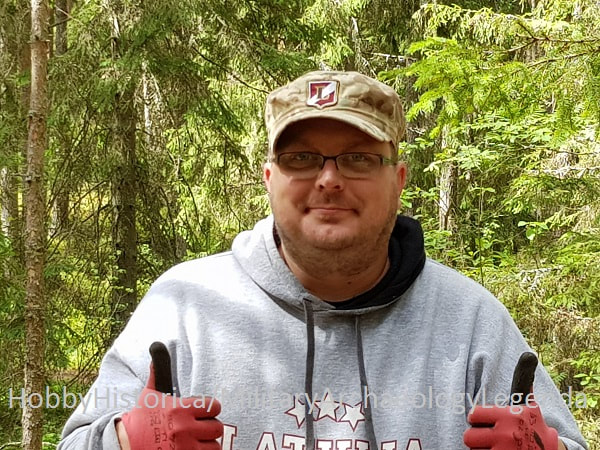
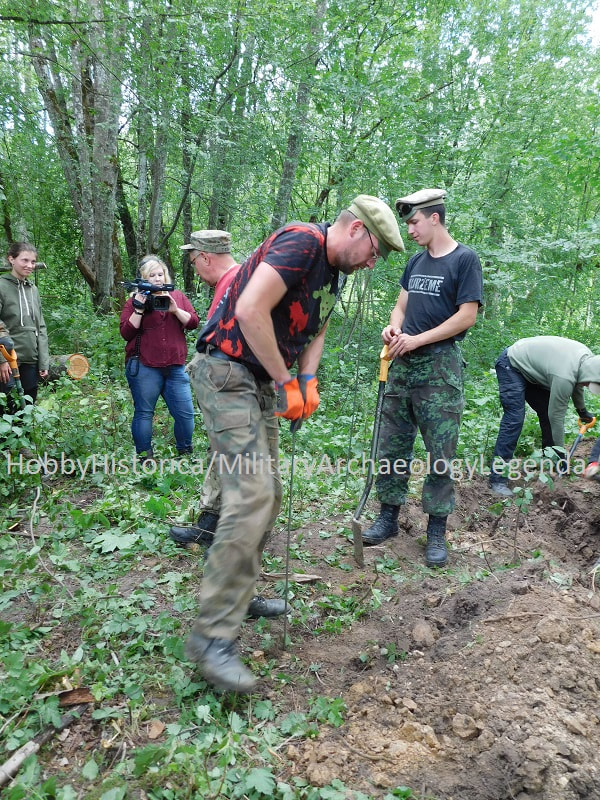
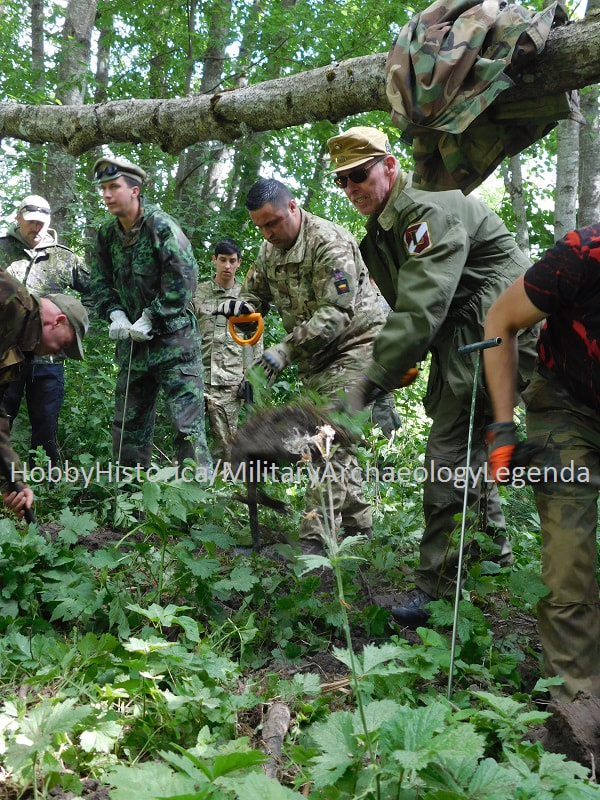
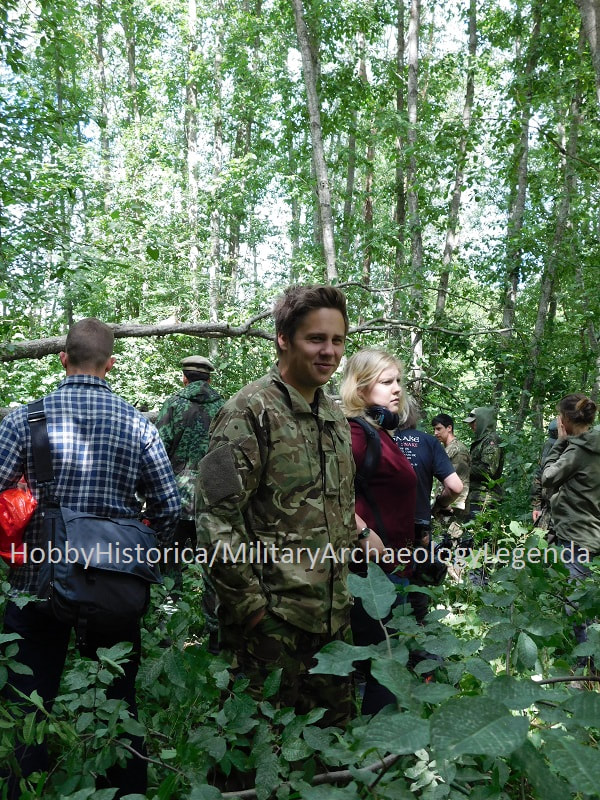
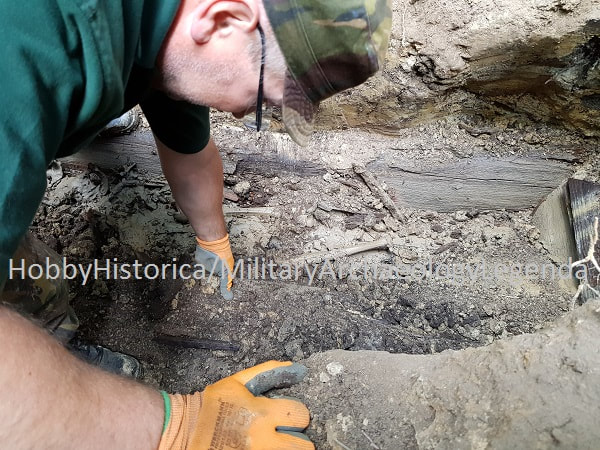
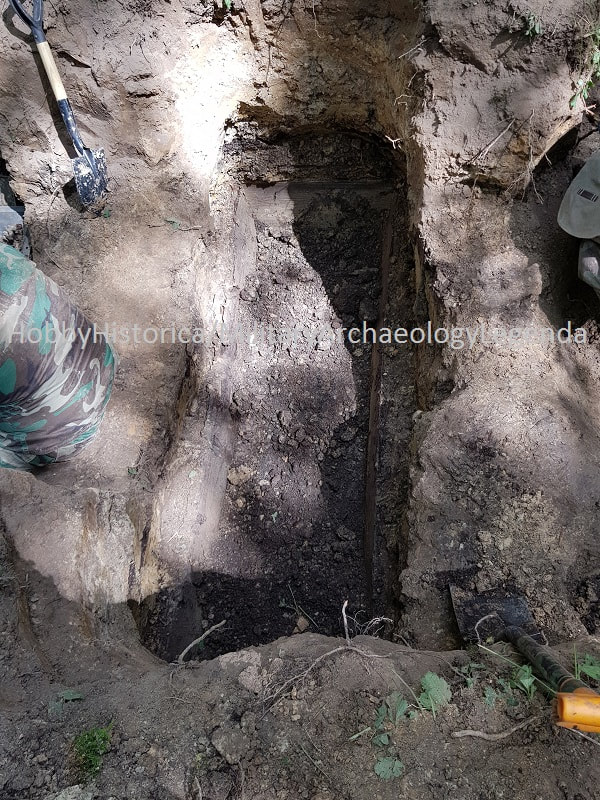
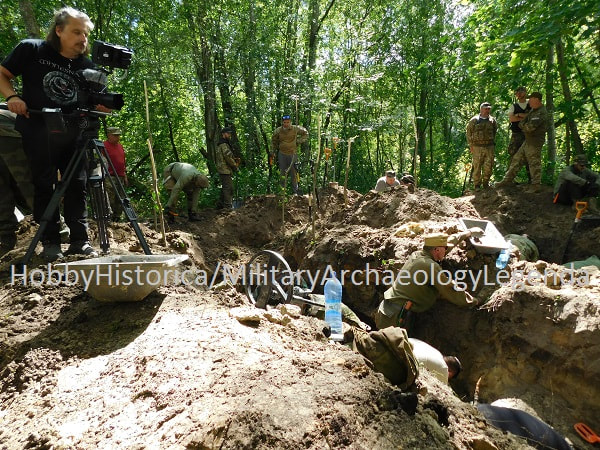
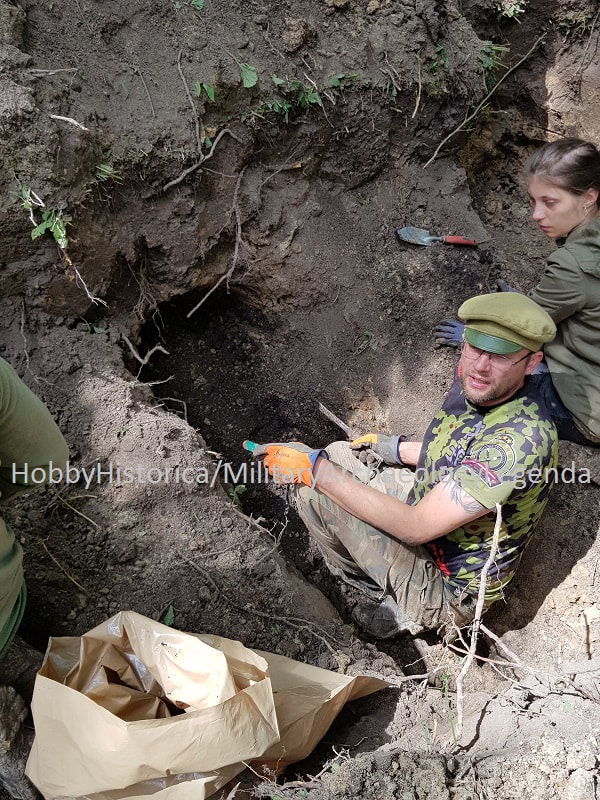
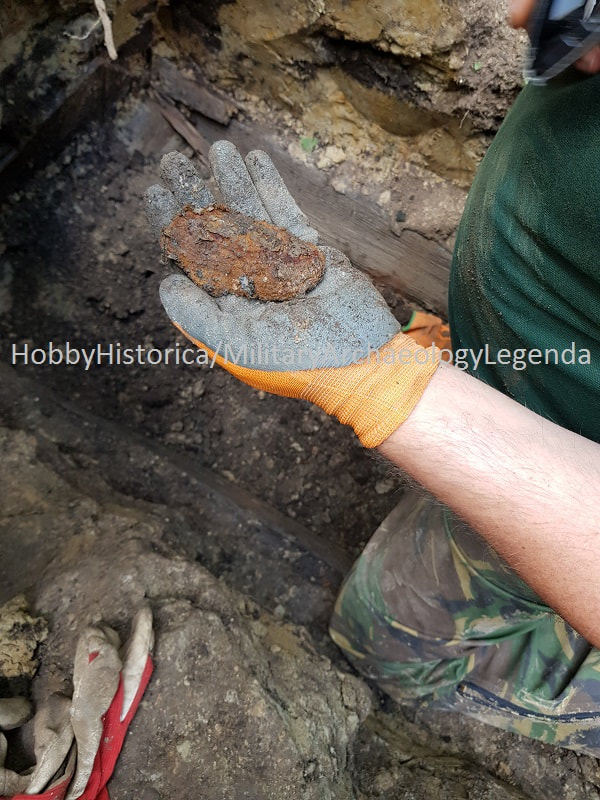
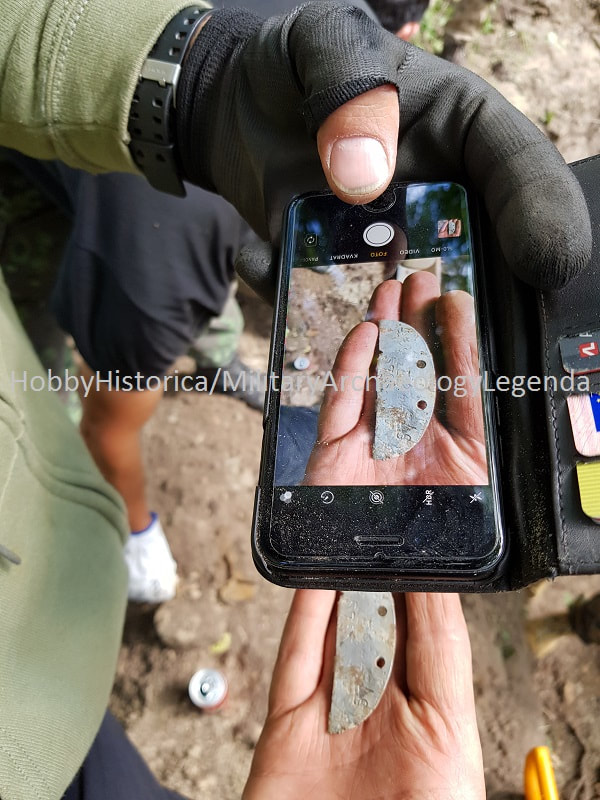
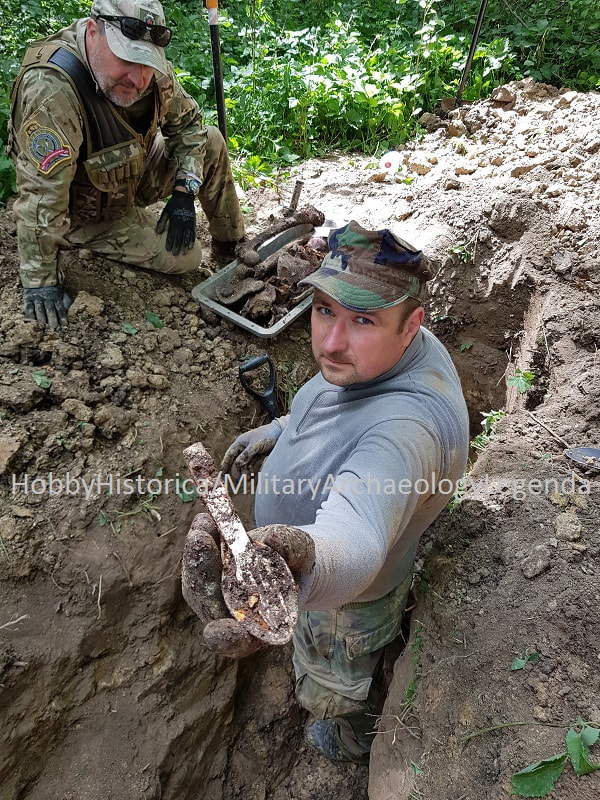
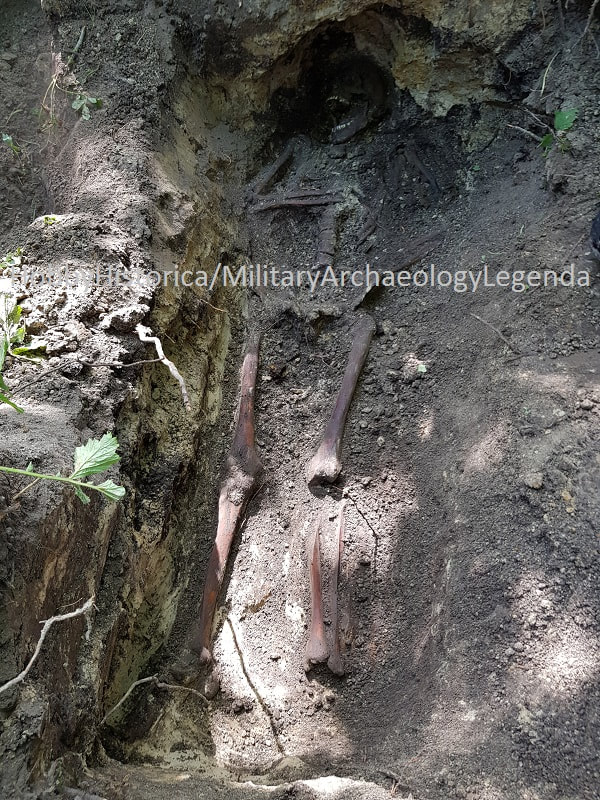
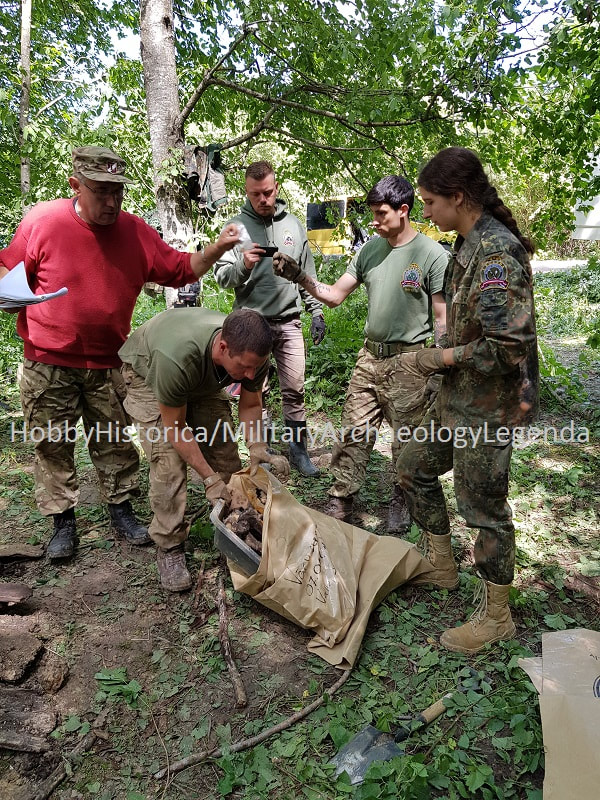
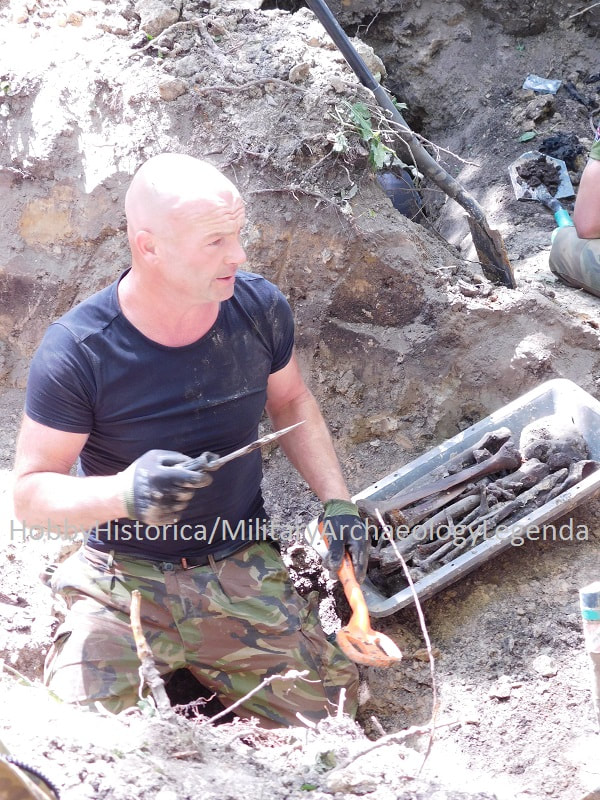
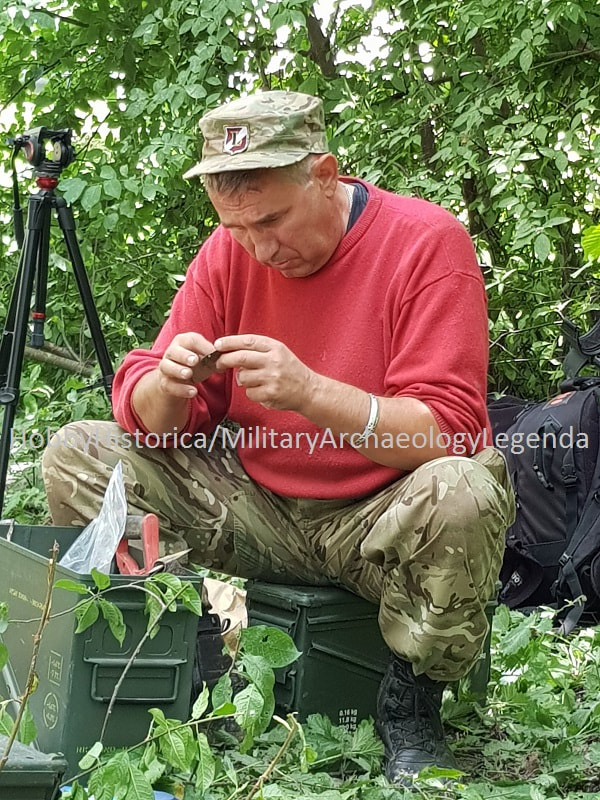
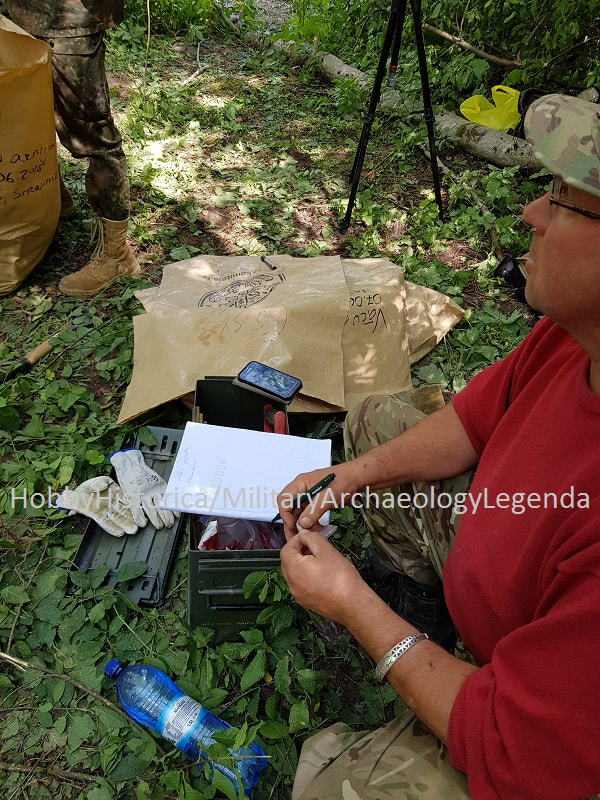
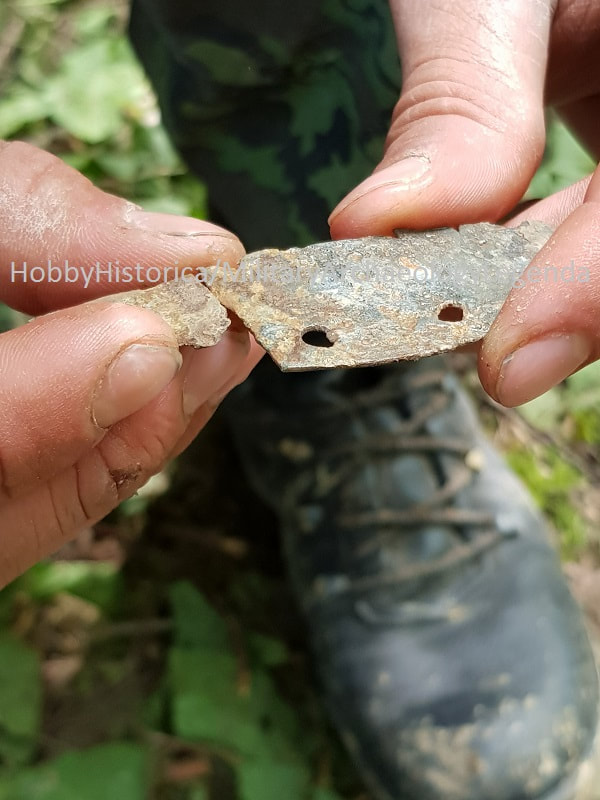
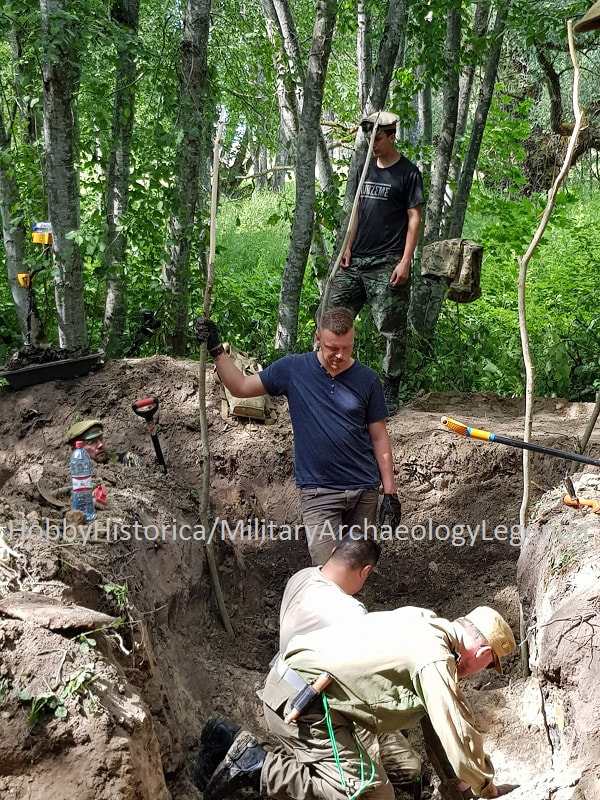
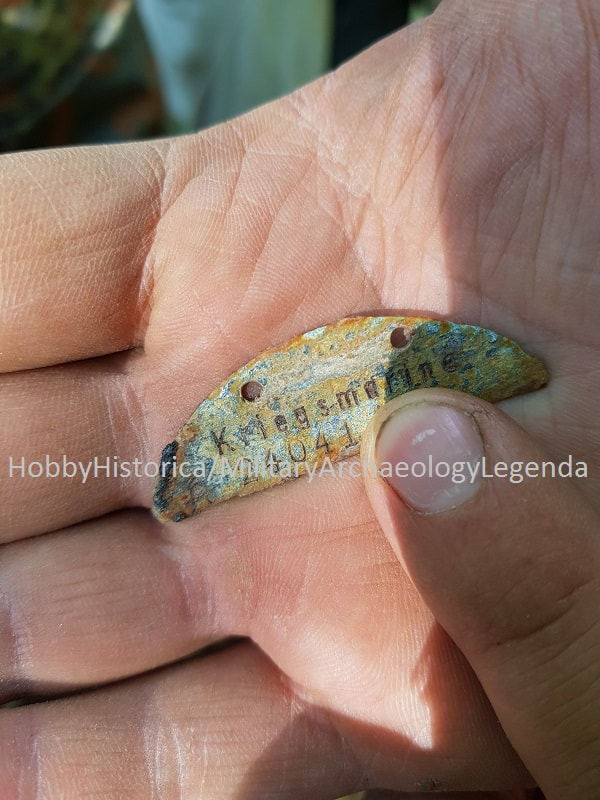
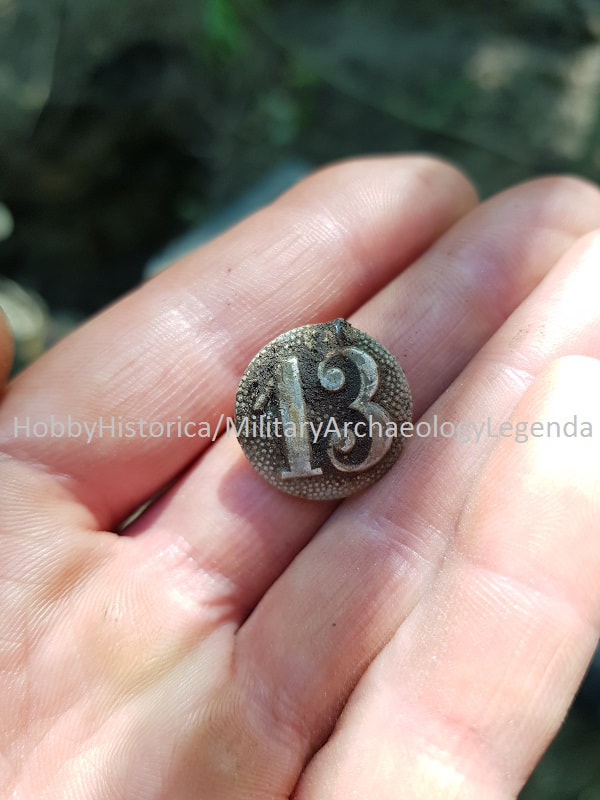
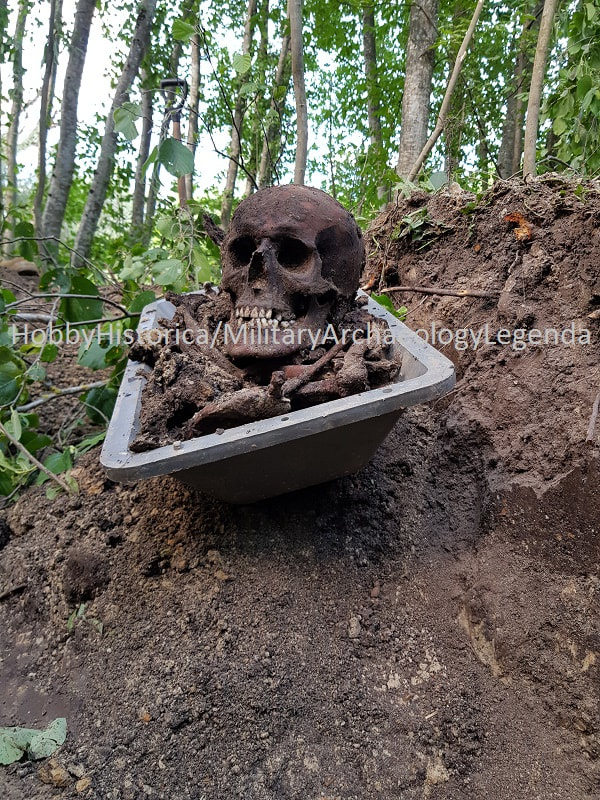
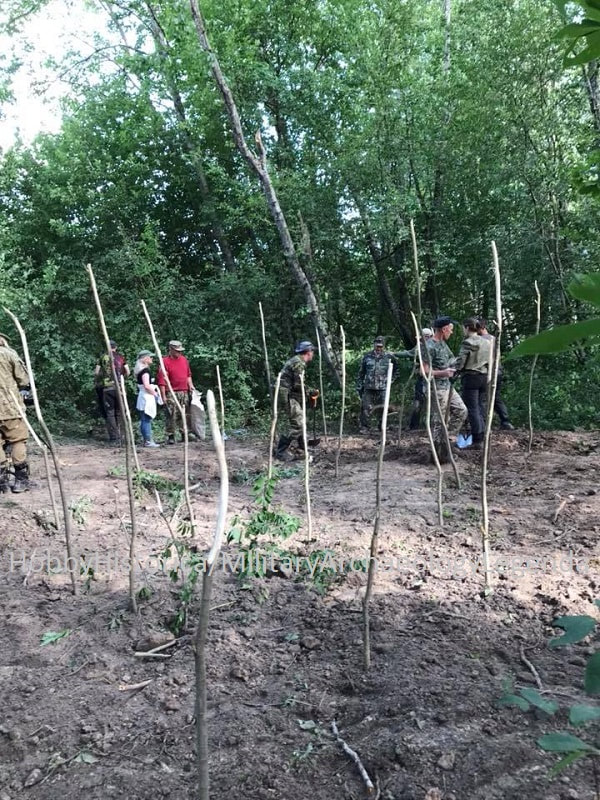
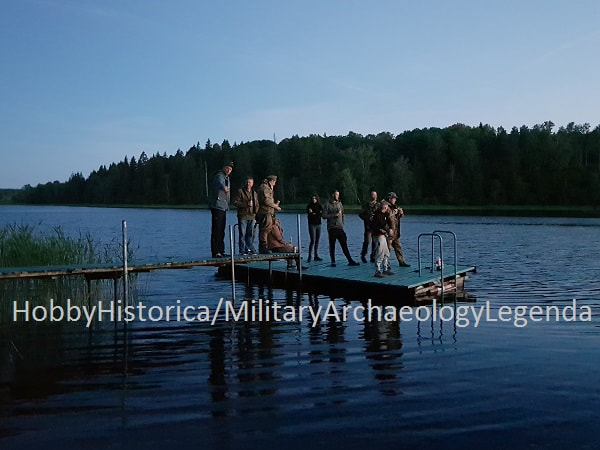
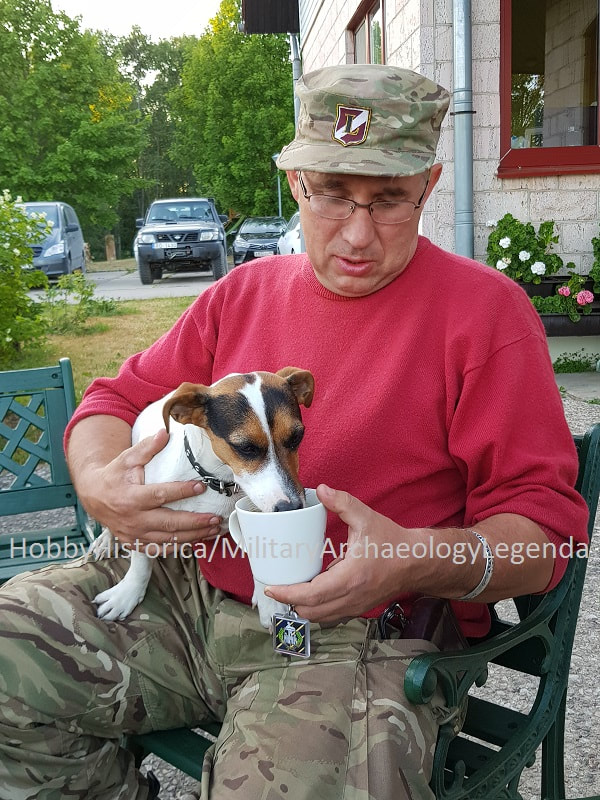
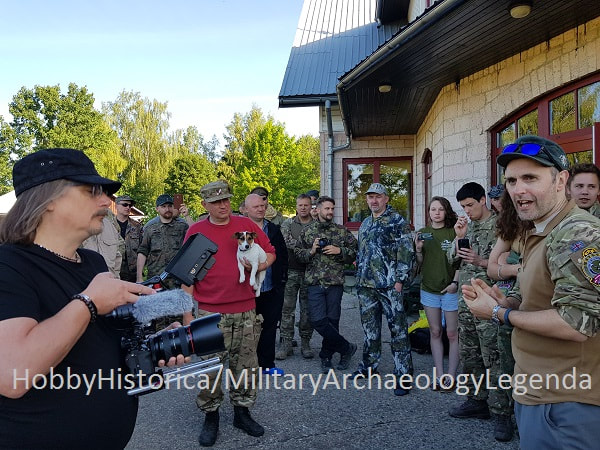
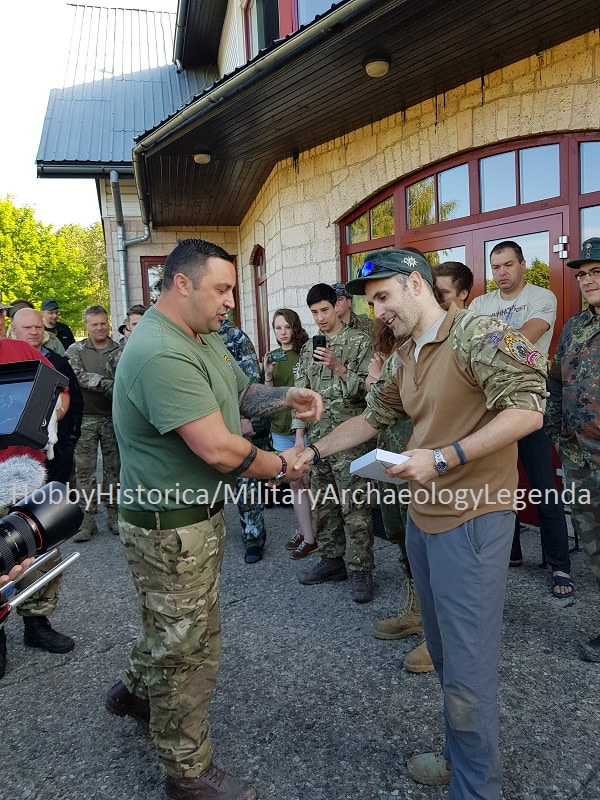
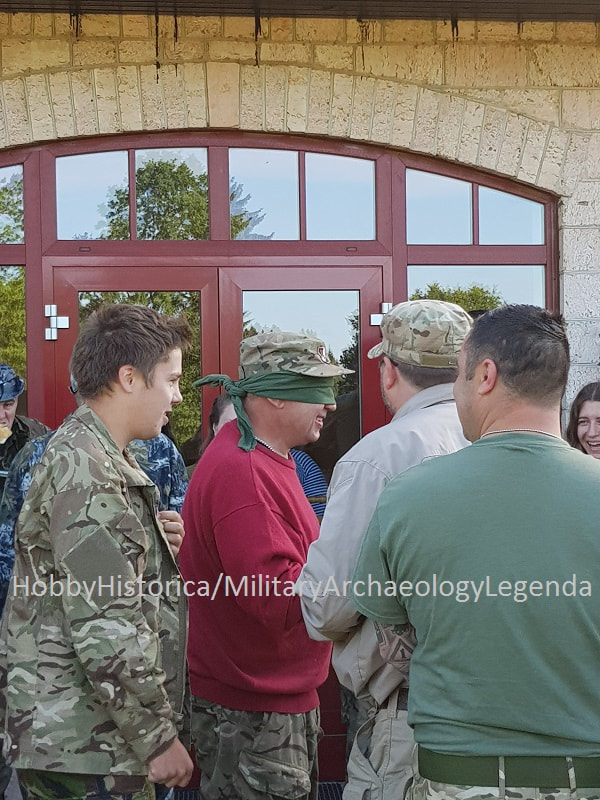
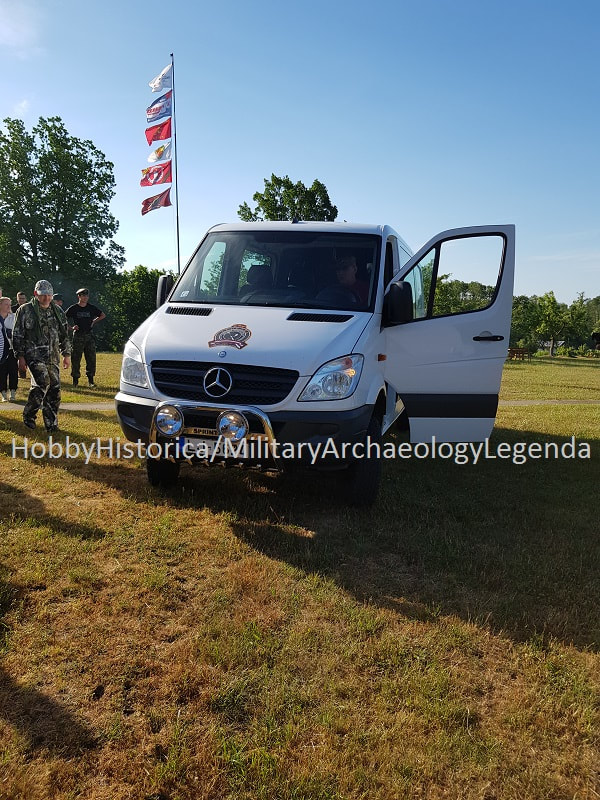
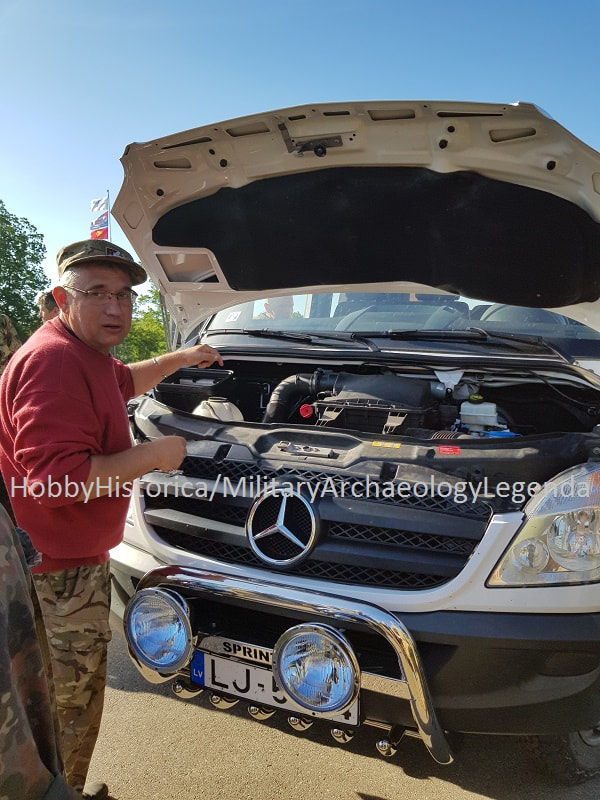
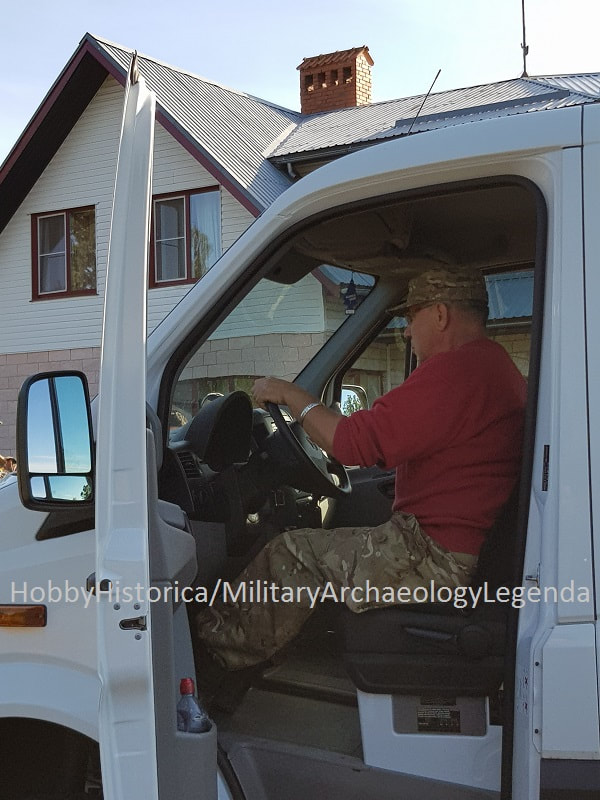
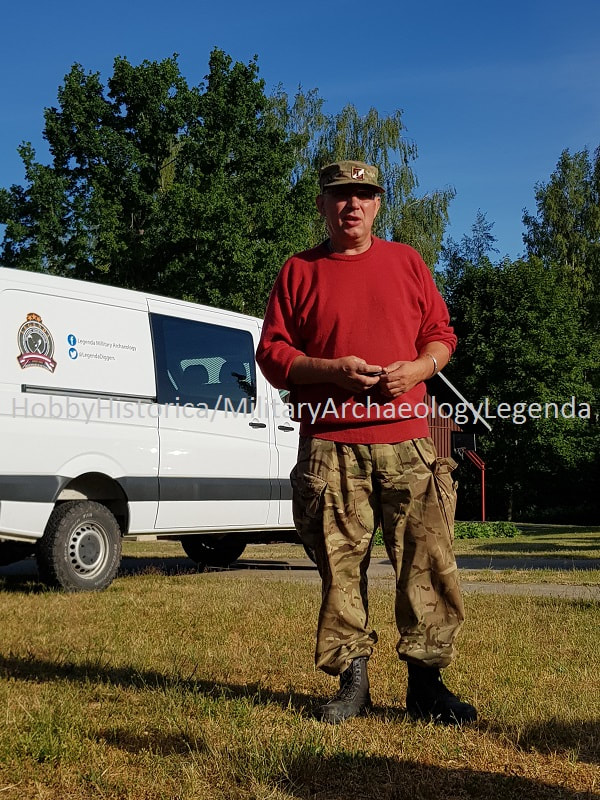
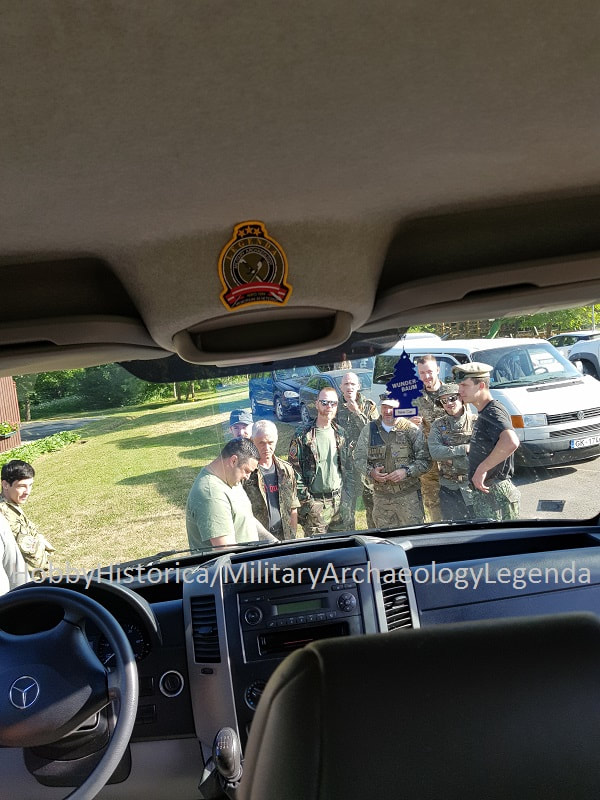
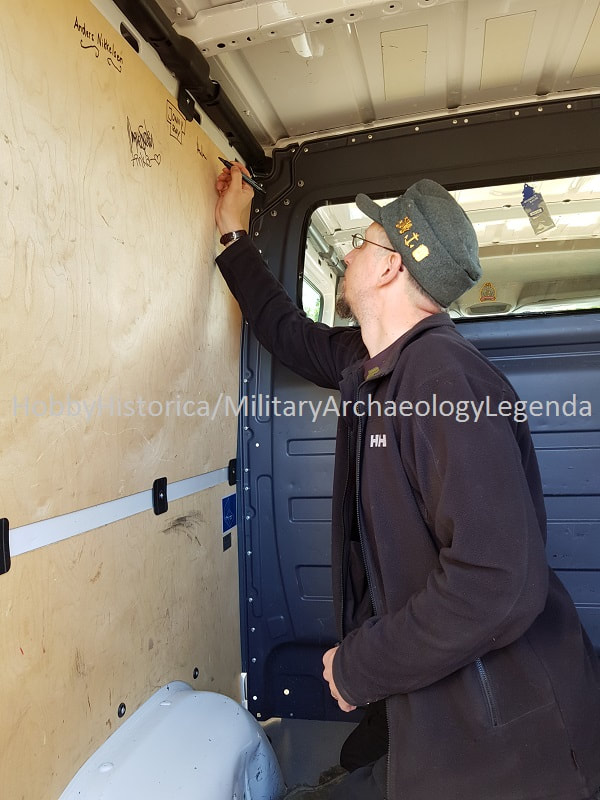
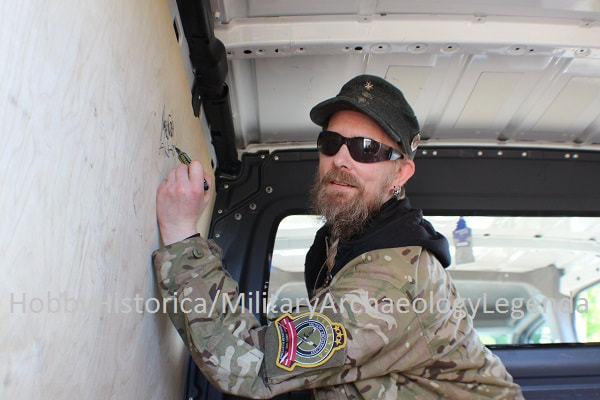
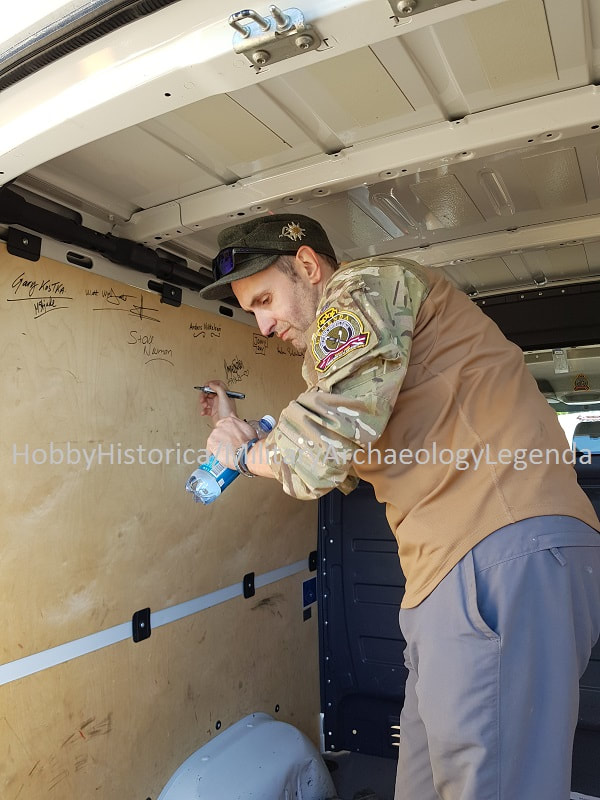
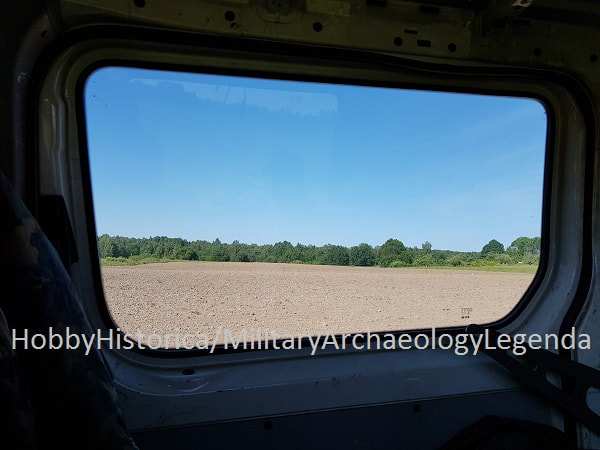
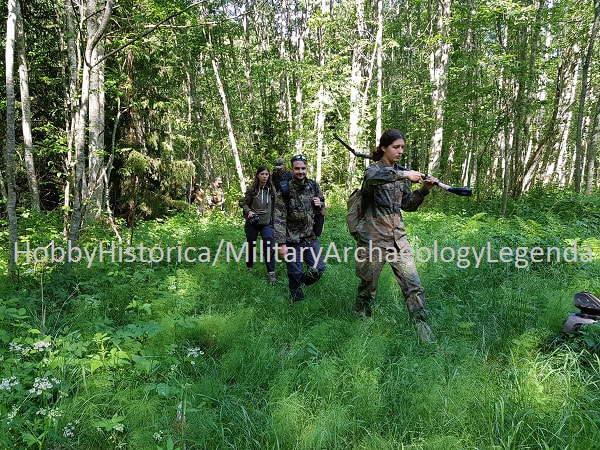
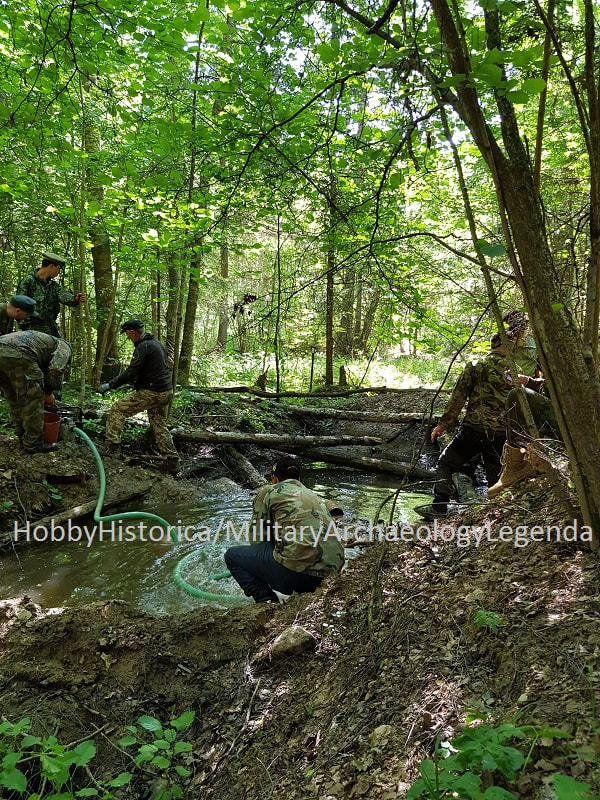
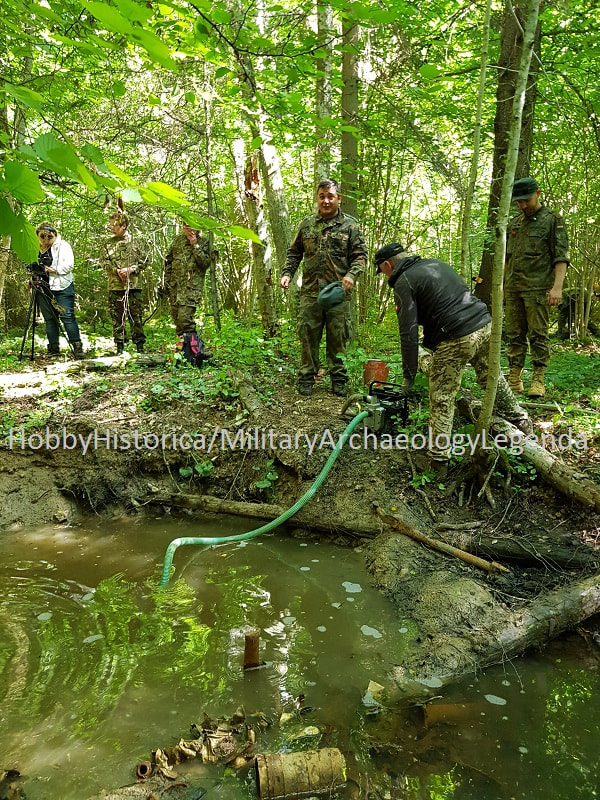
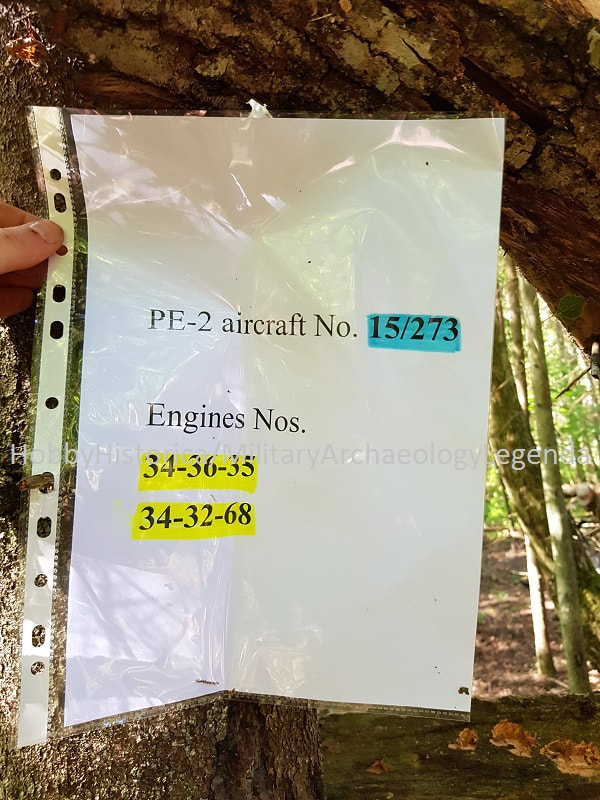
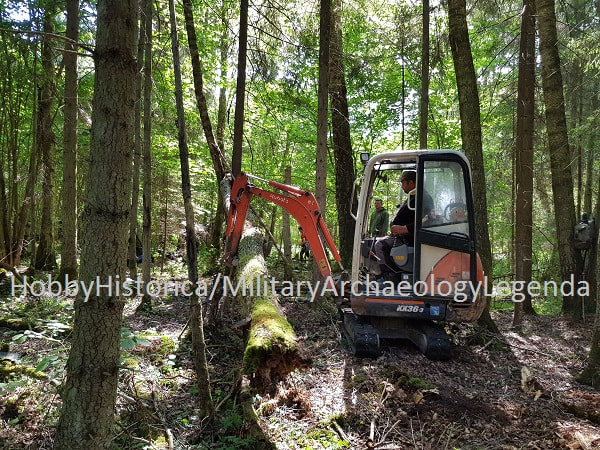
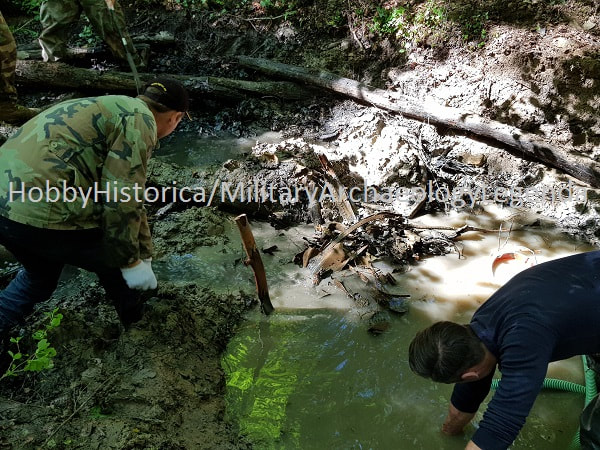
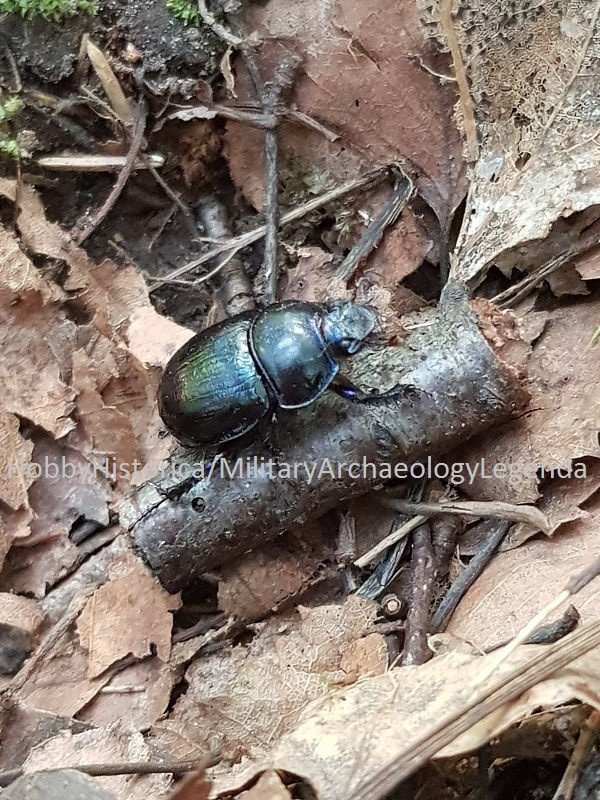
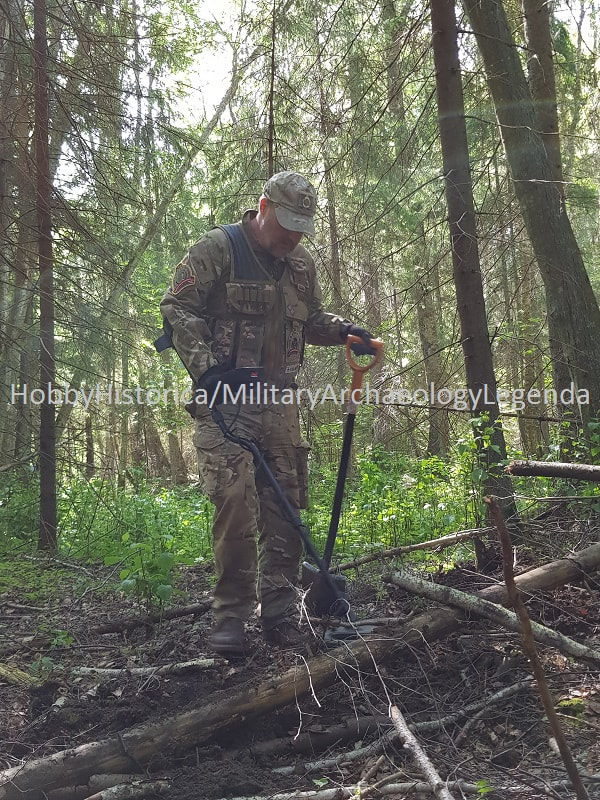
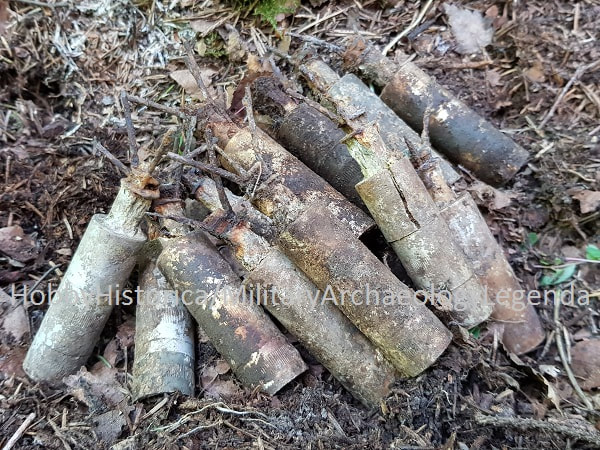
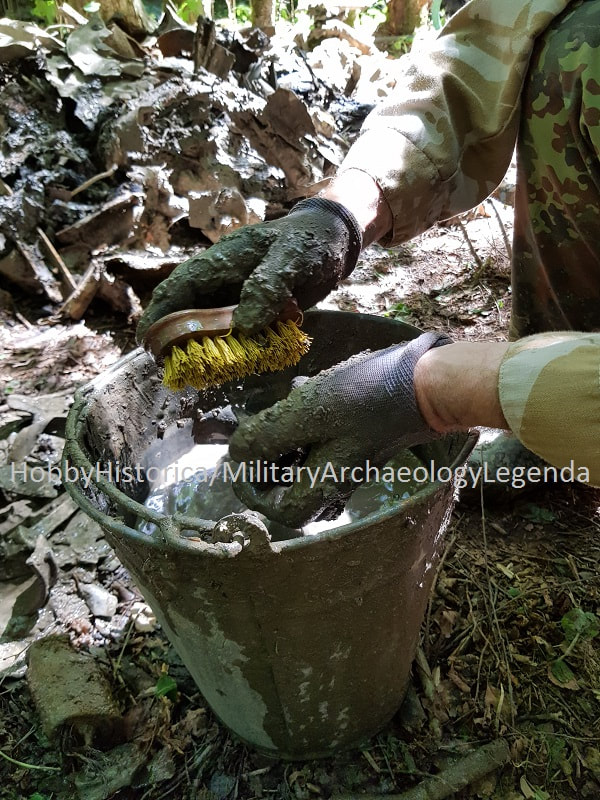
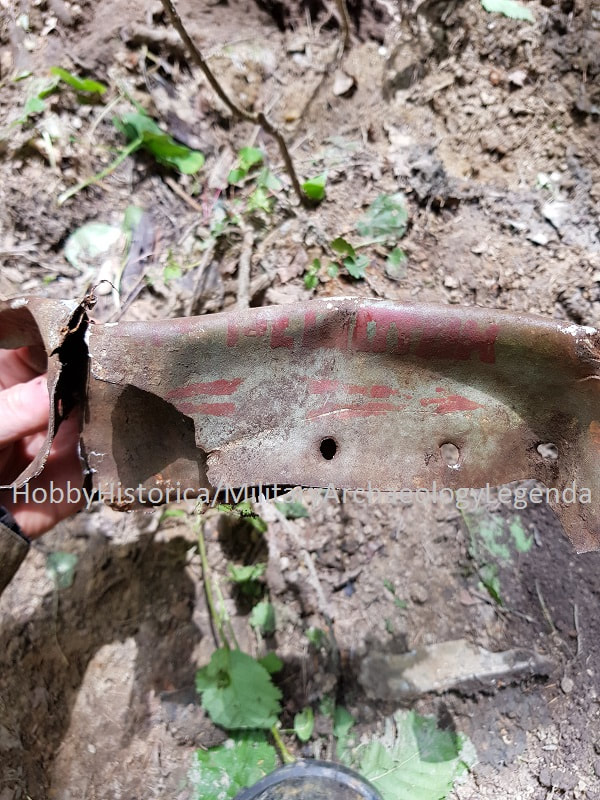
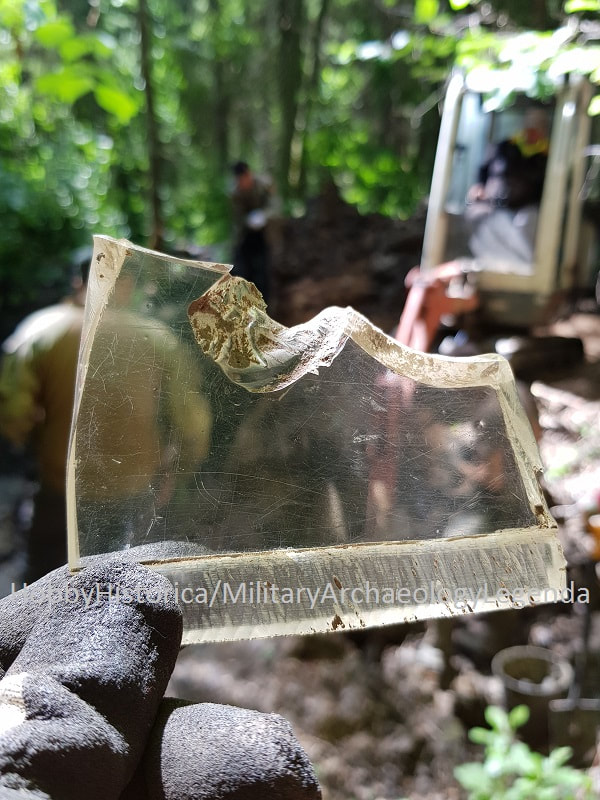
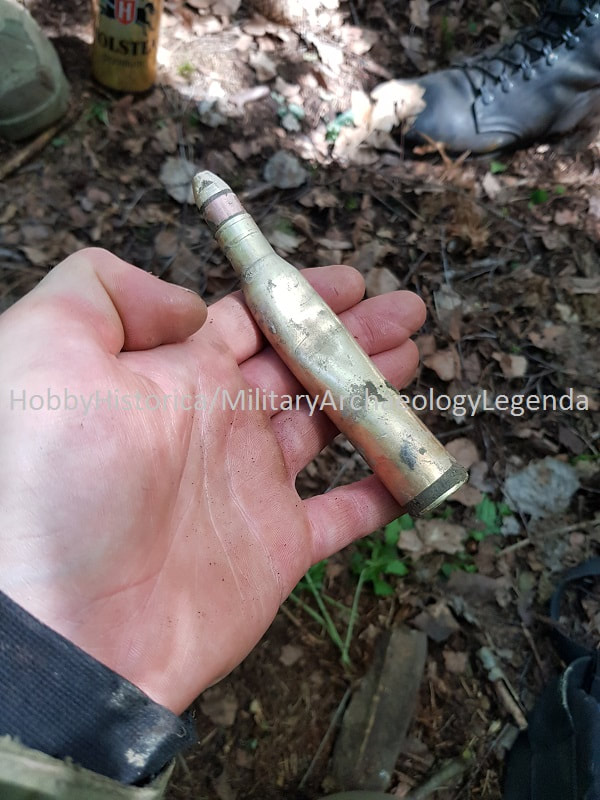
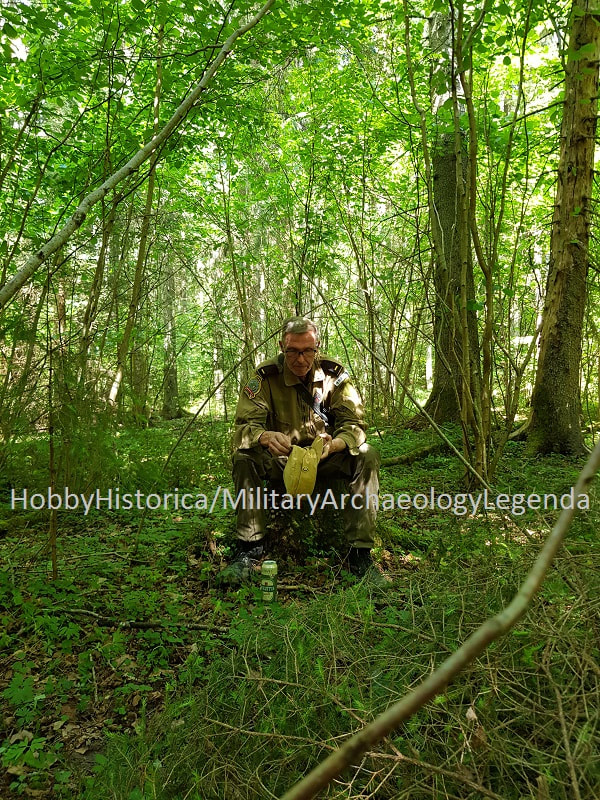
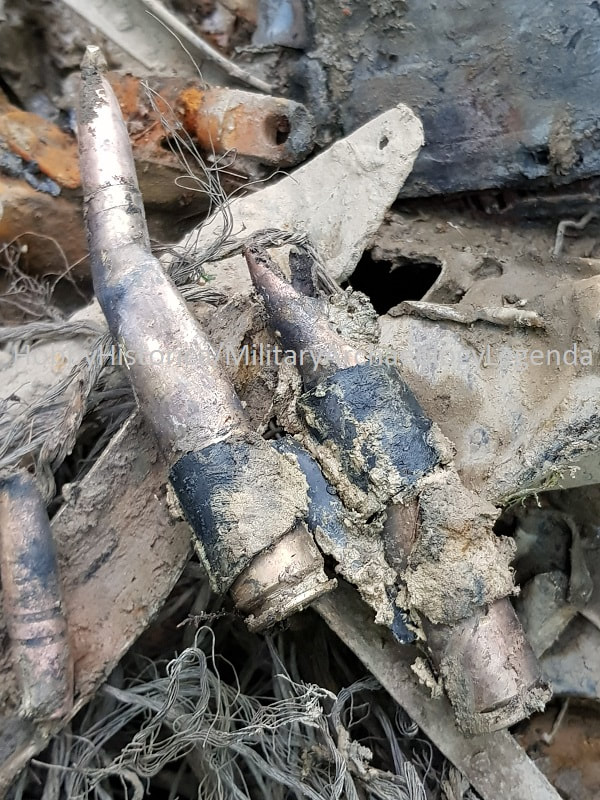
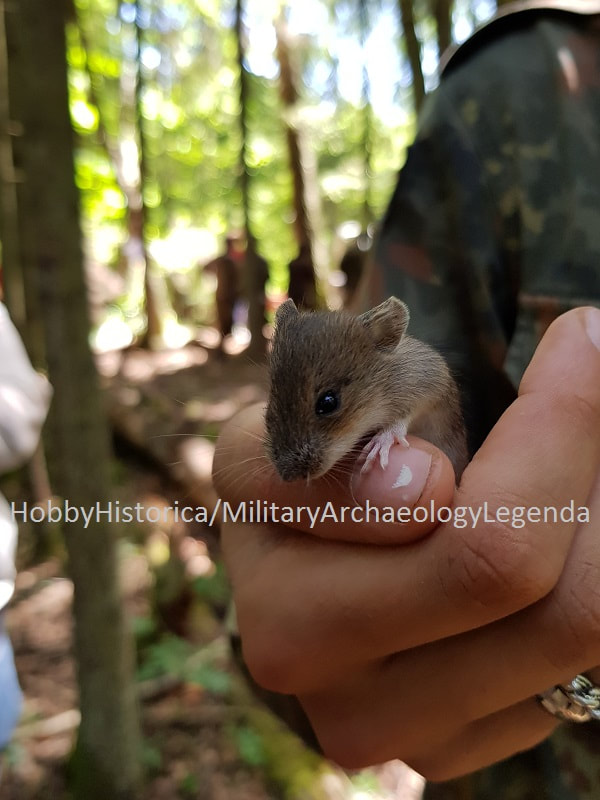
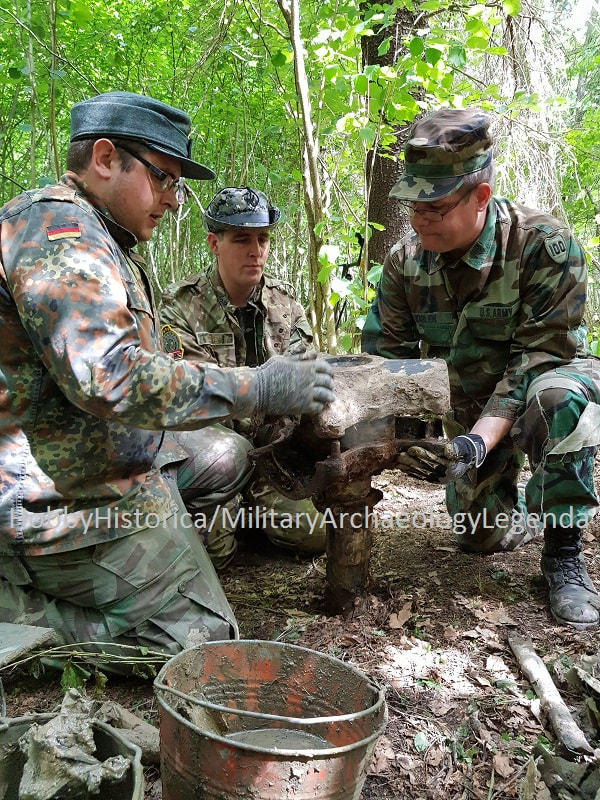
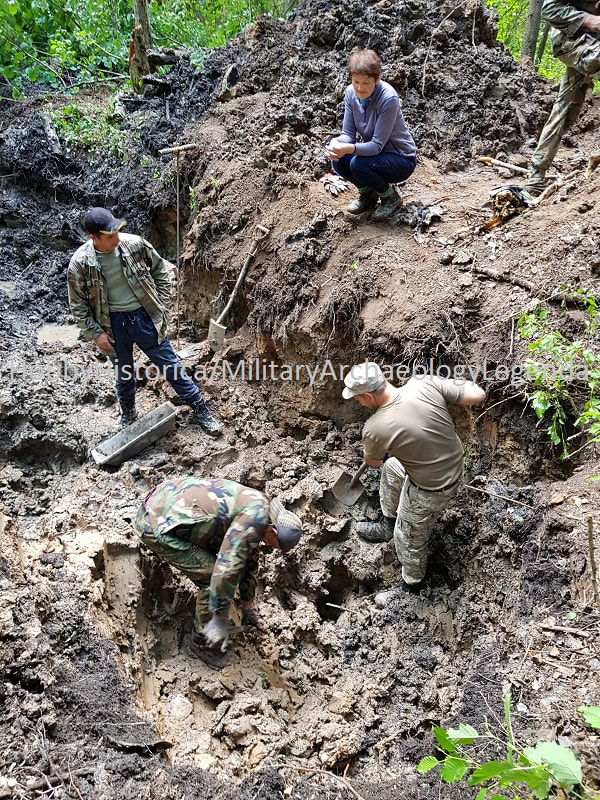
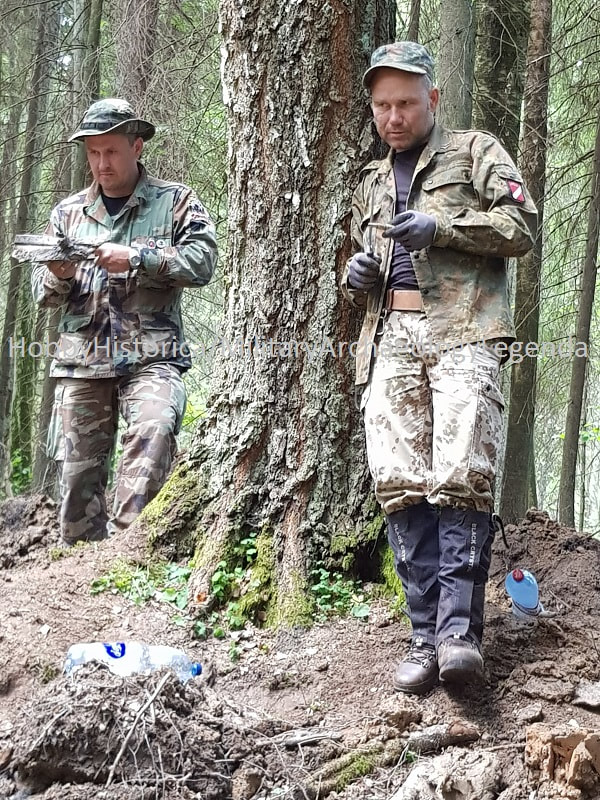
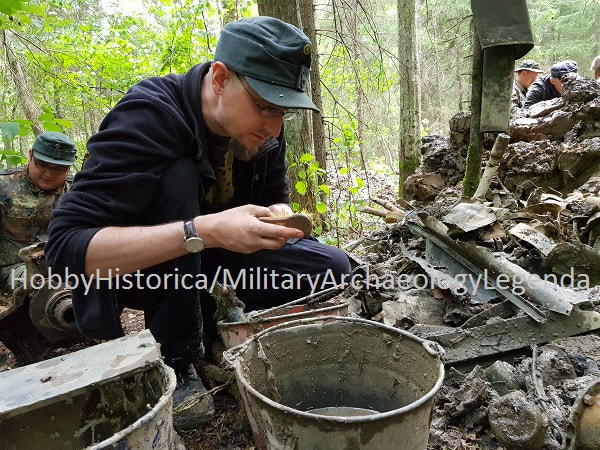
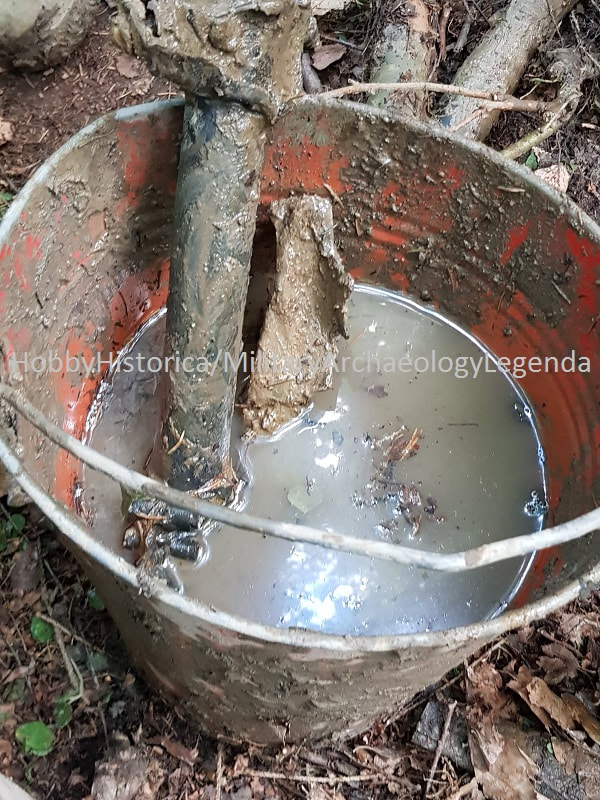
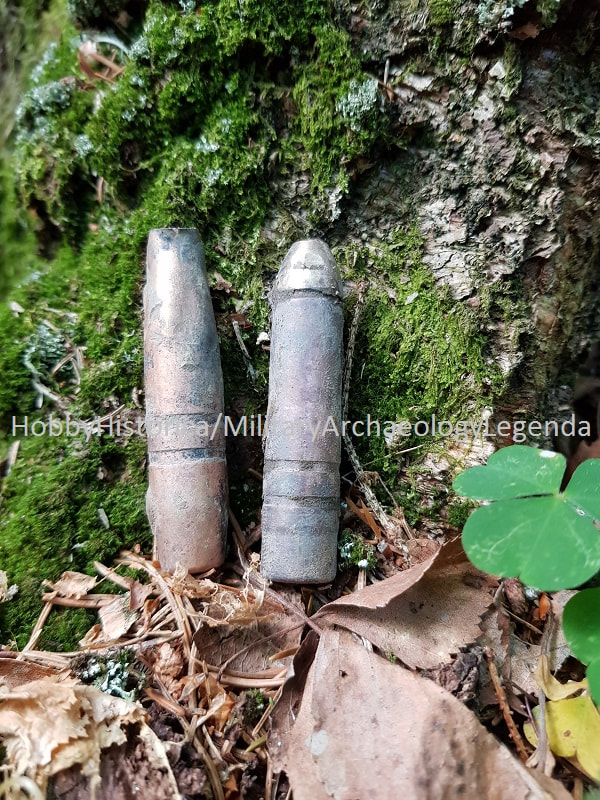
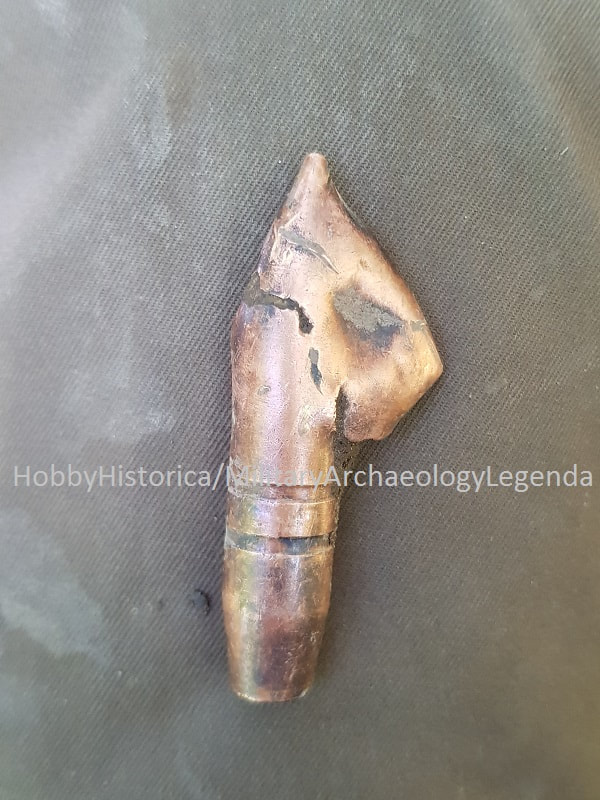
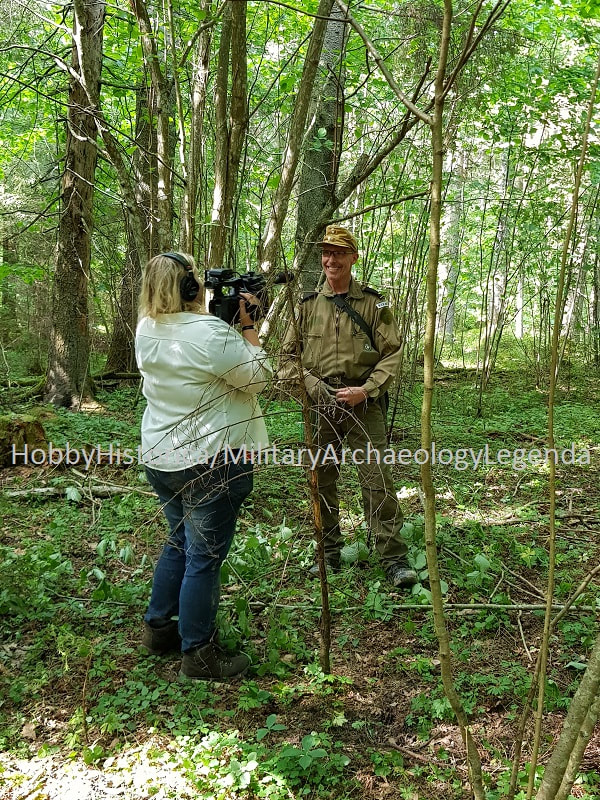
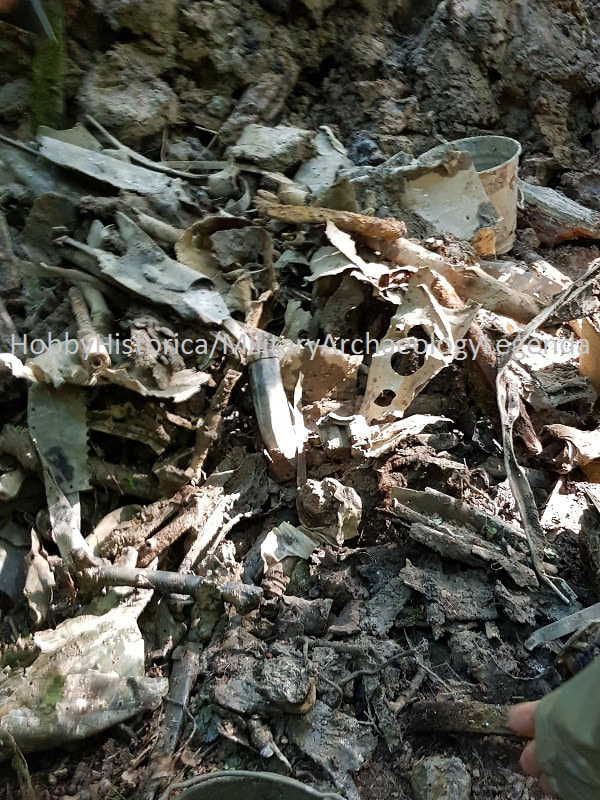
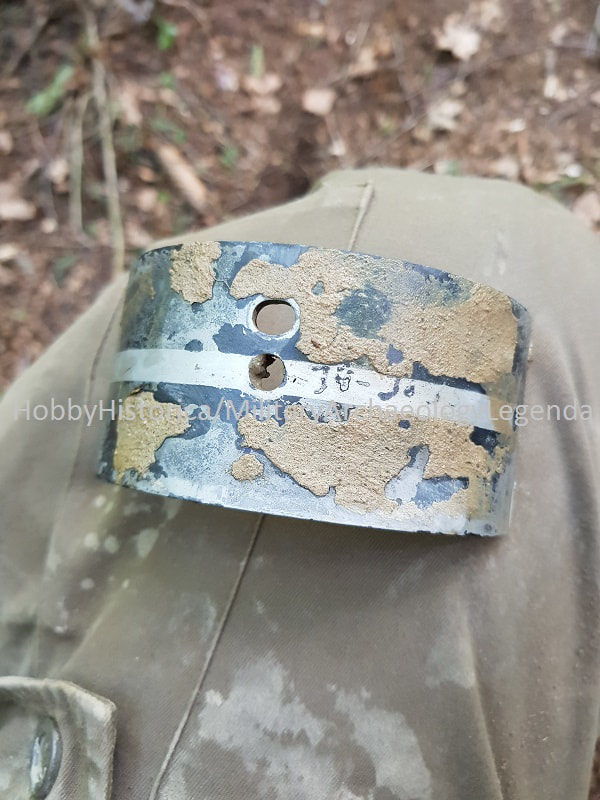
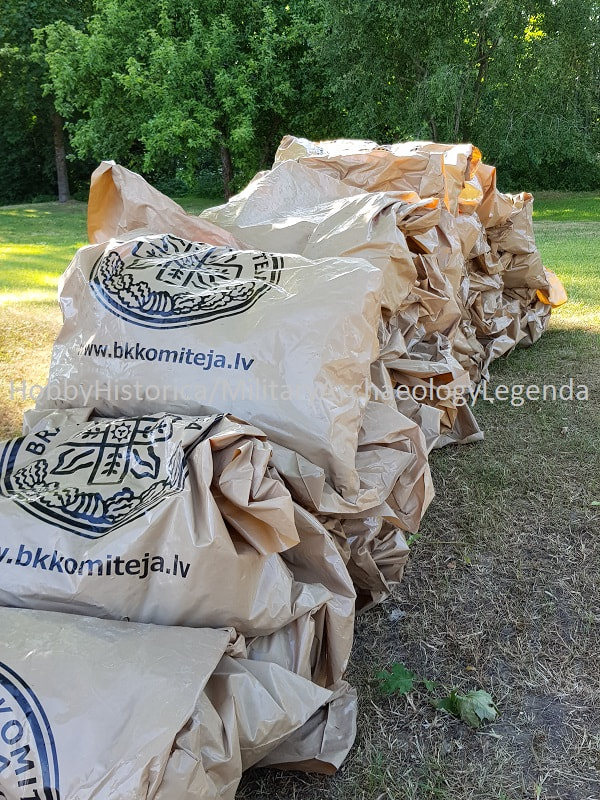
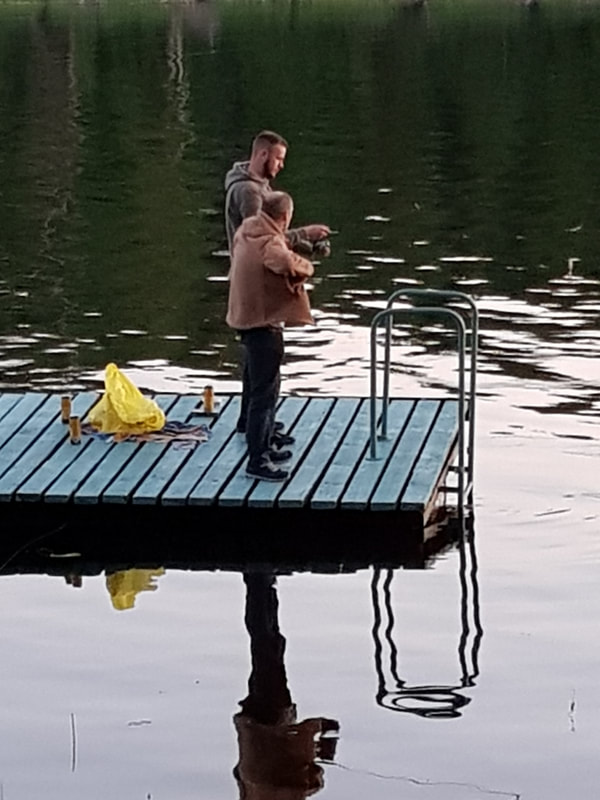
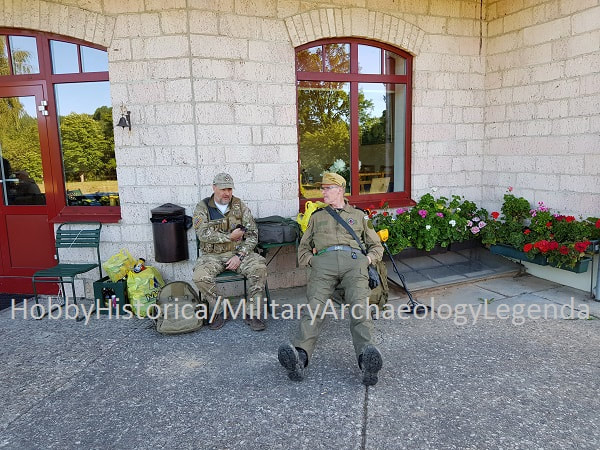
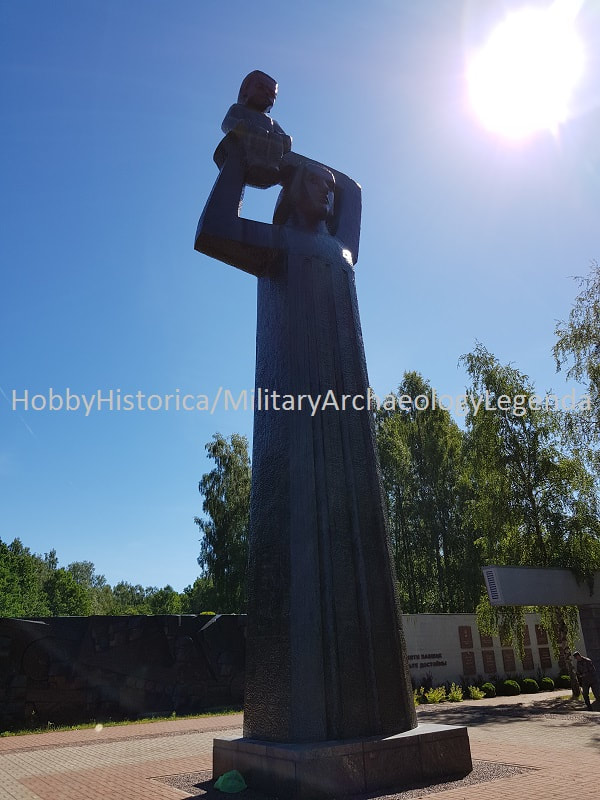
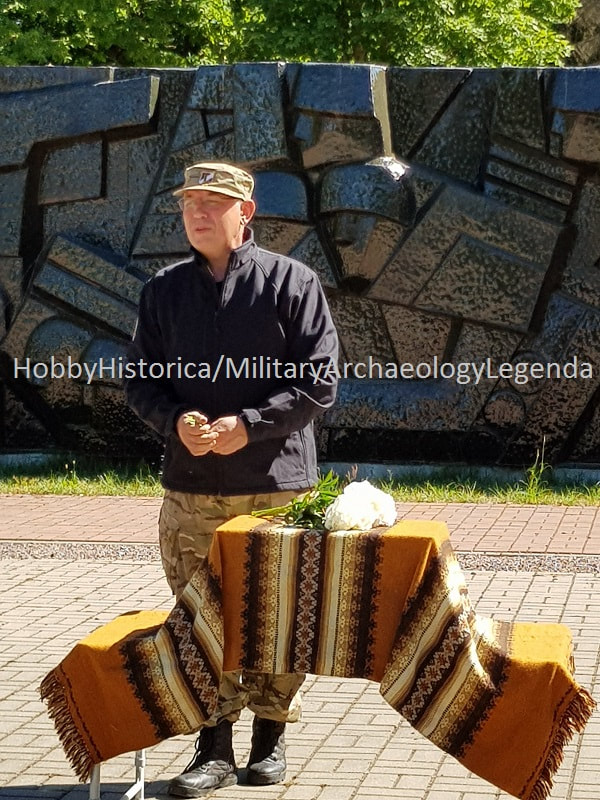
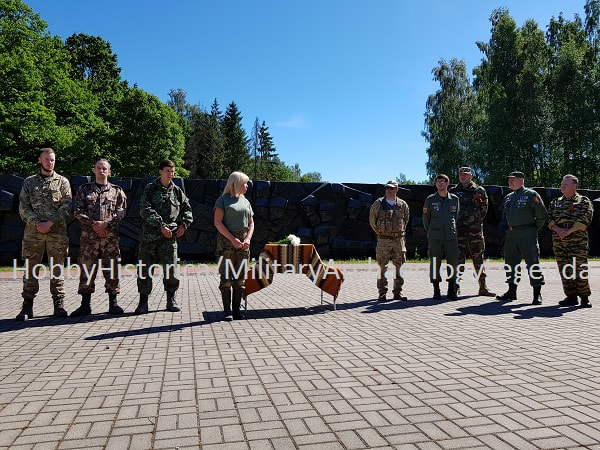
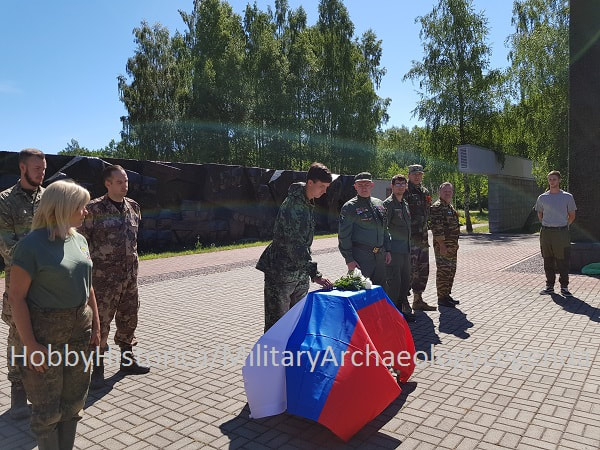
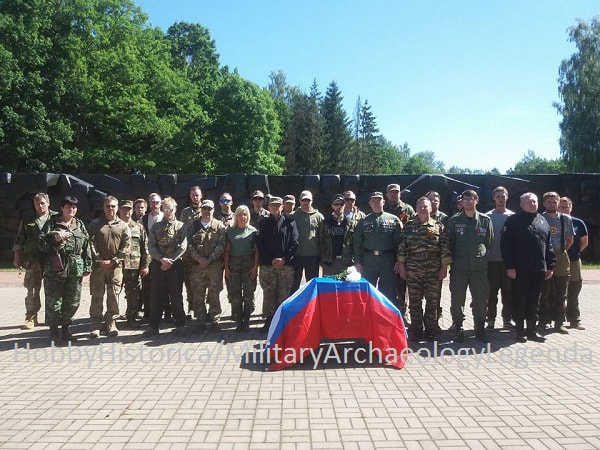
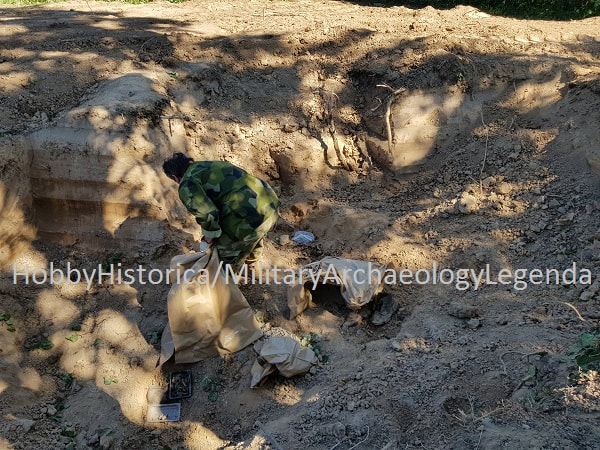
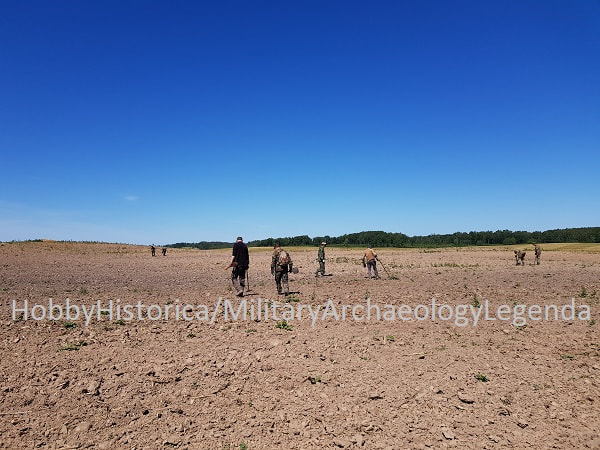
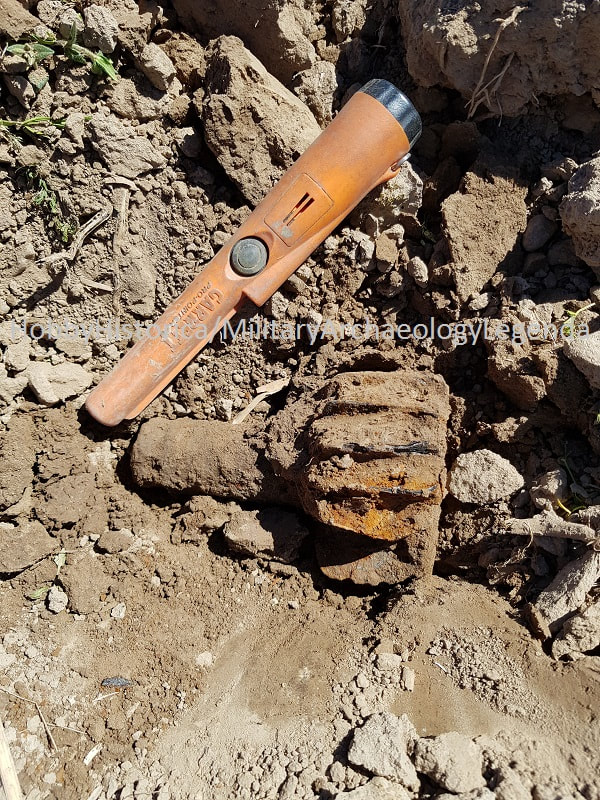
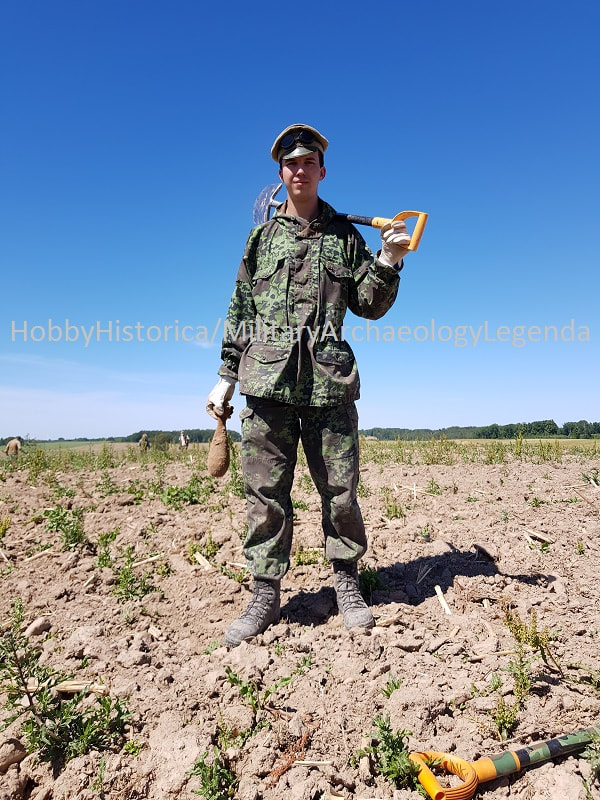
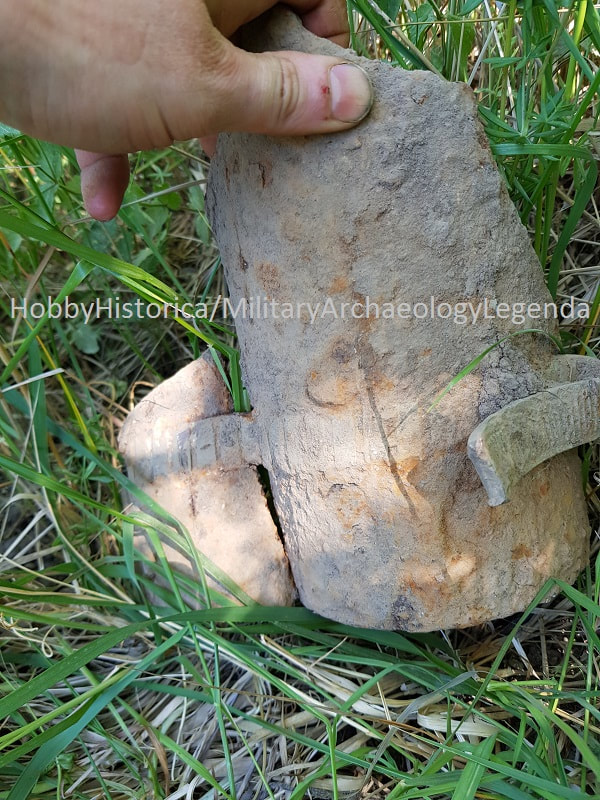
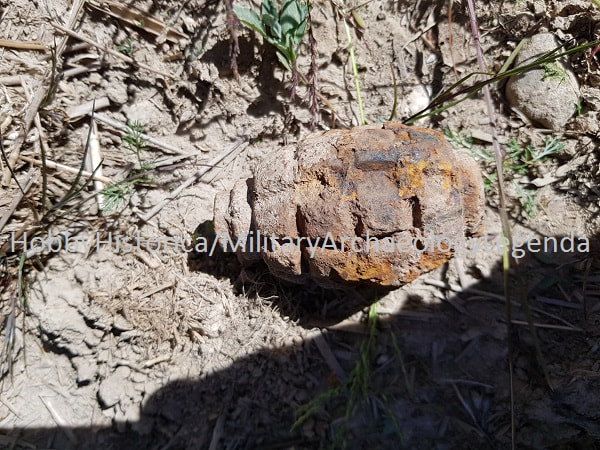
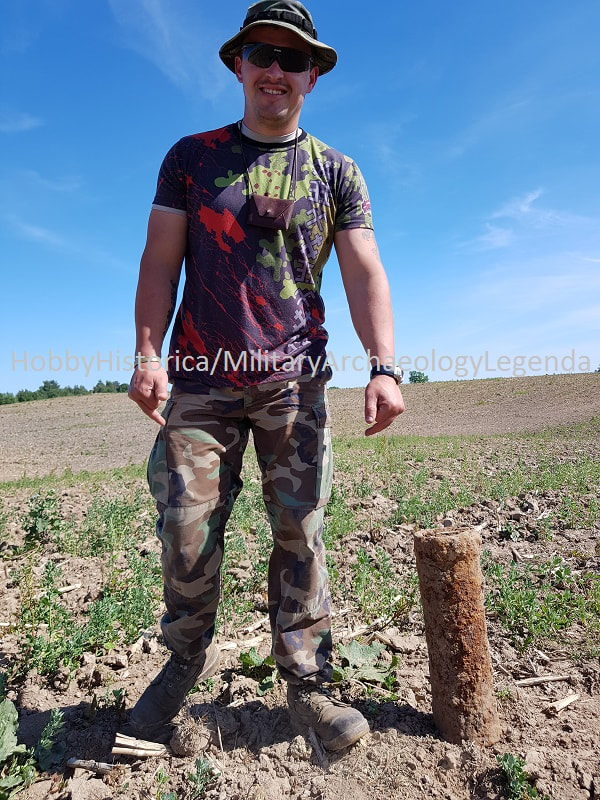
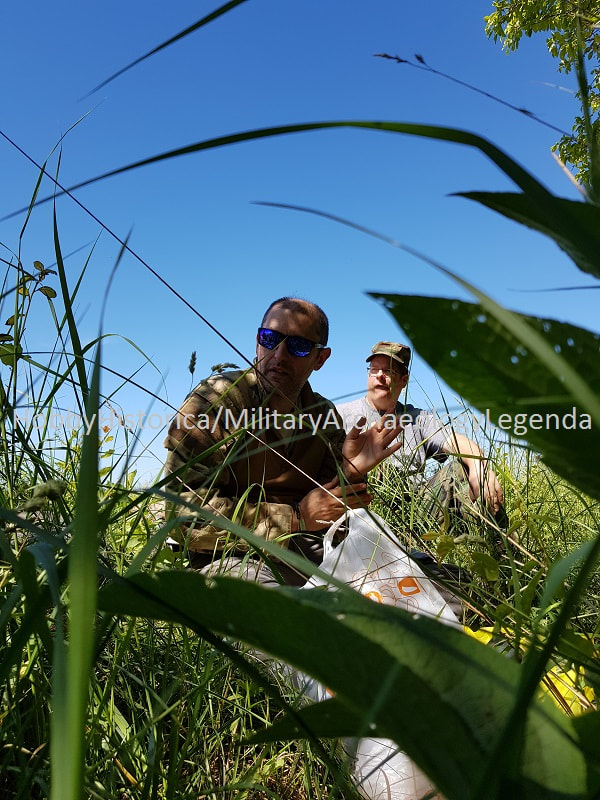
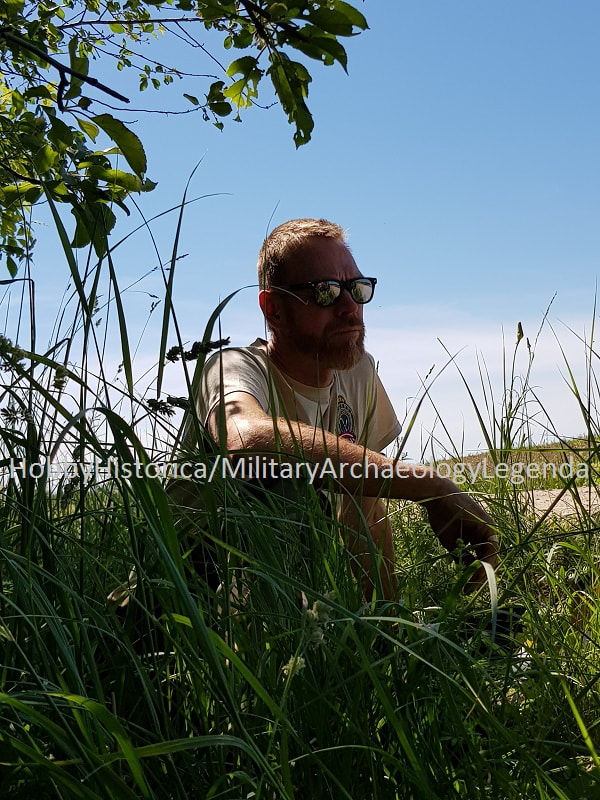
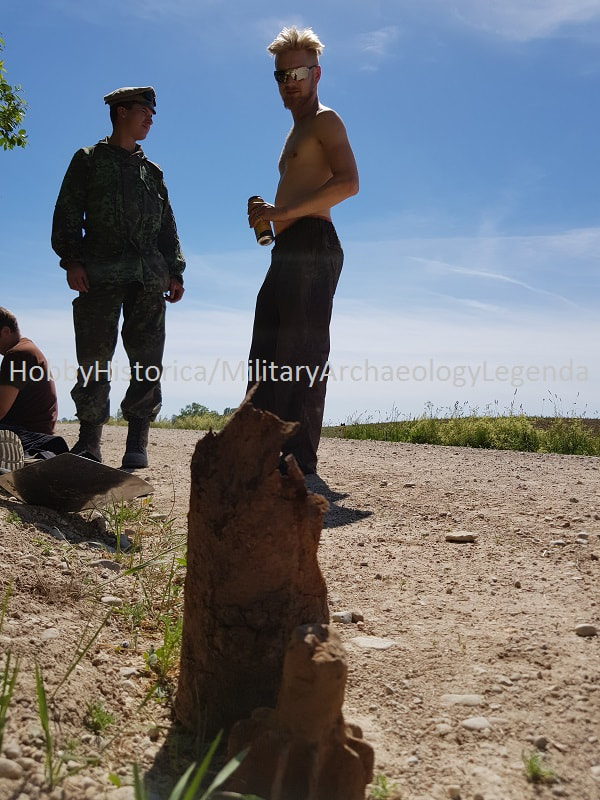
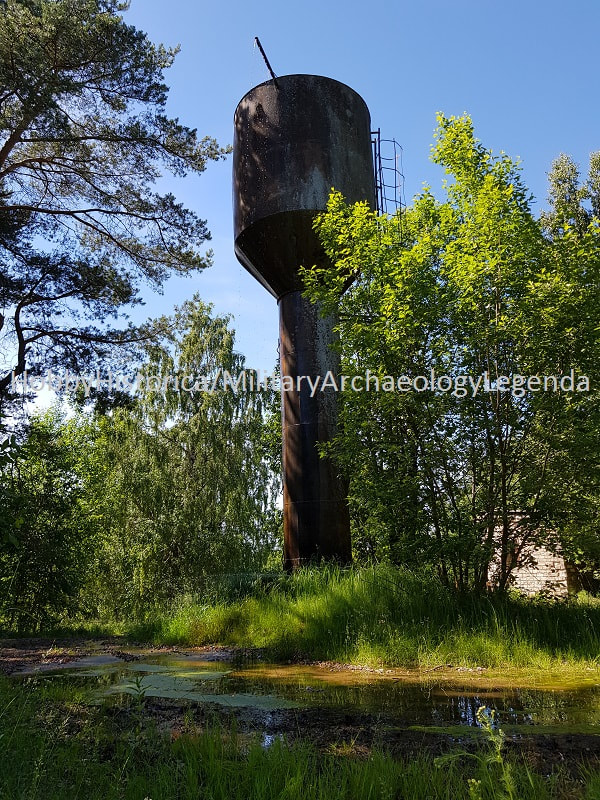
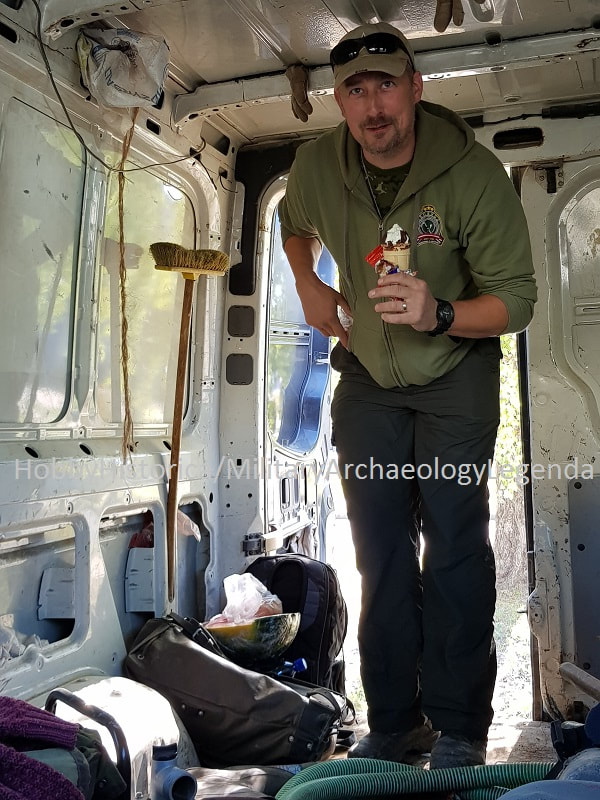
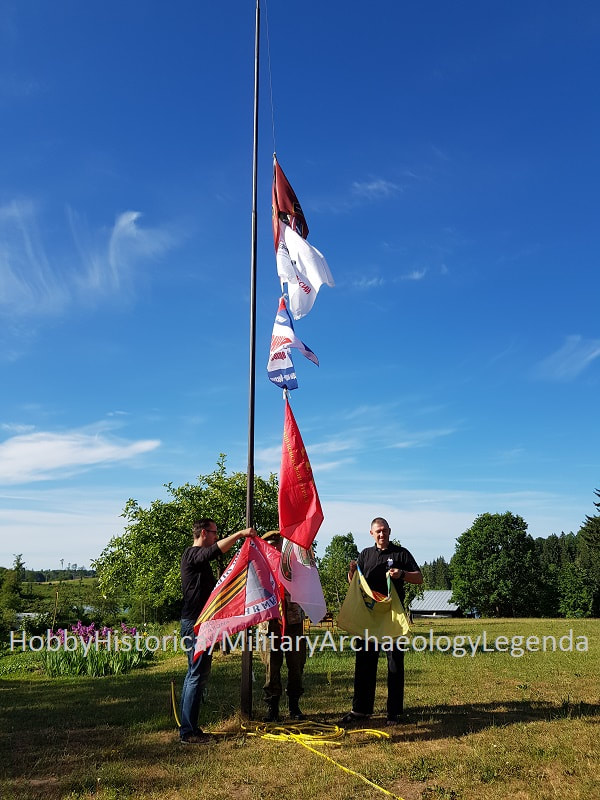
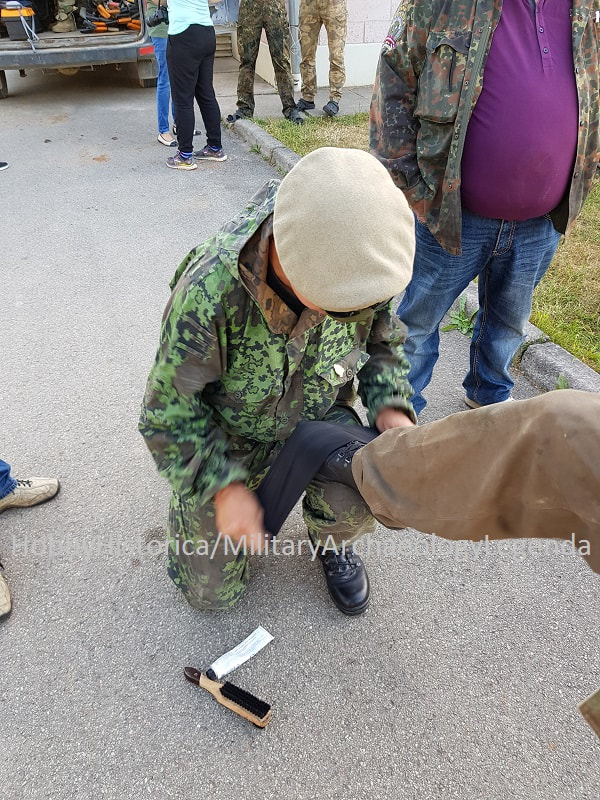
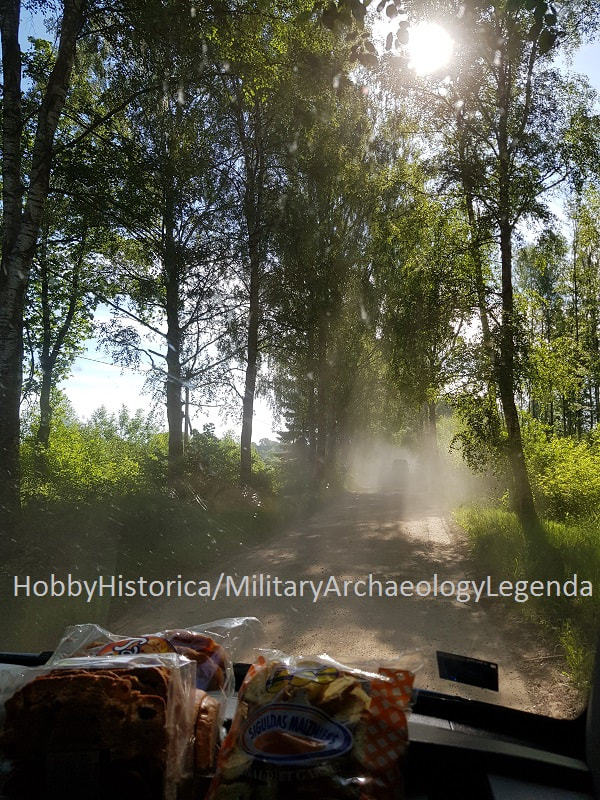
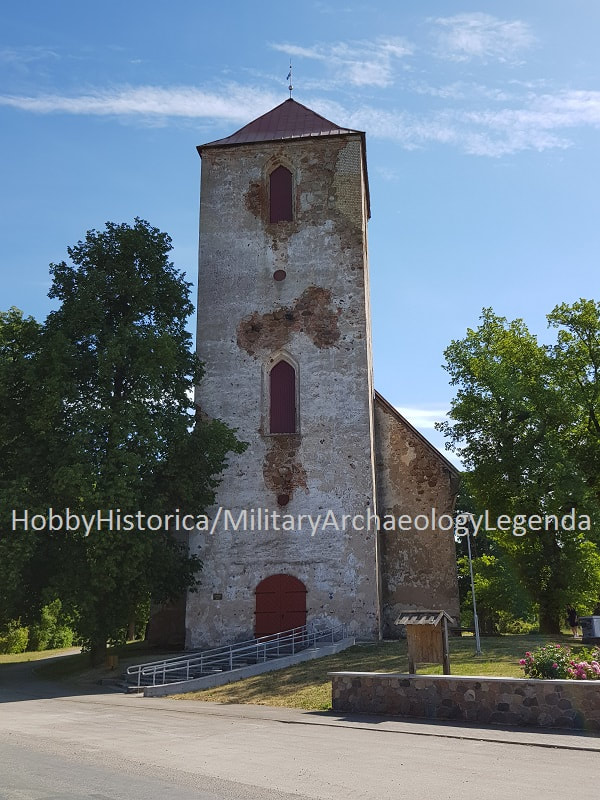
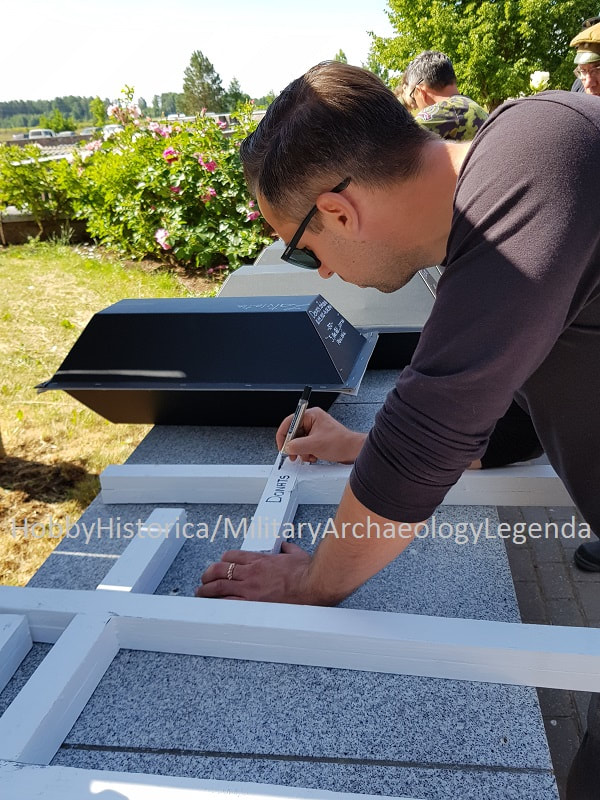
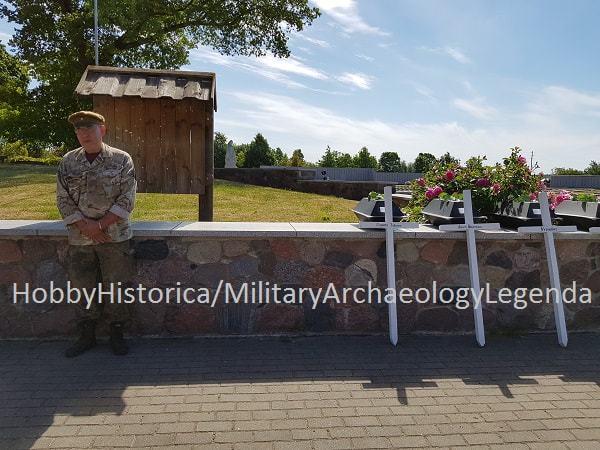
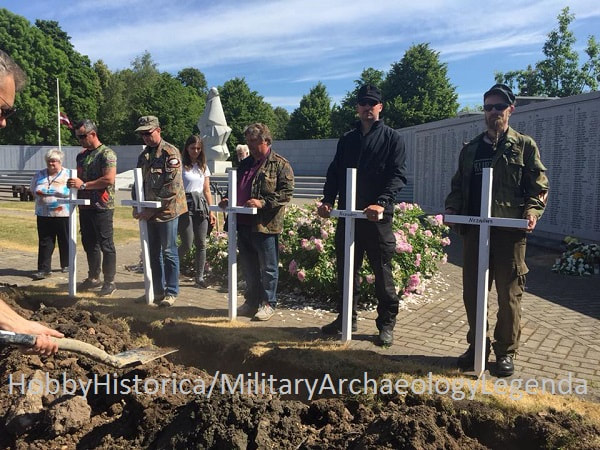
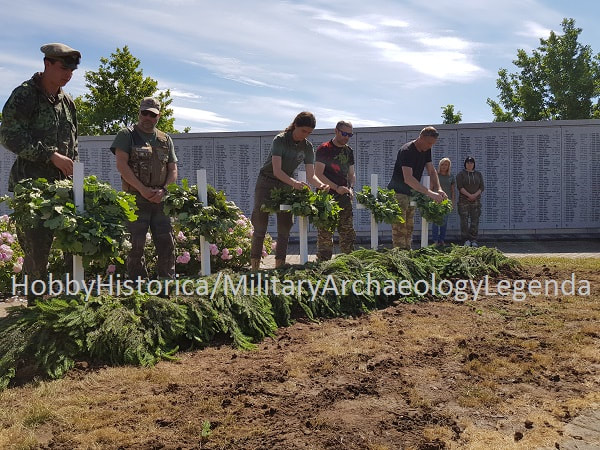
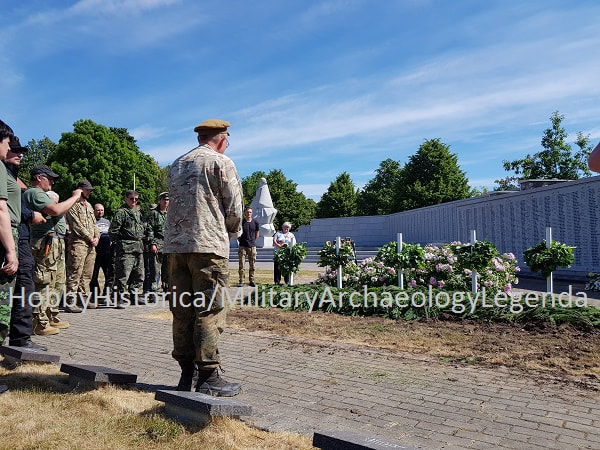
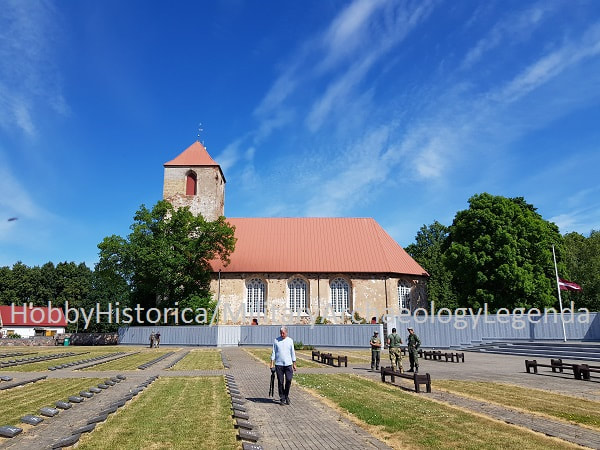
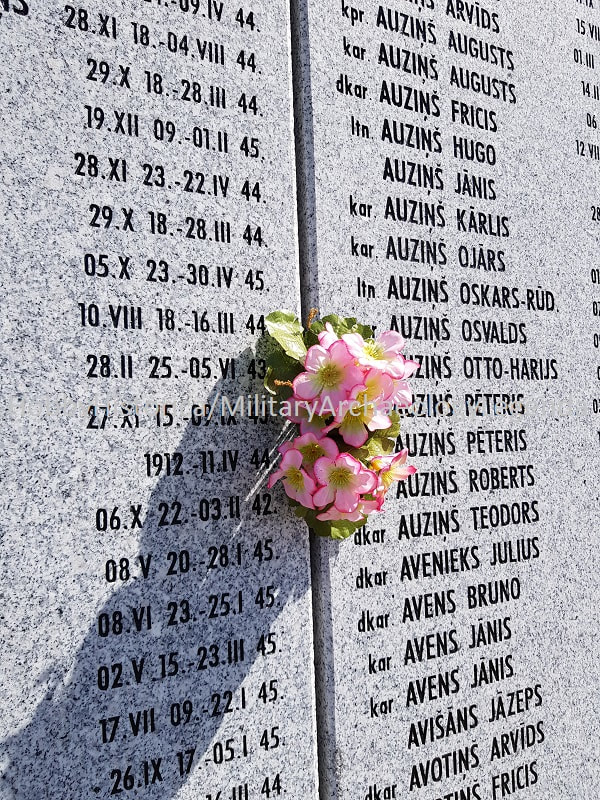
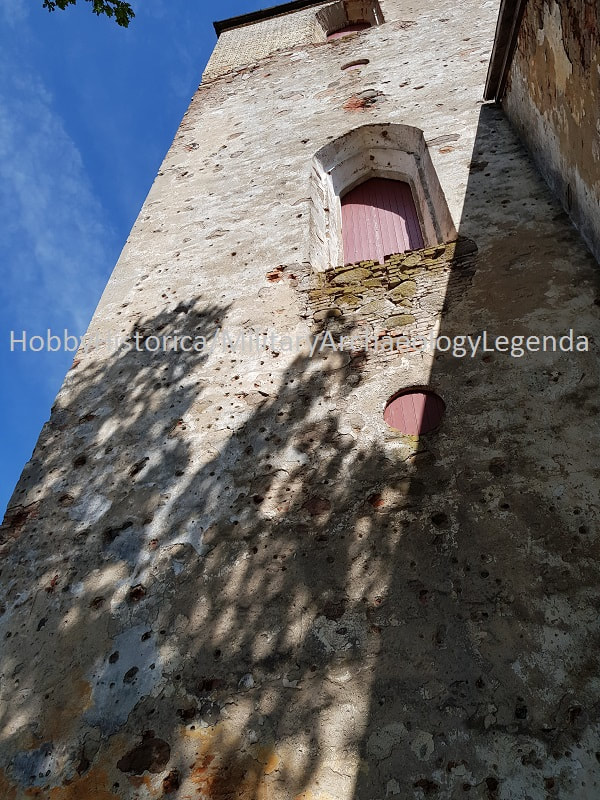
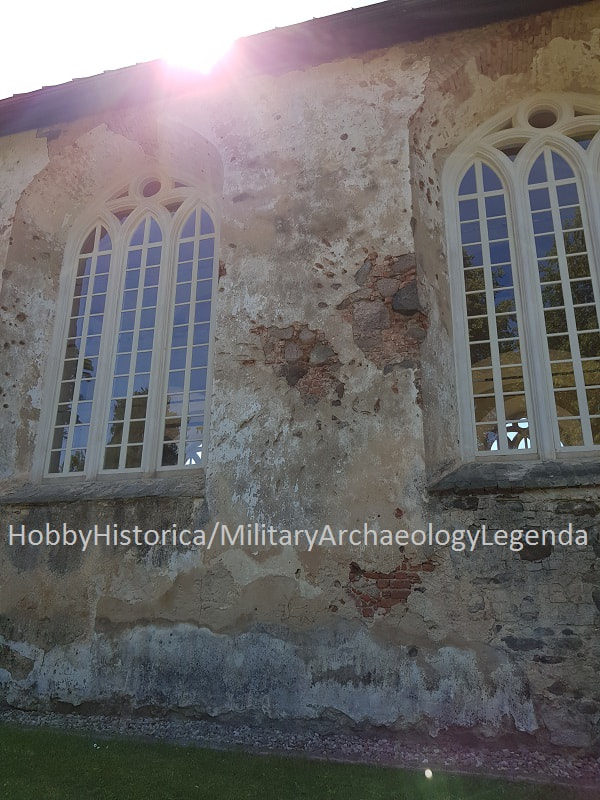
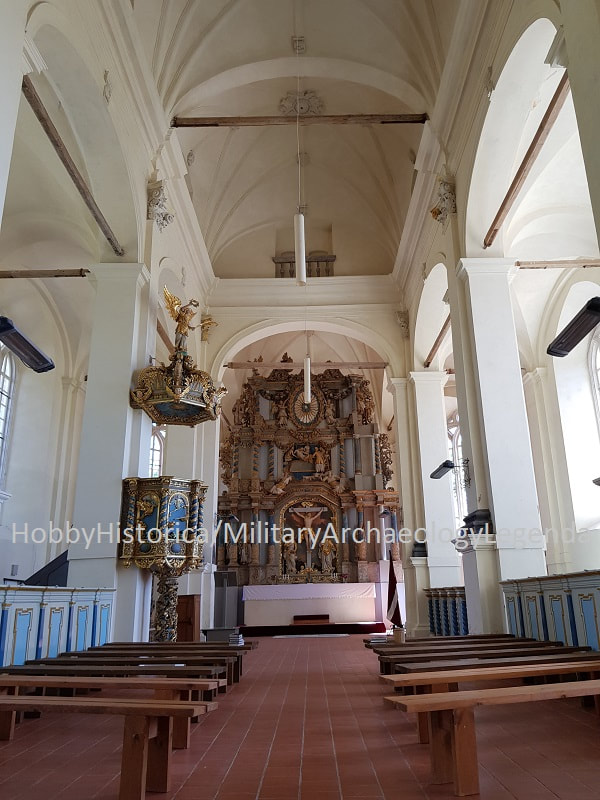
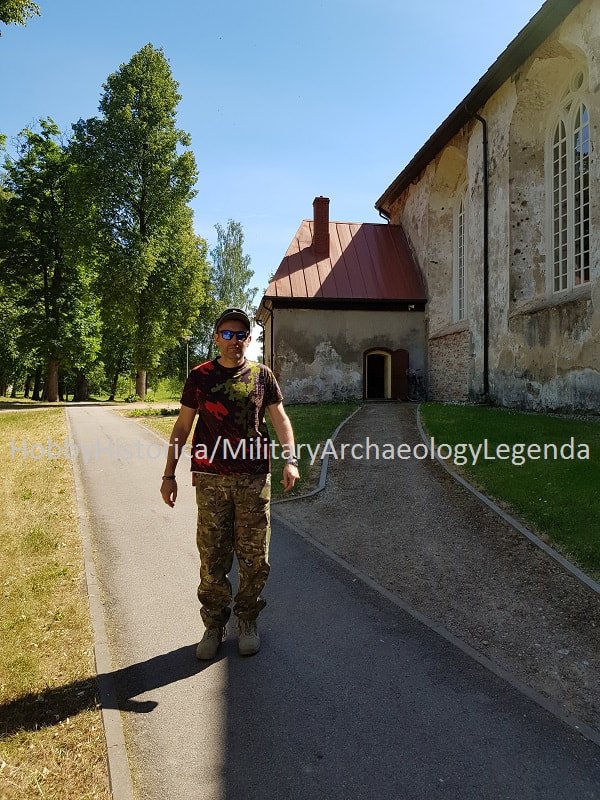
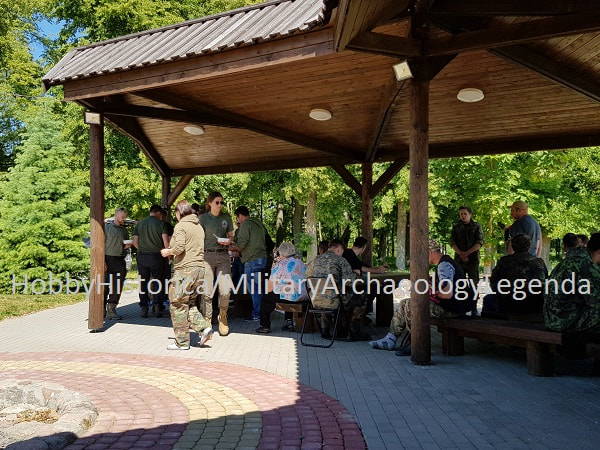
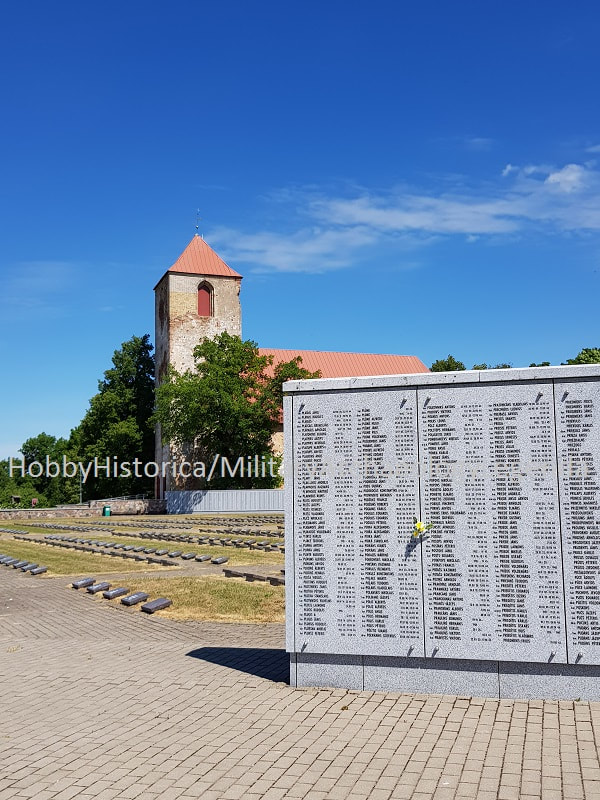
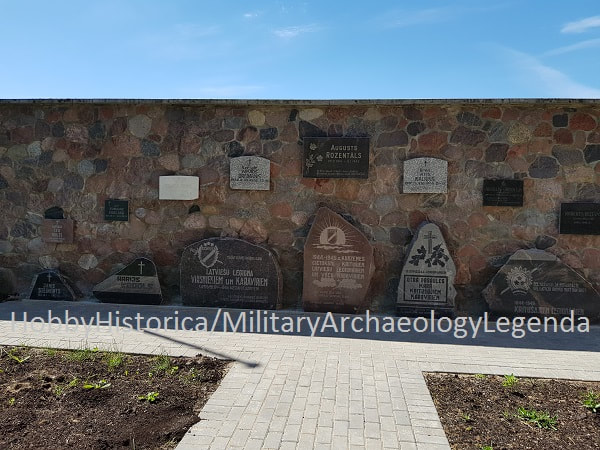
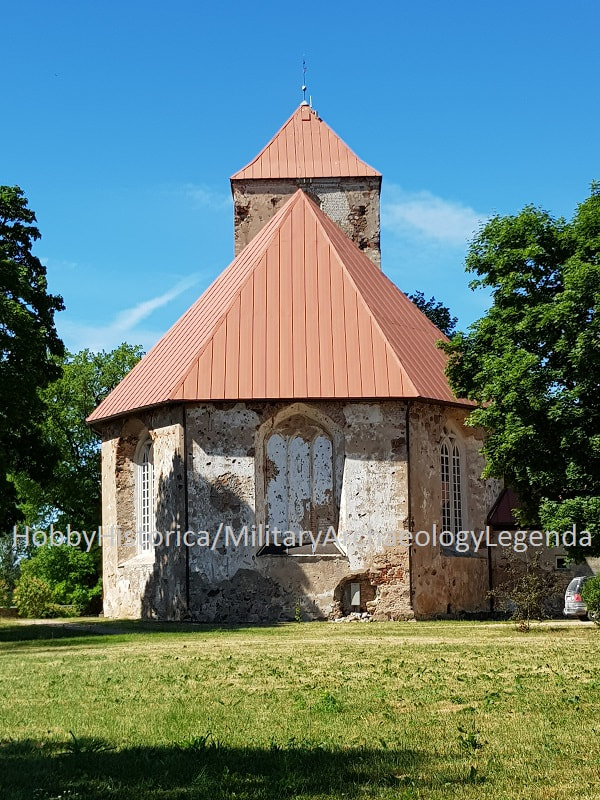
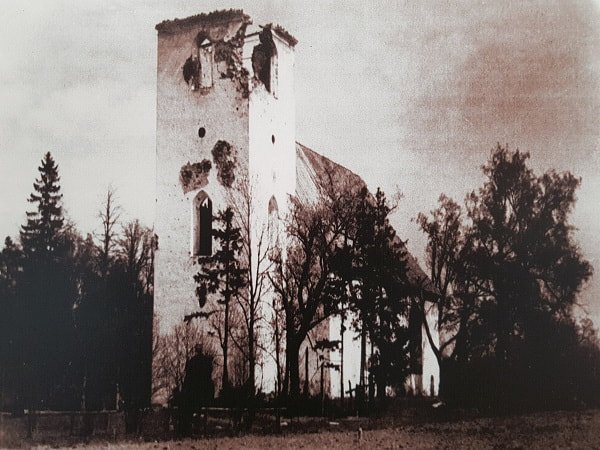
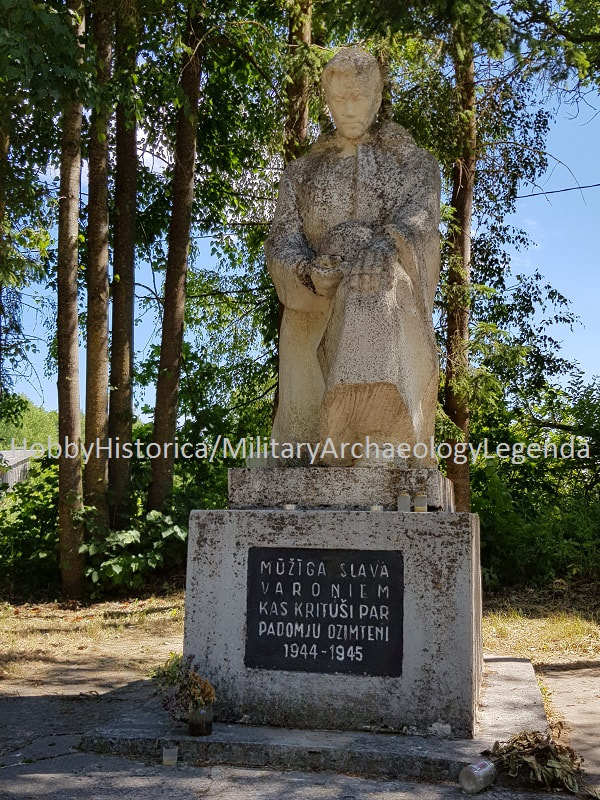
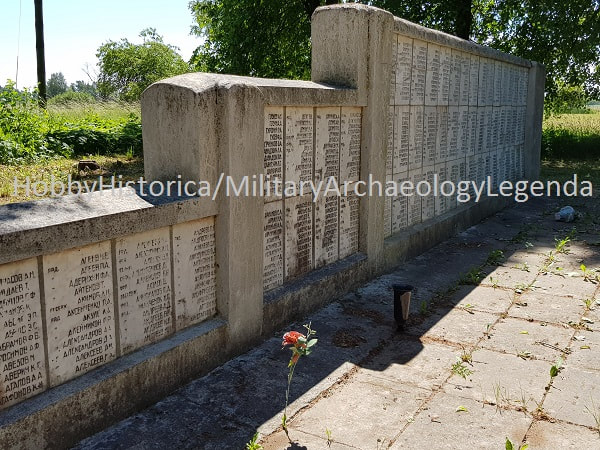
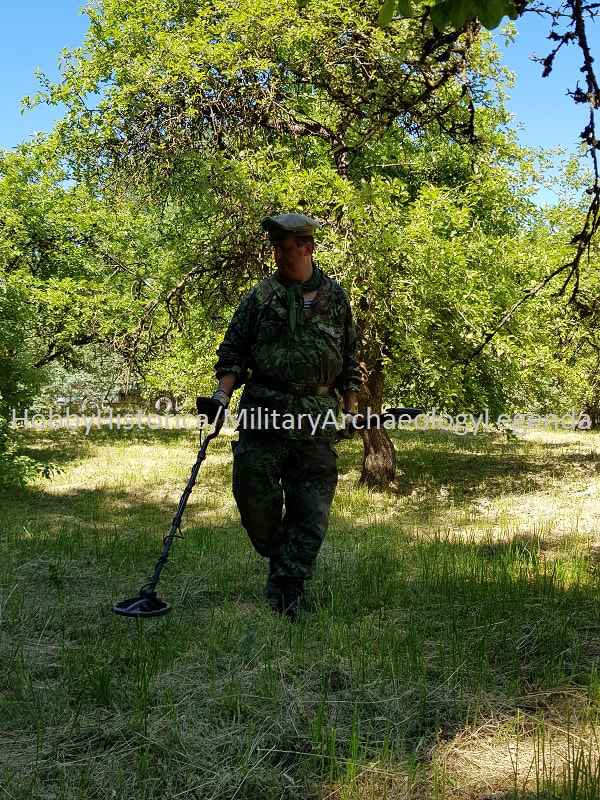
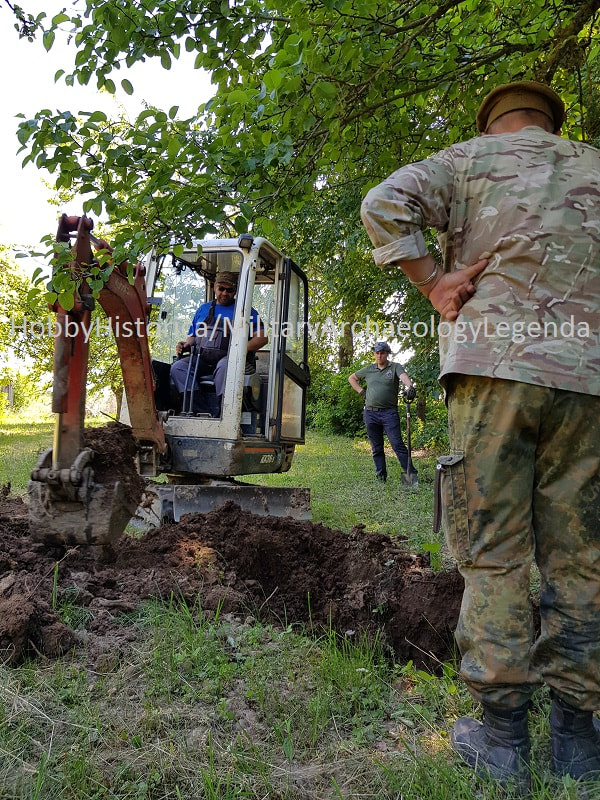
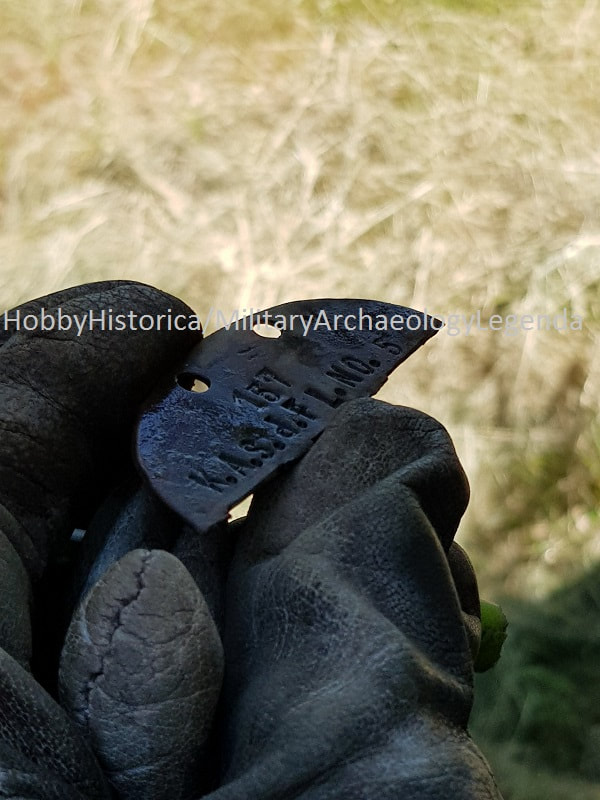
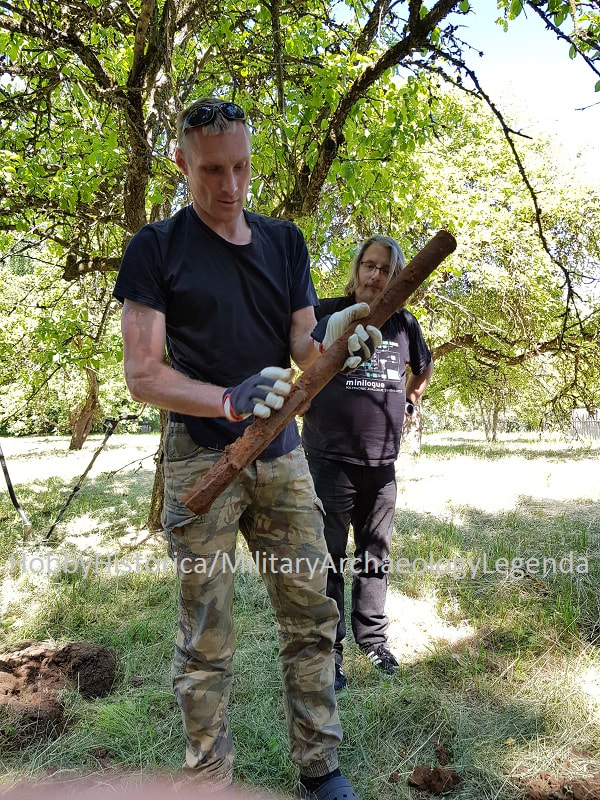
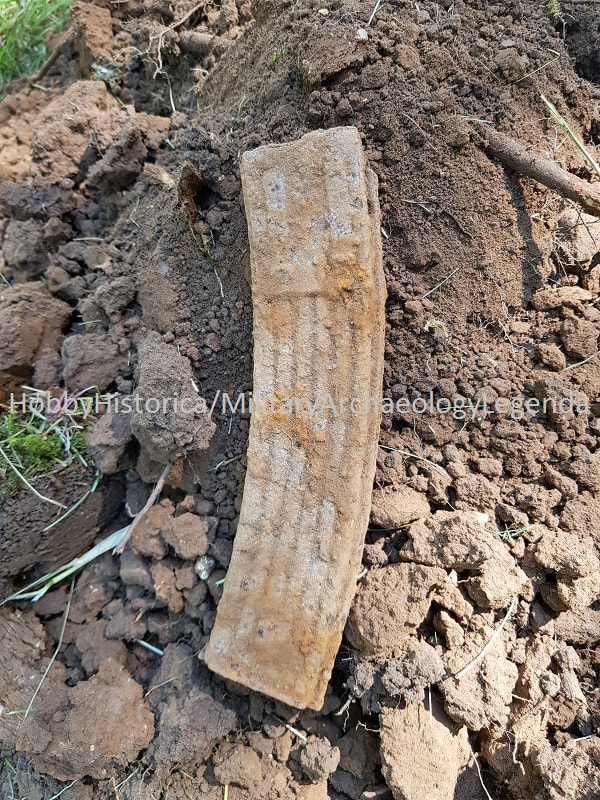
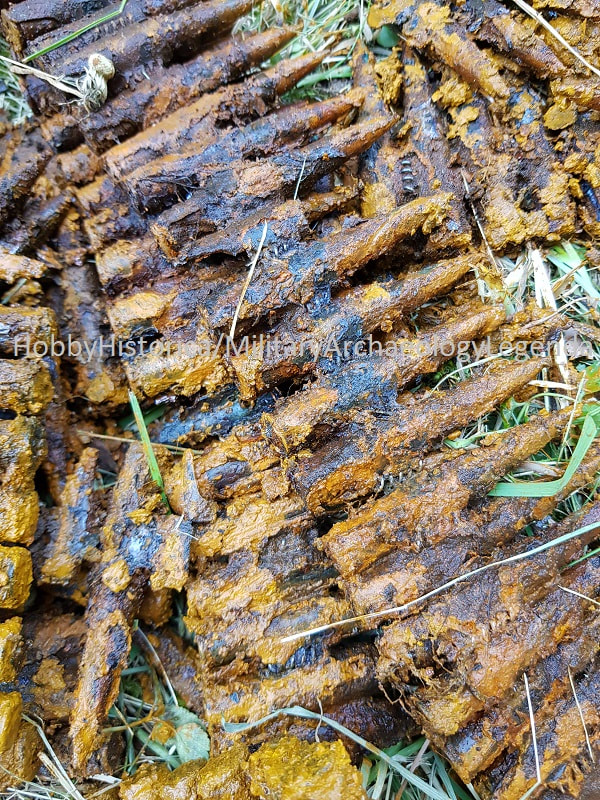
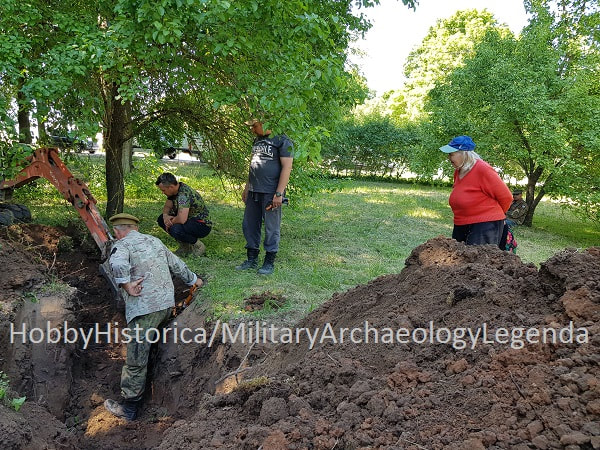
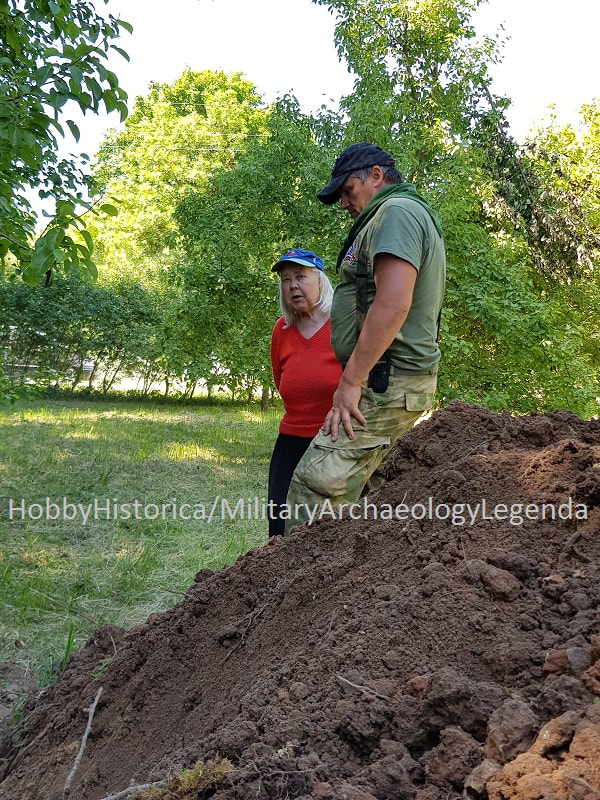
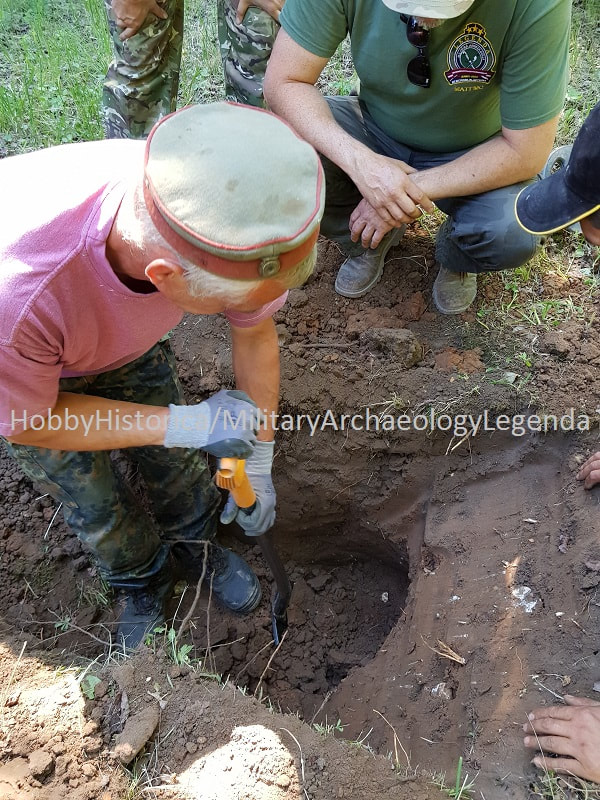
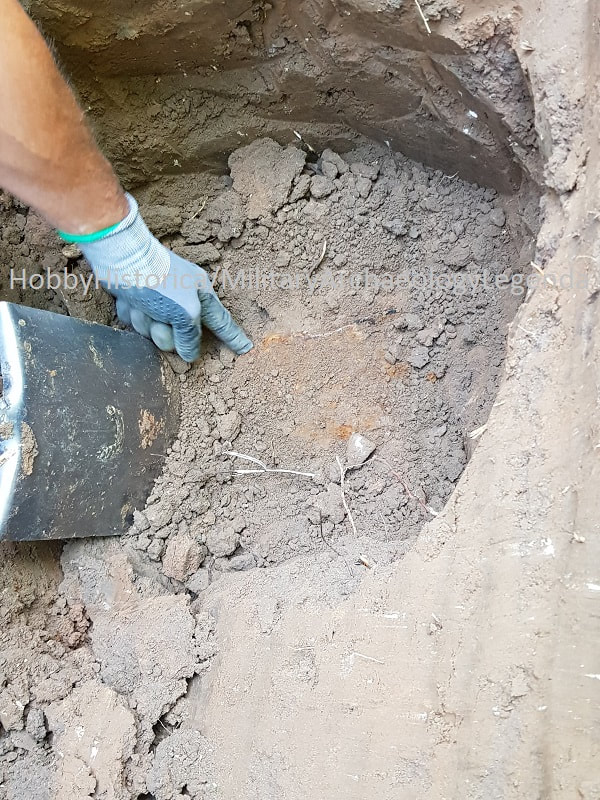
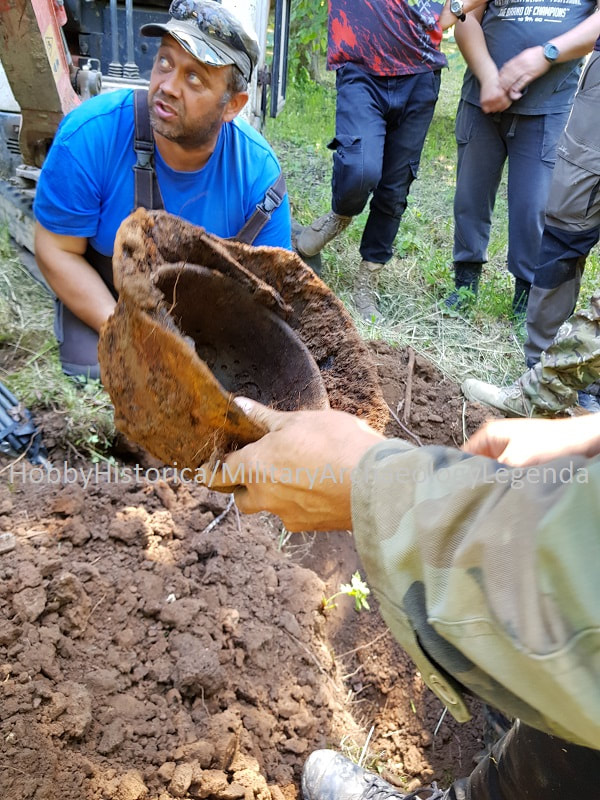
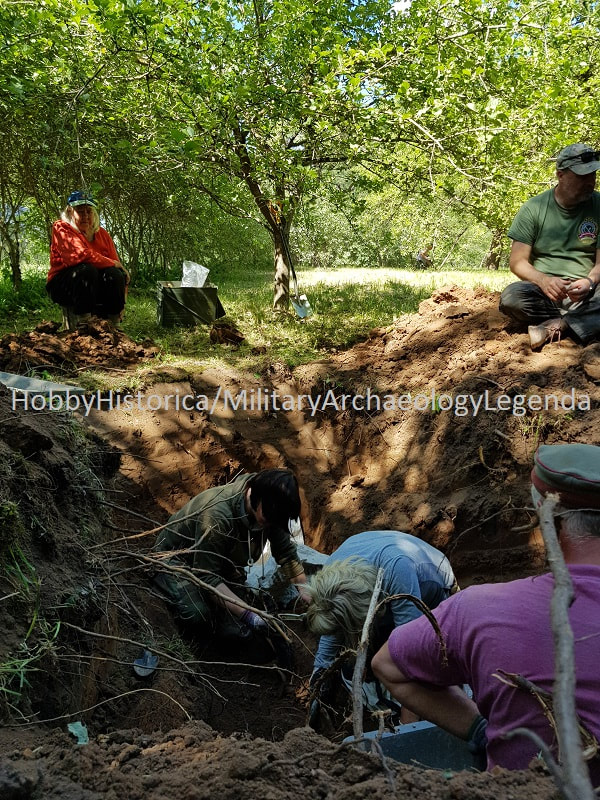
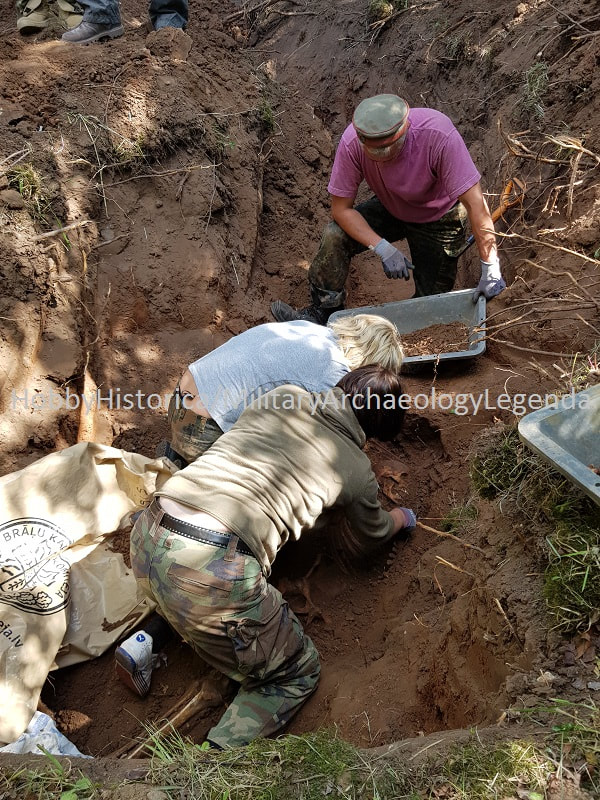
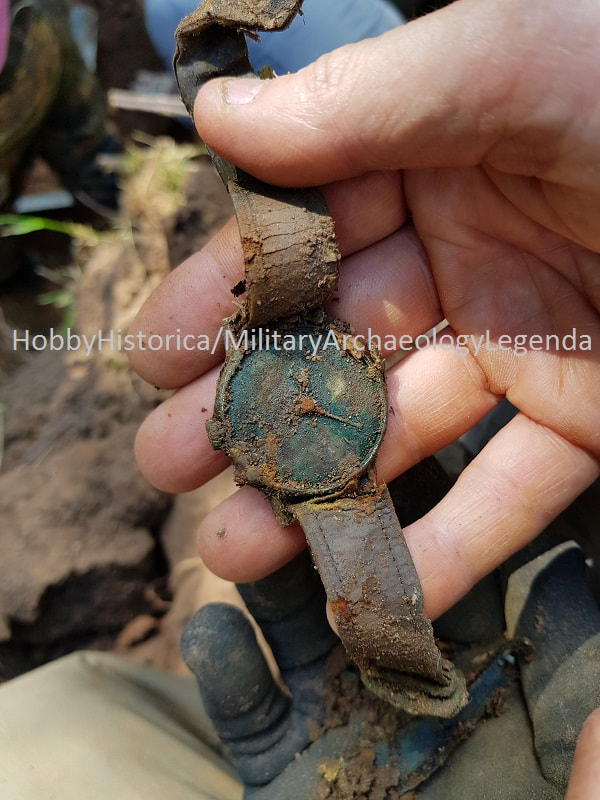
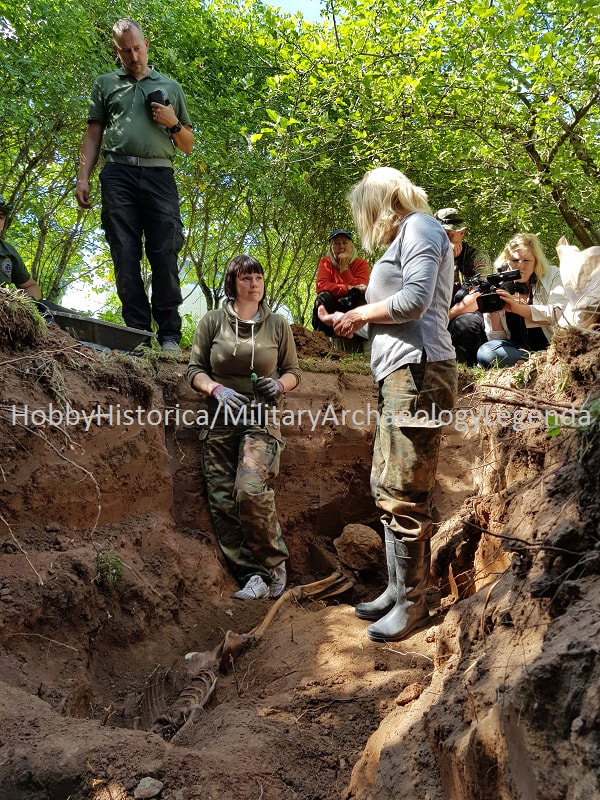
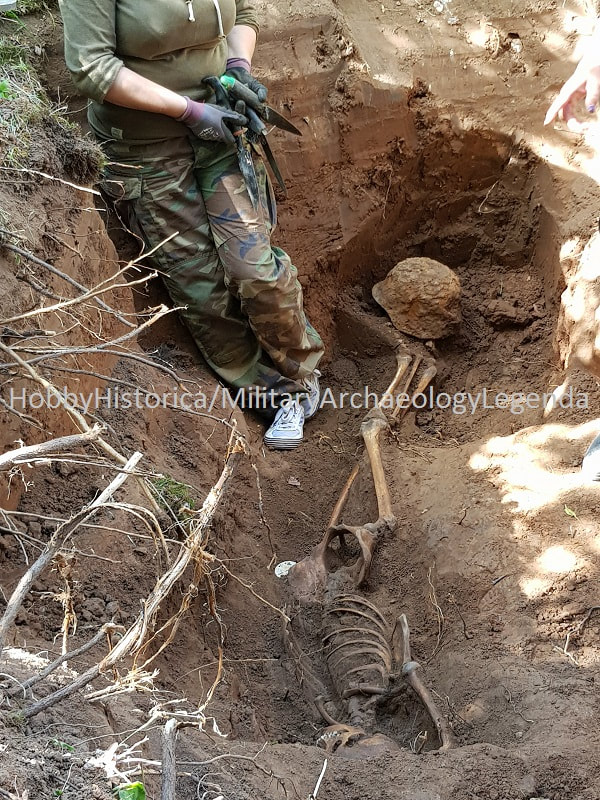
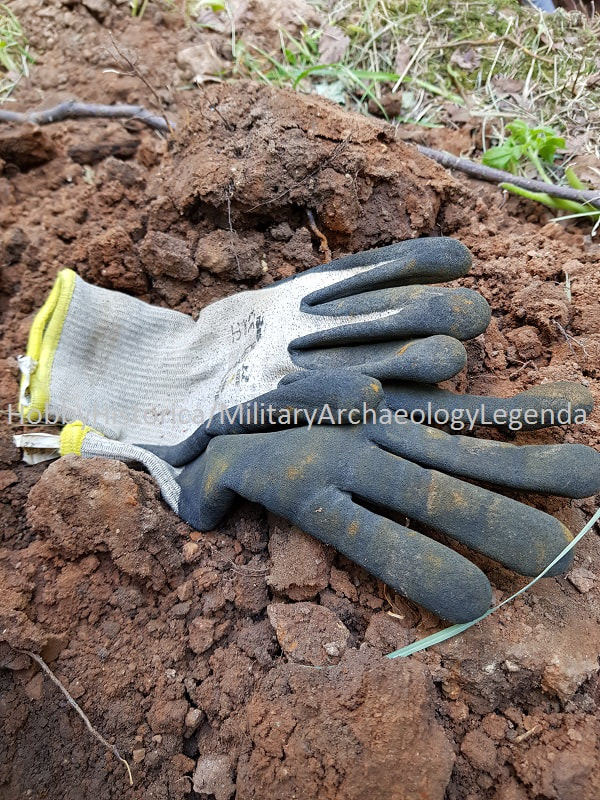
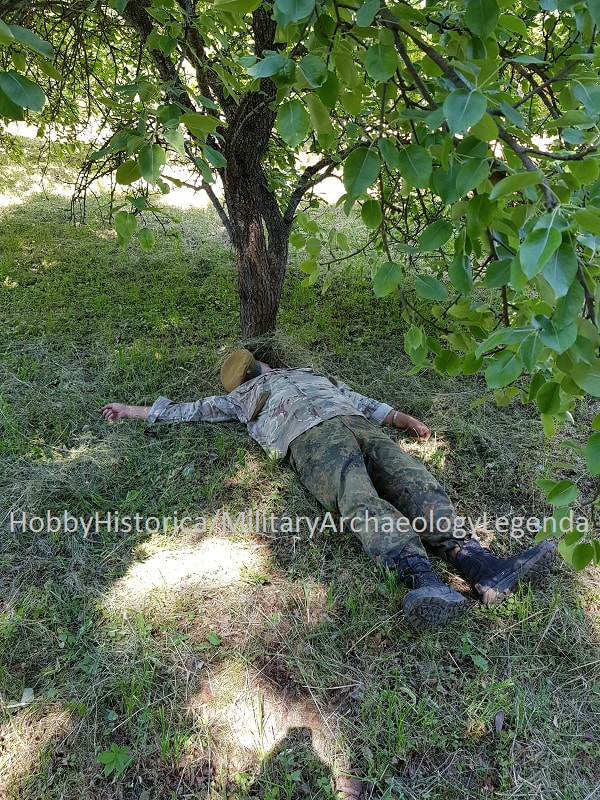
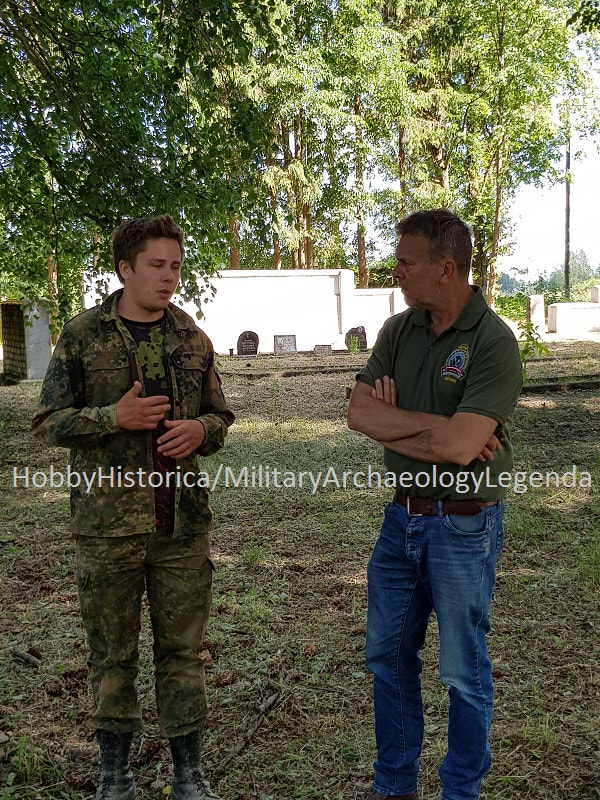
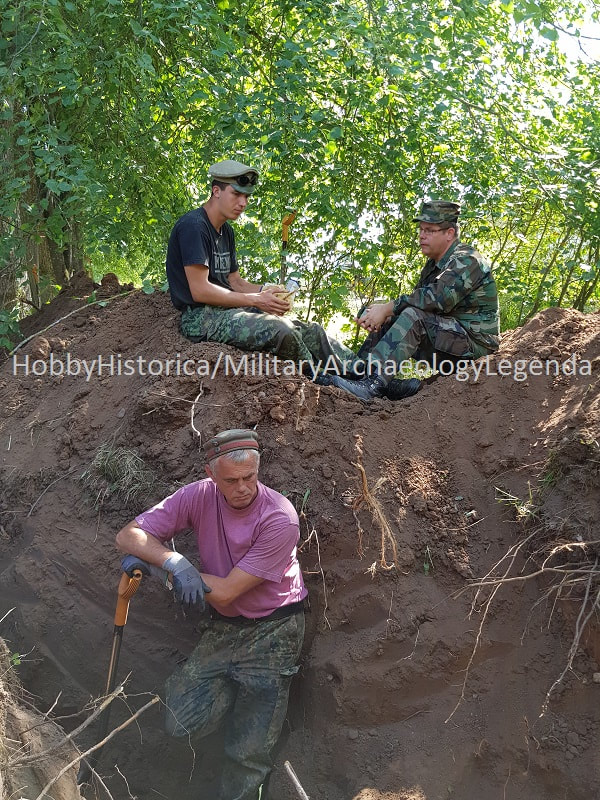
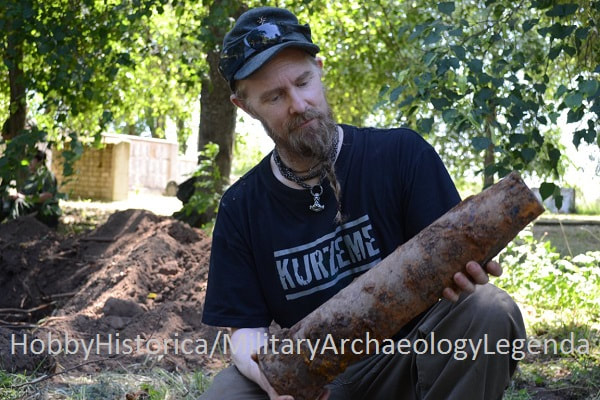
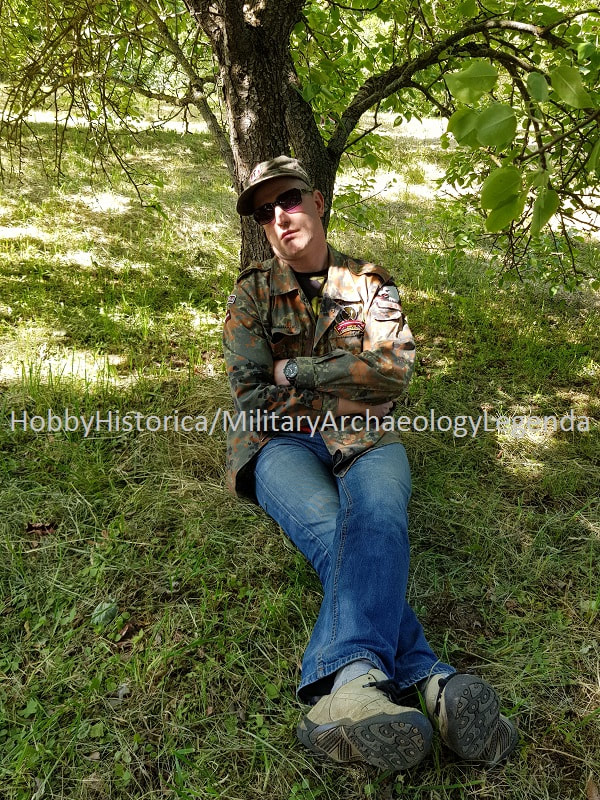
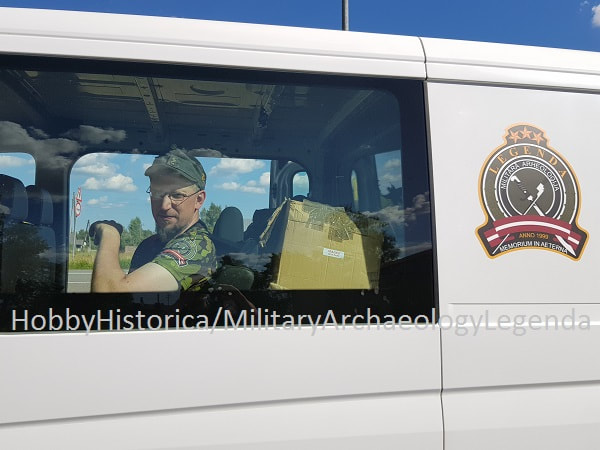
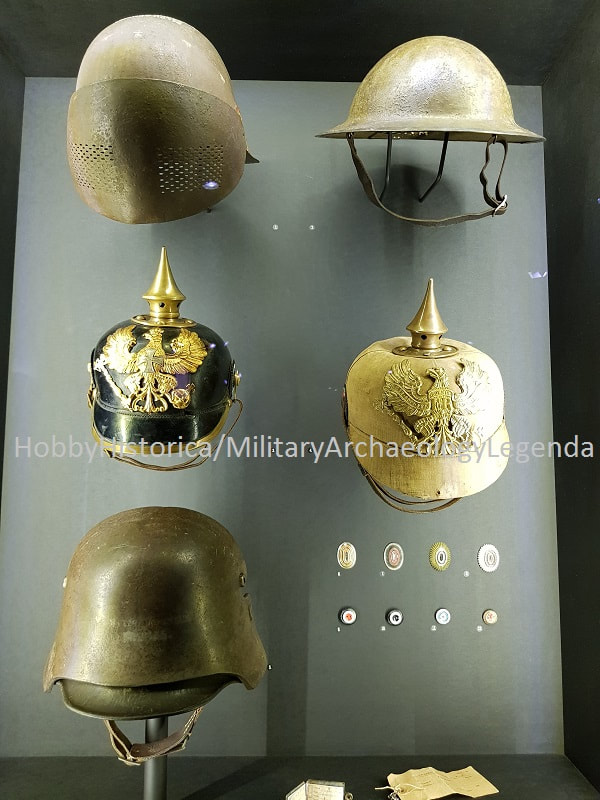
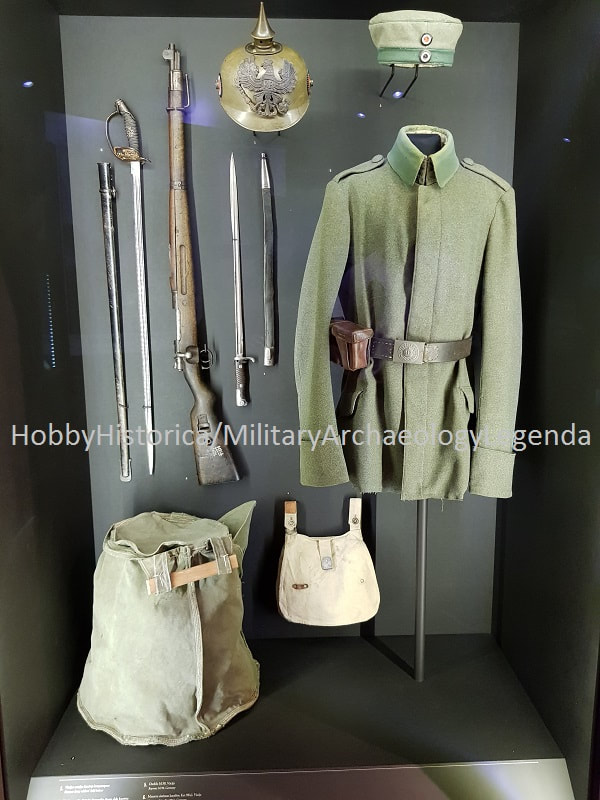
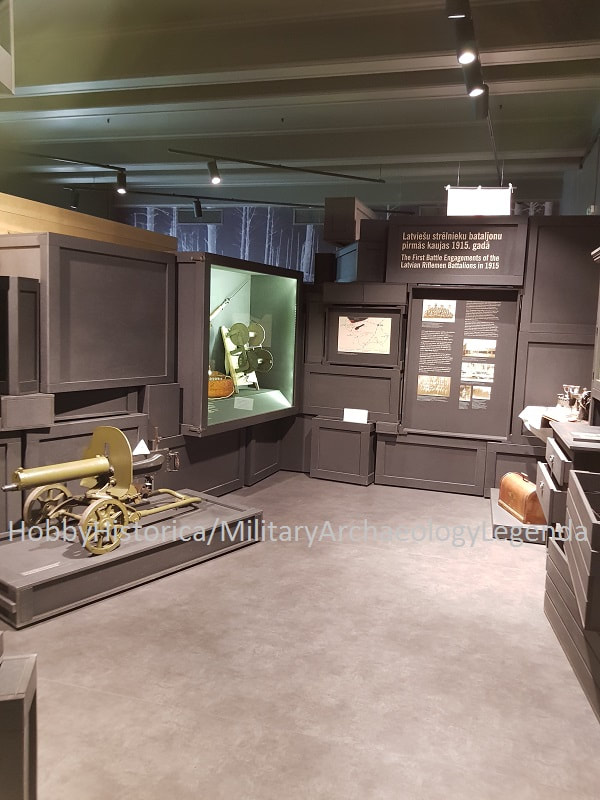
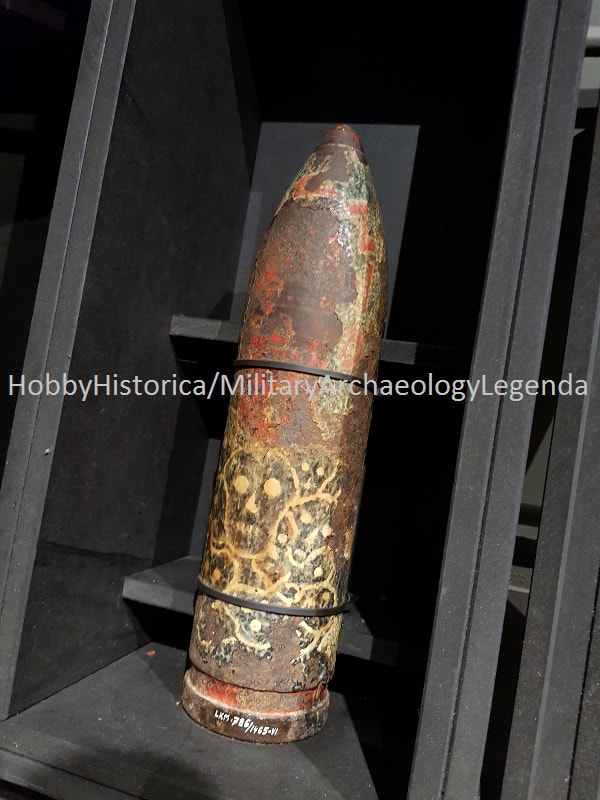
 RSS Feed
RSS Feed